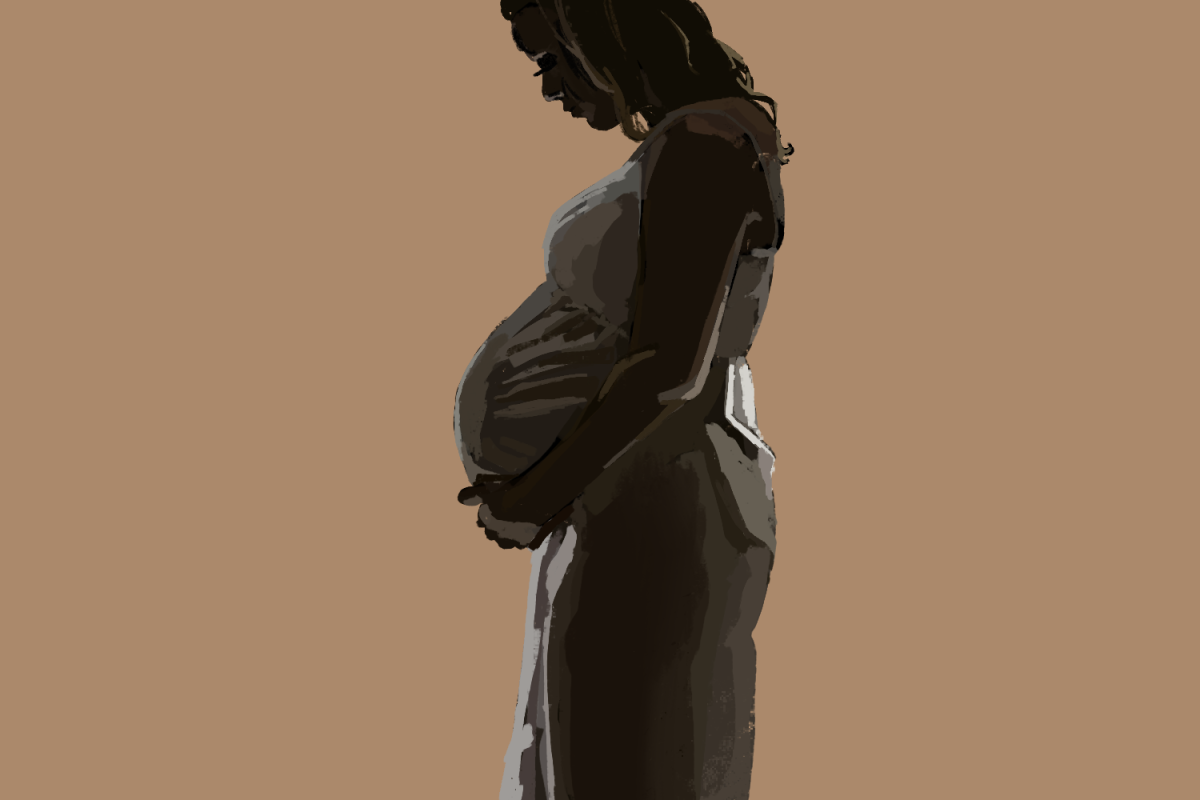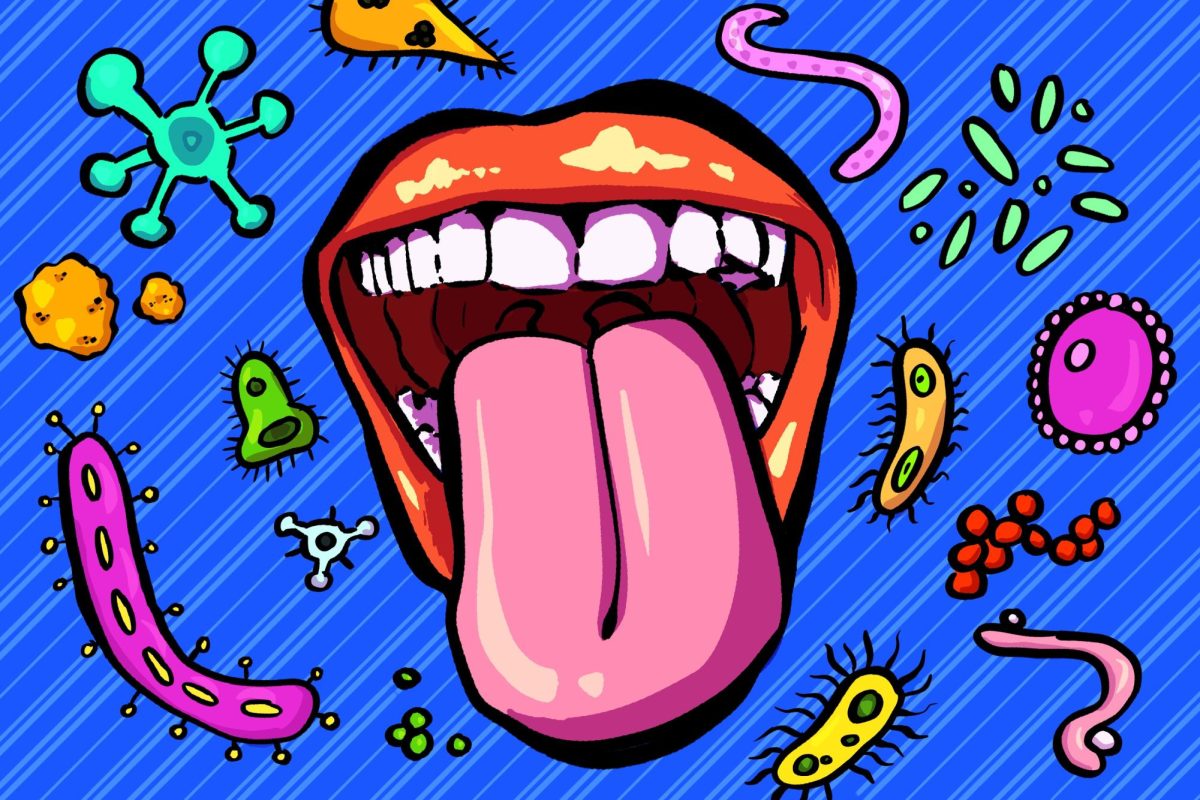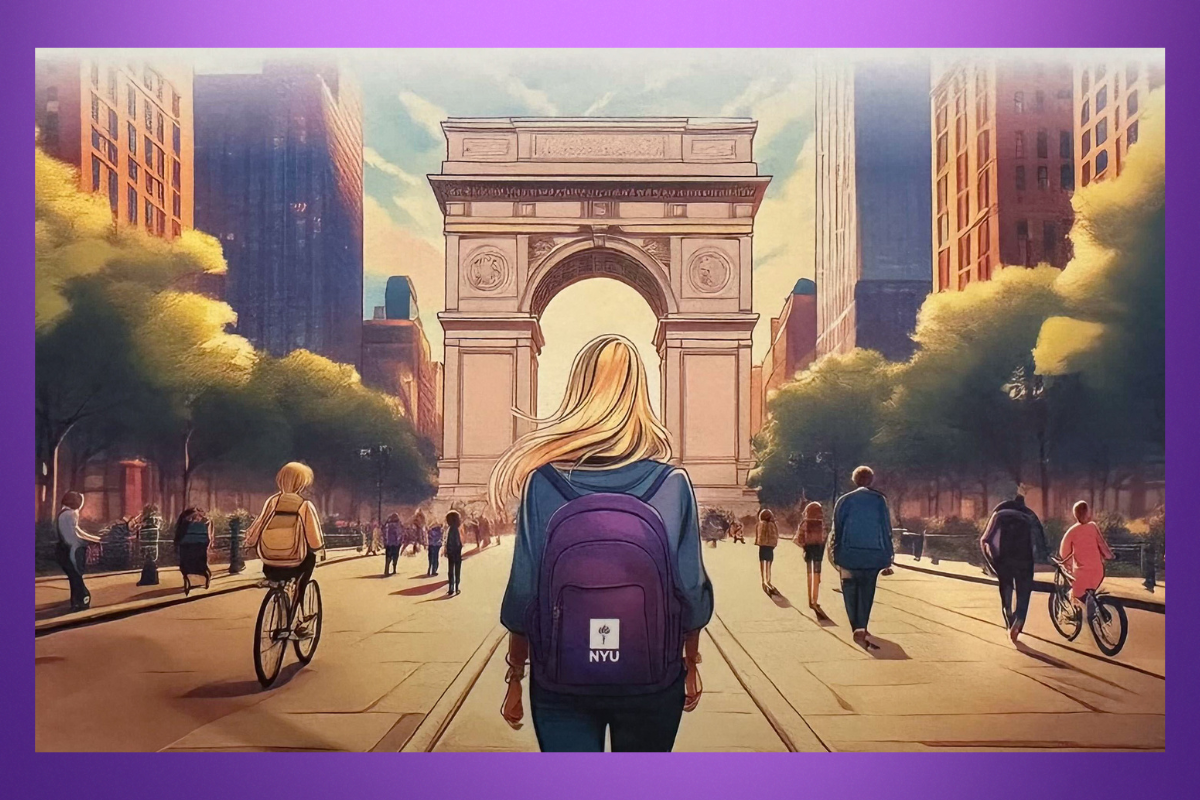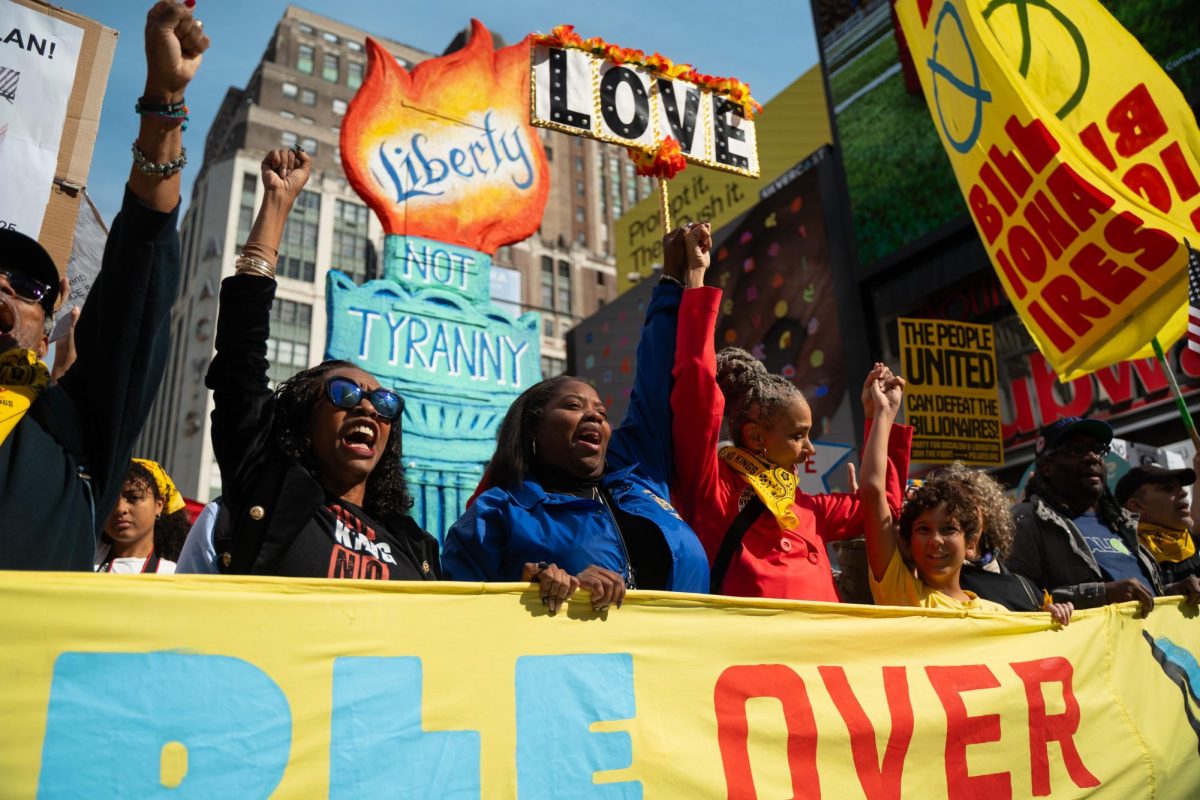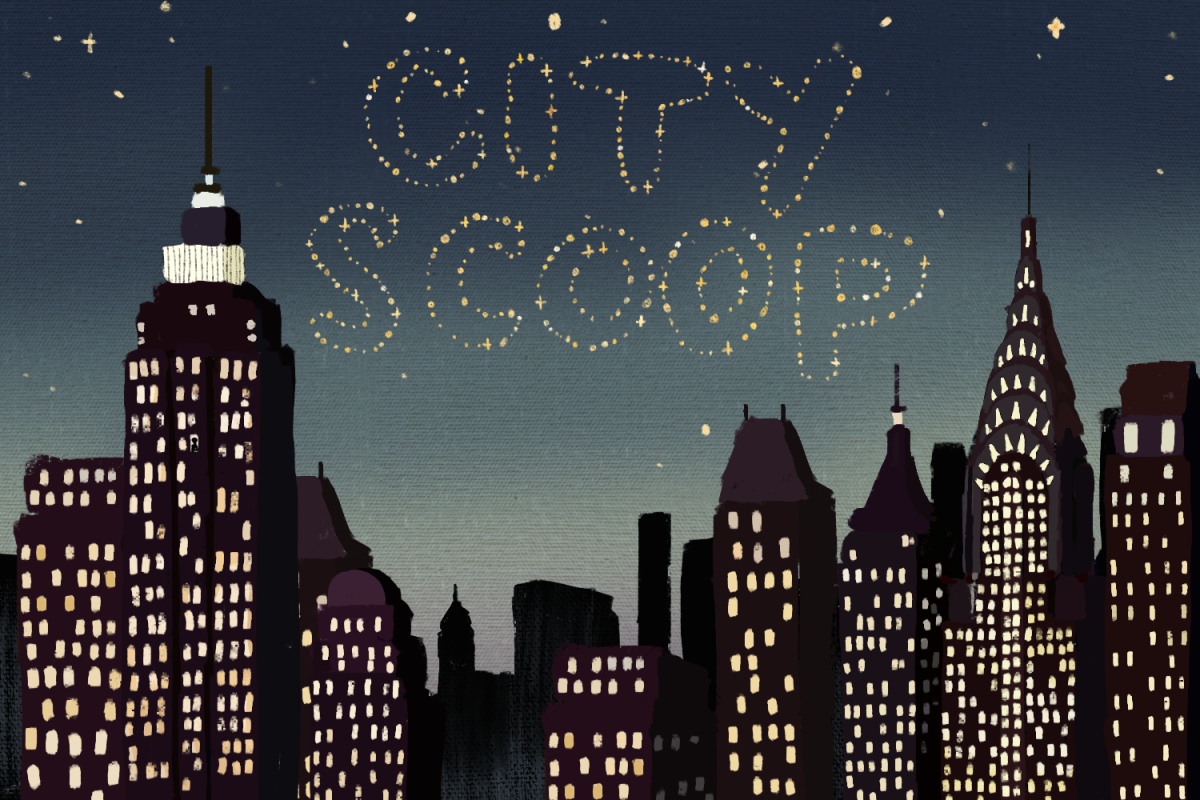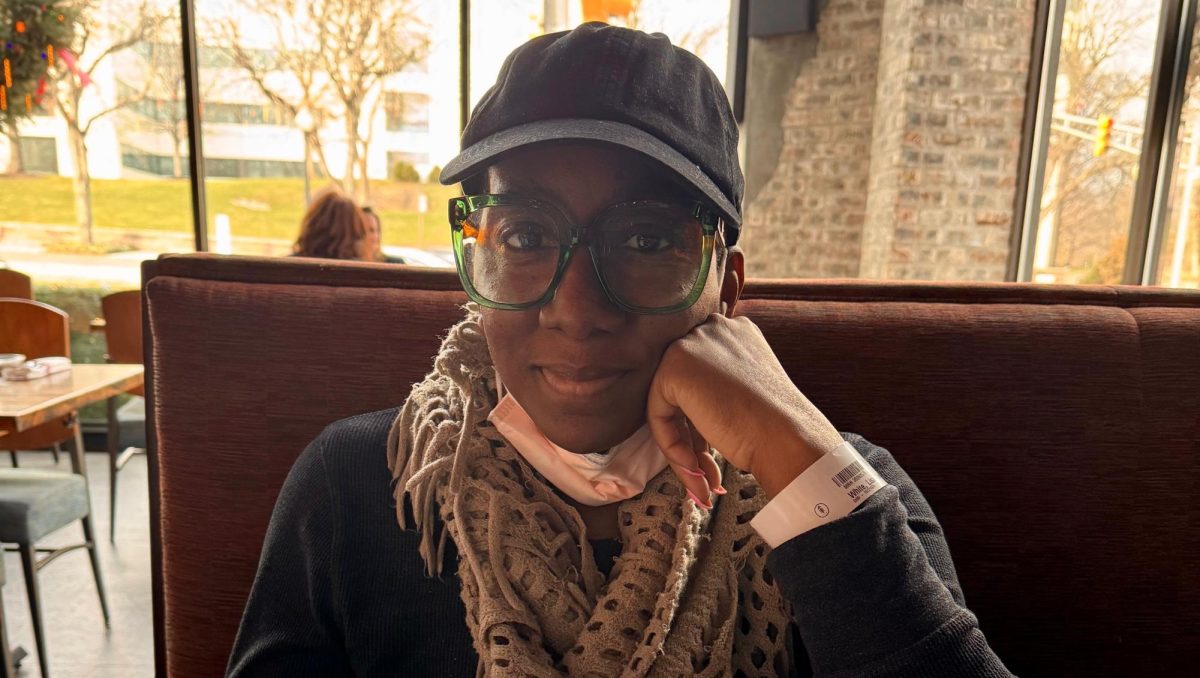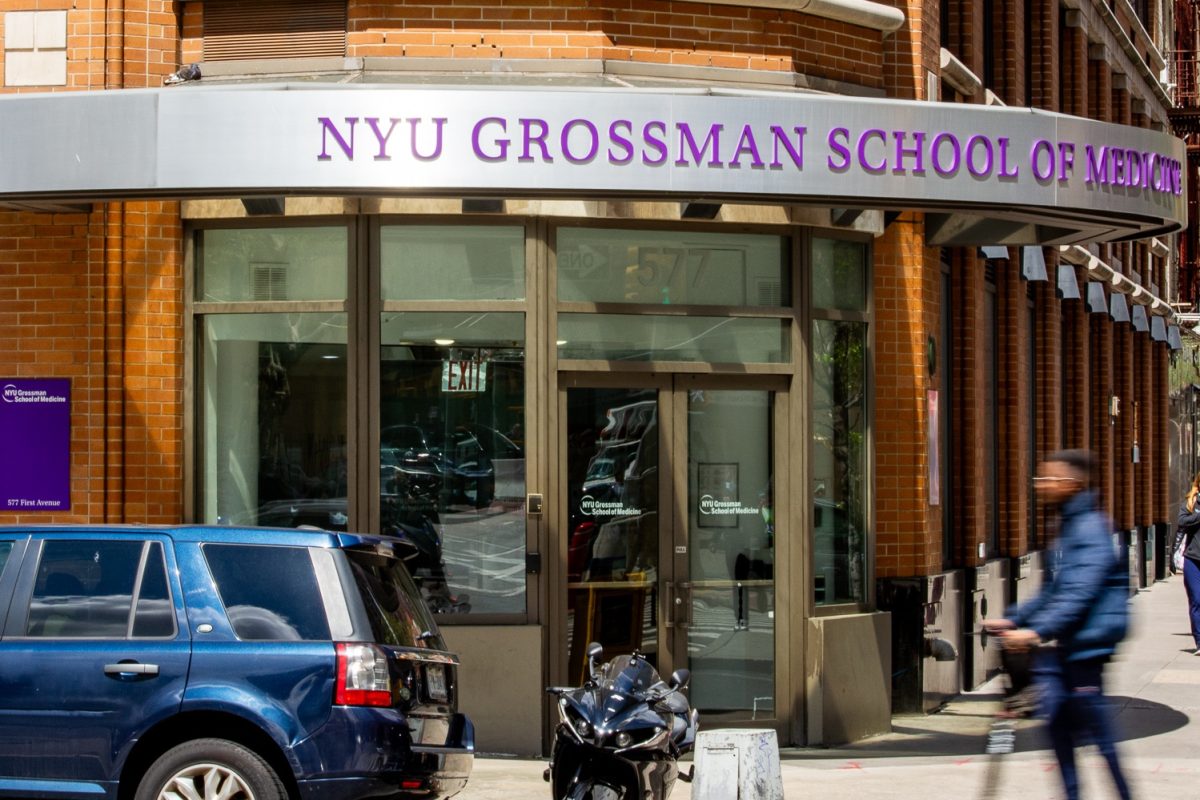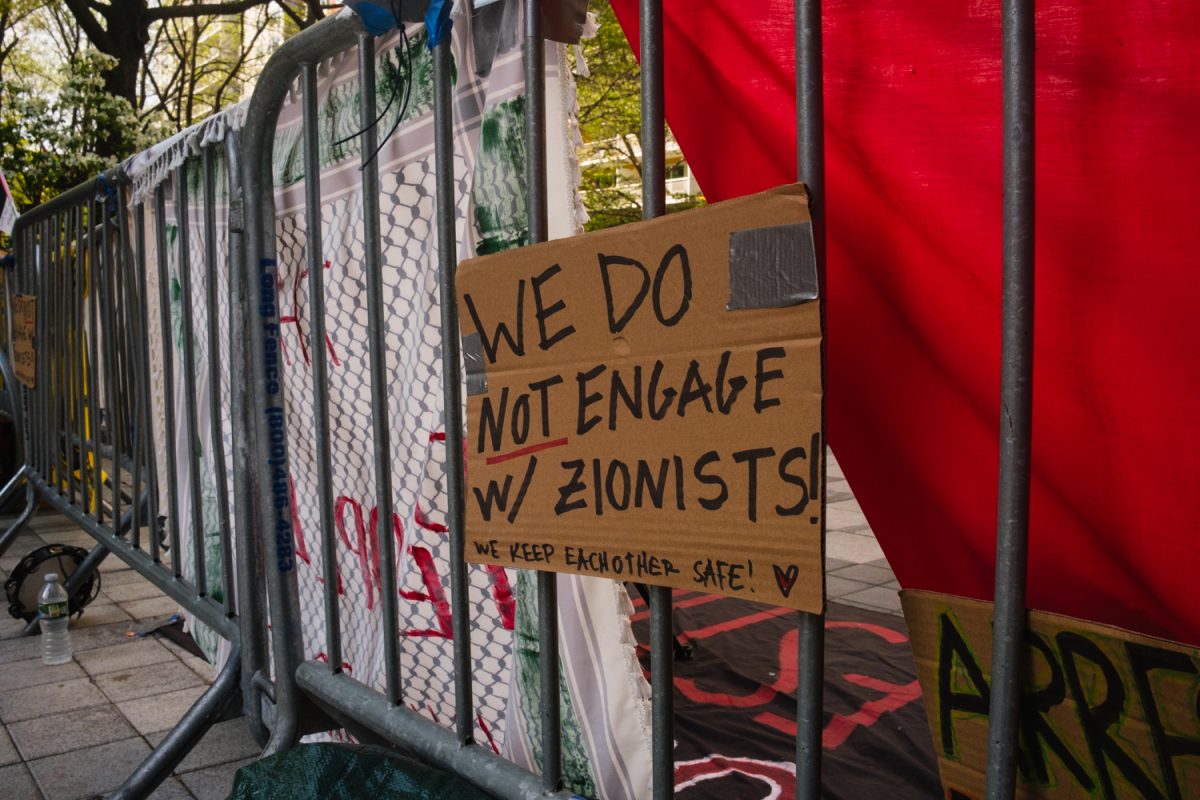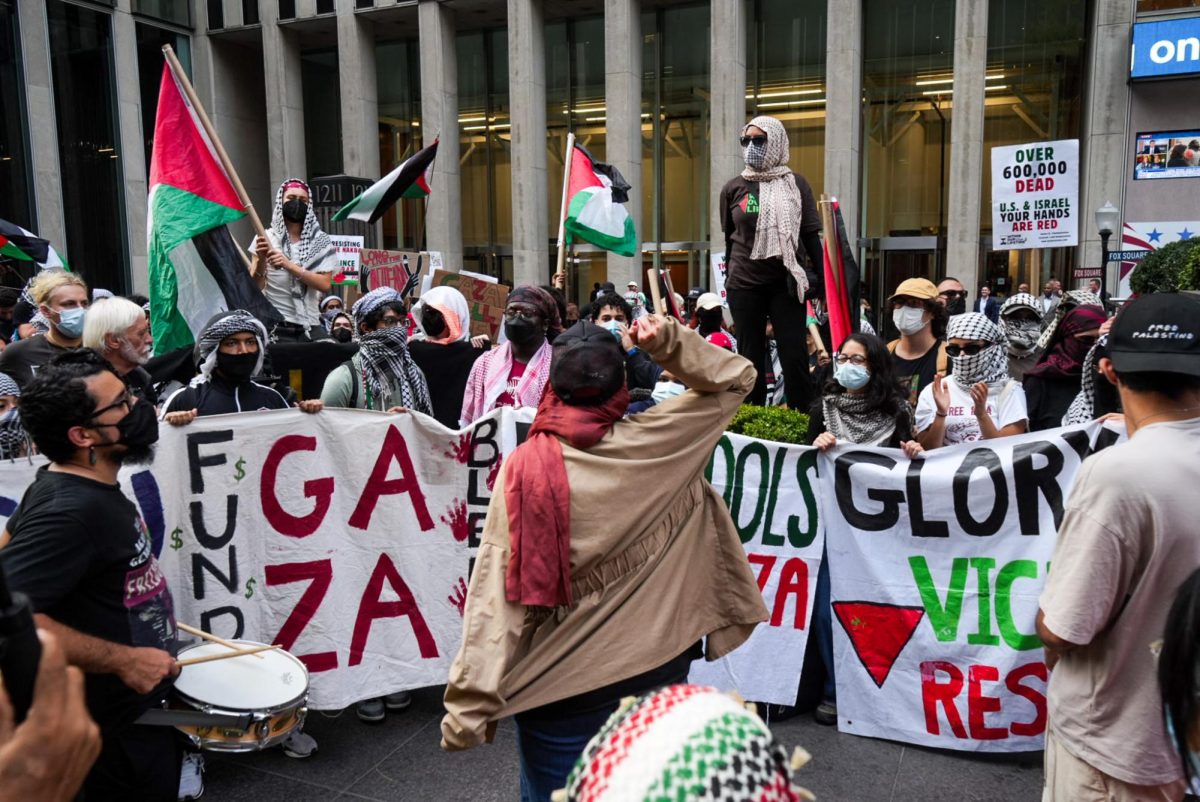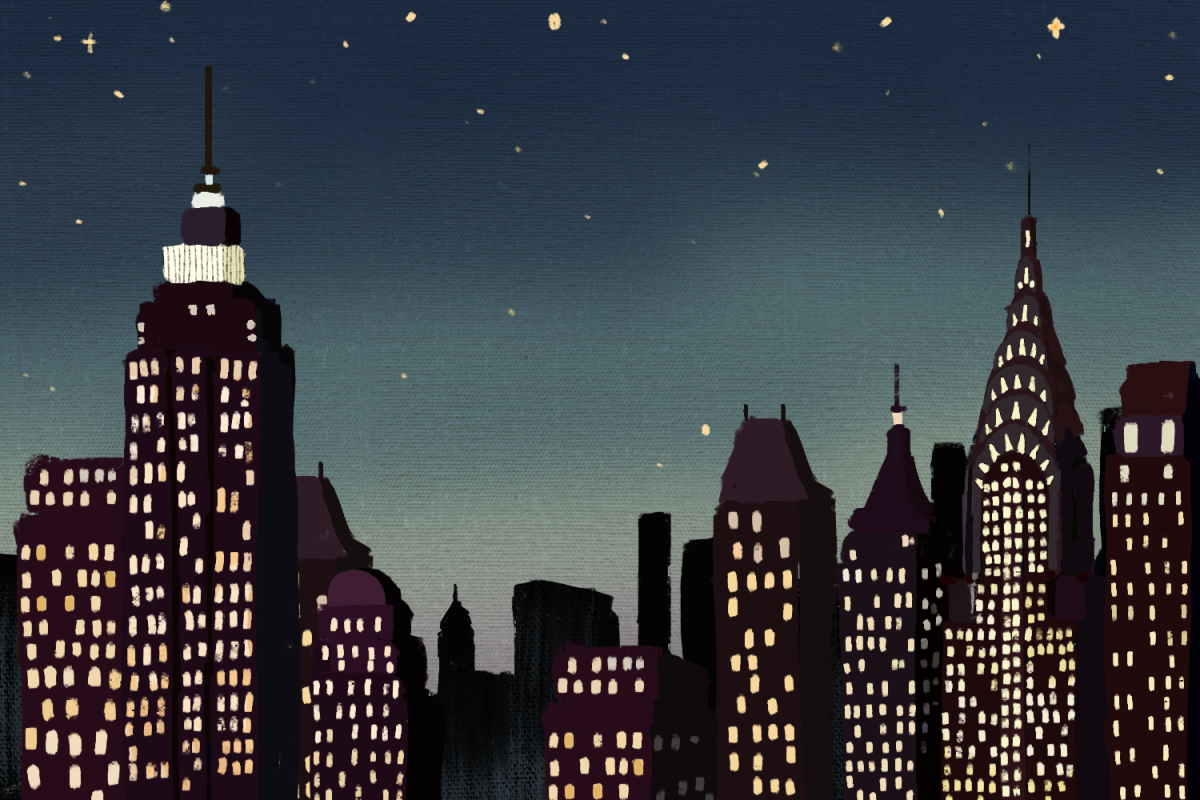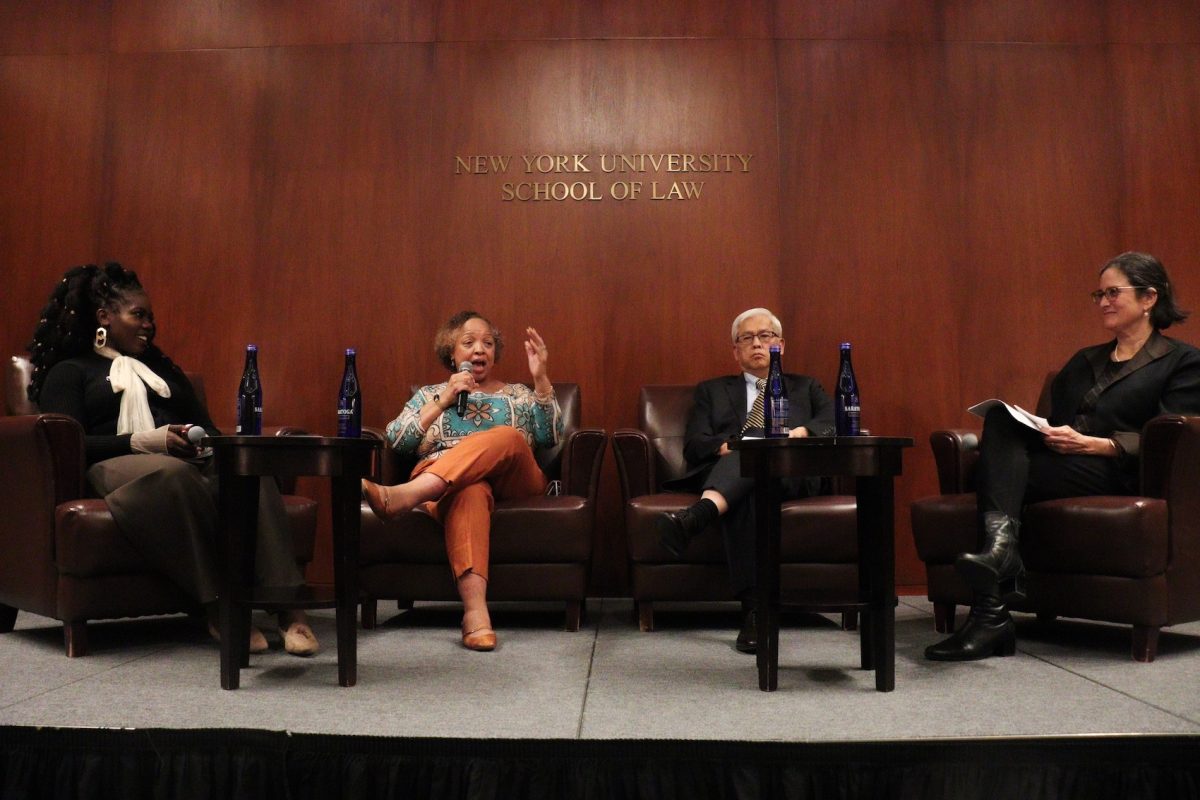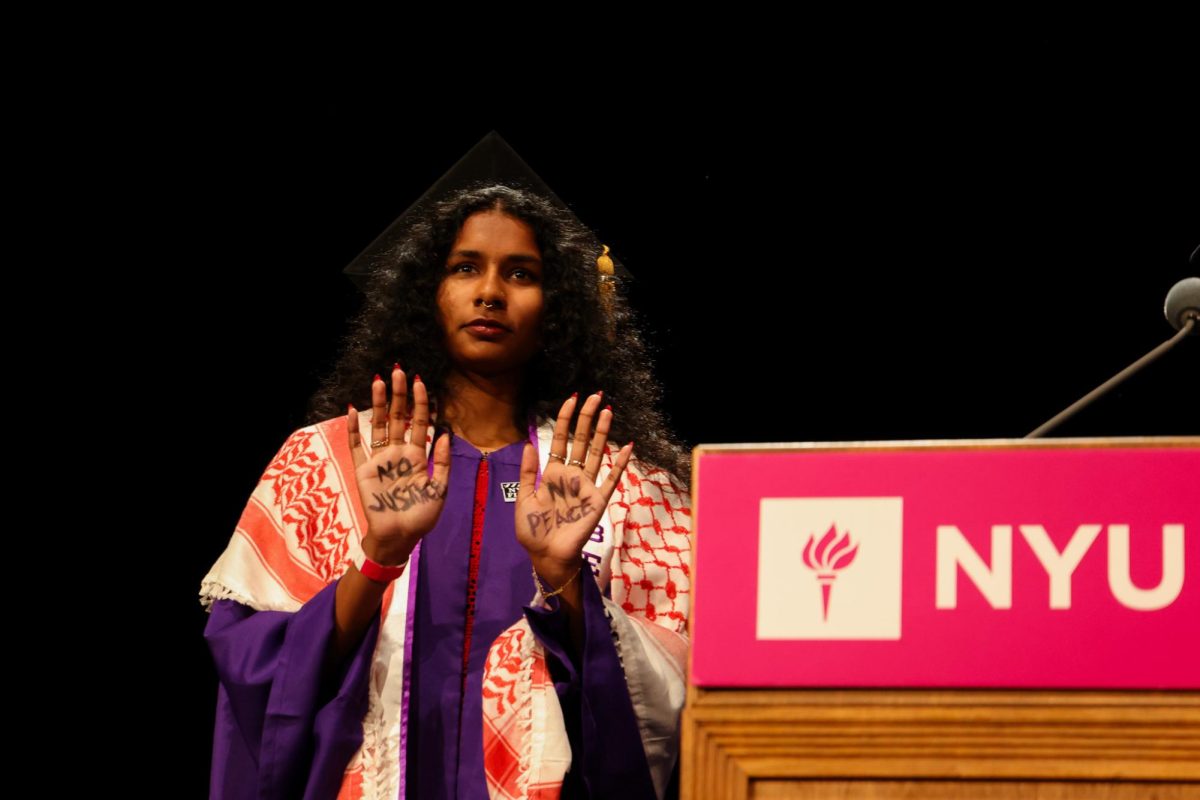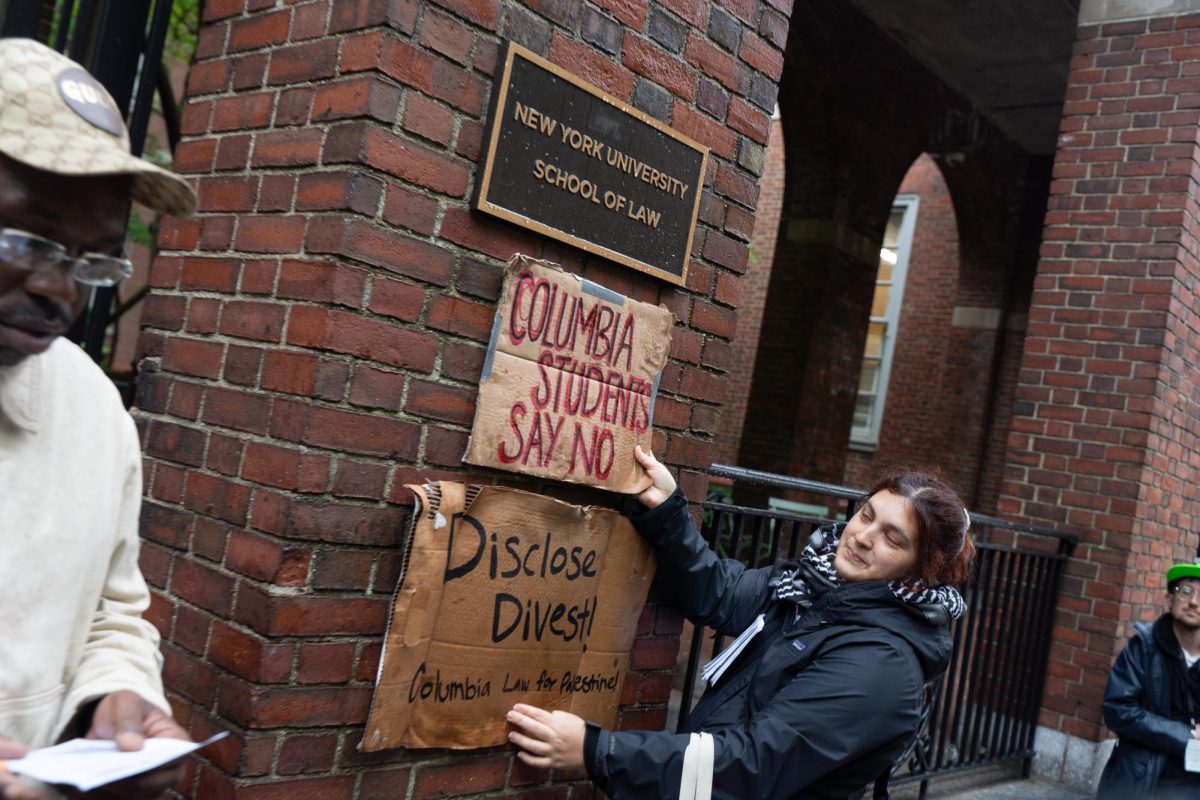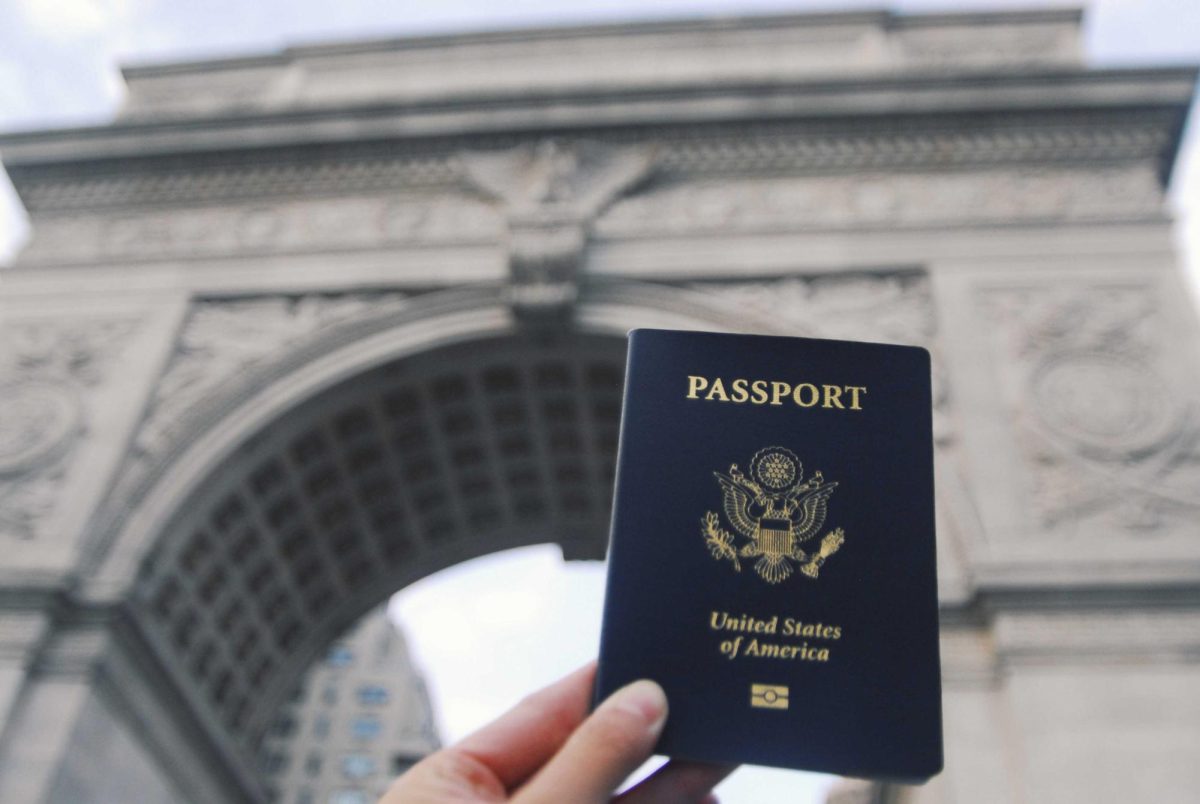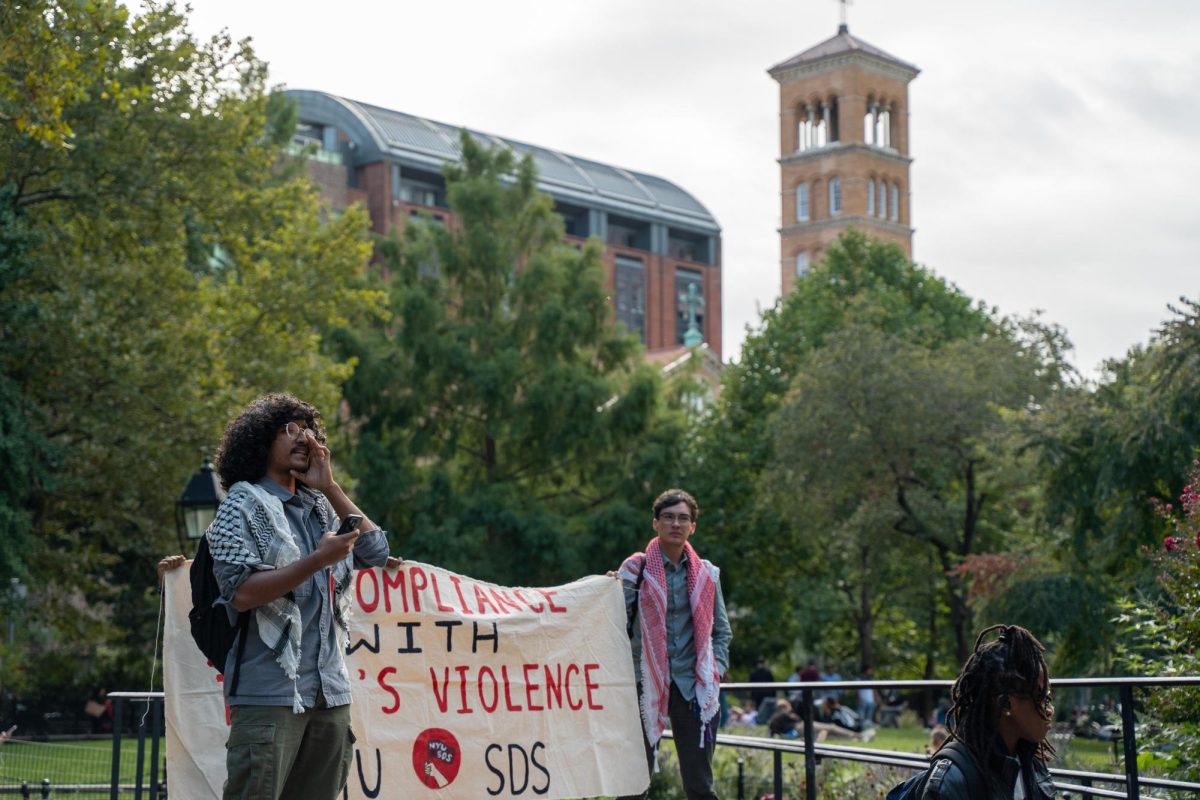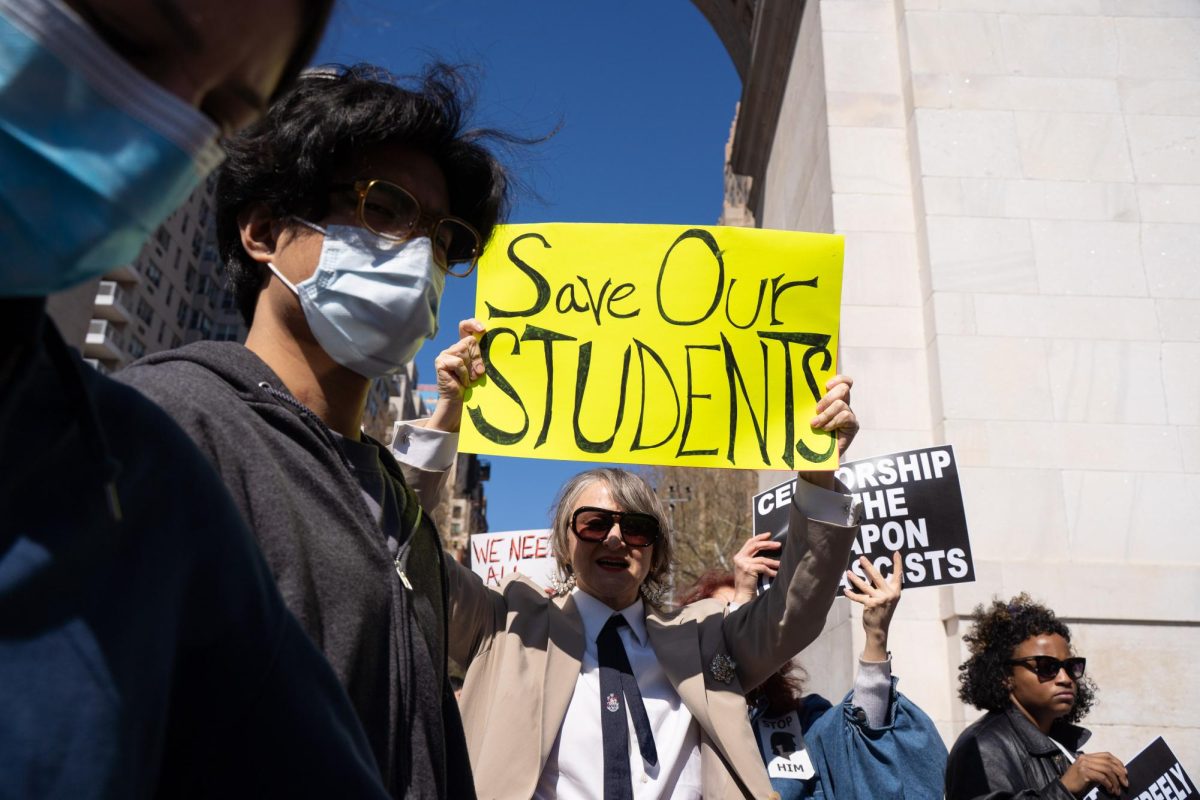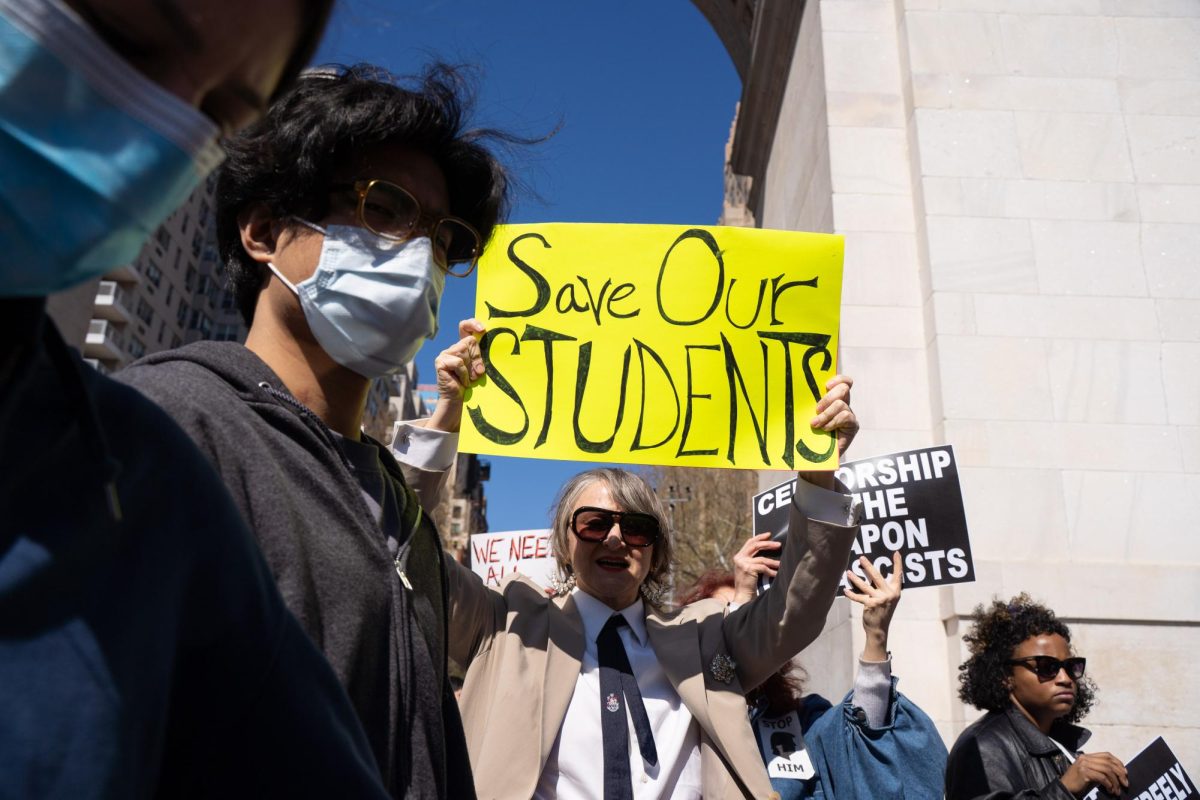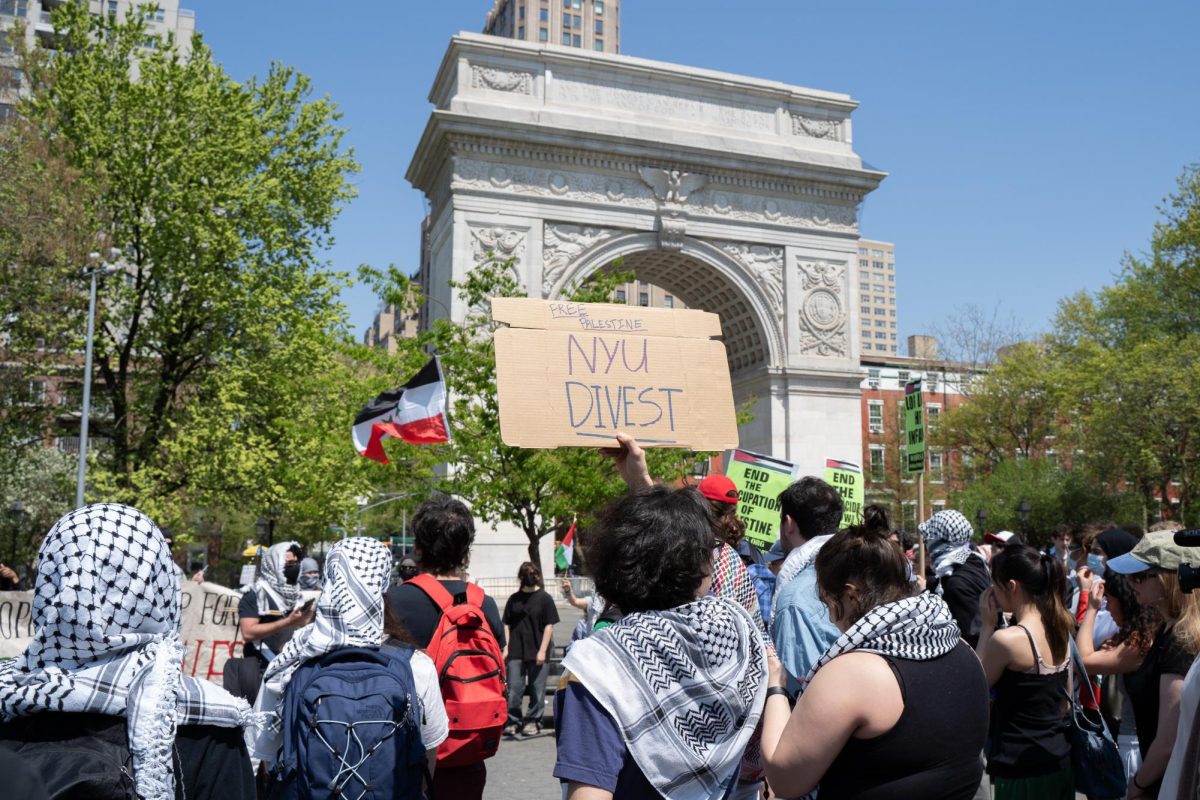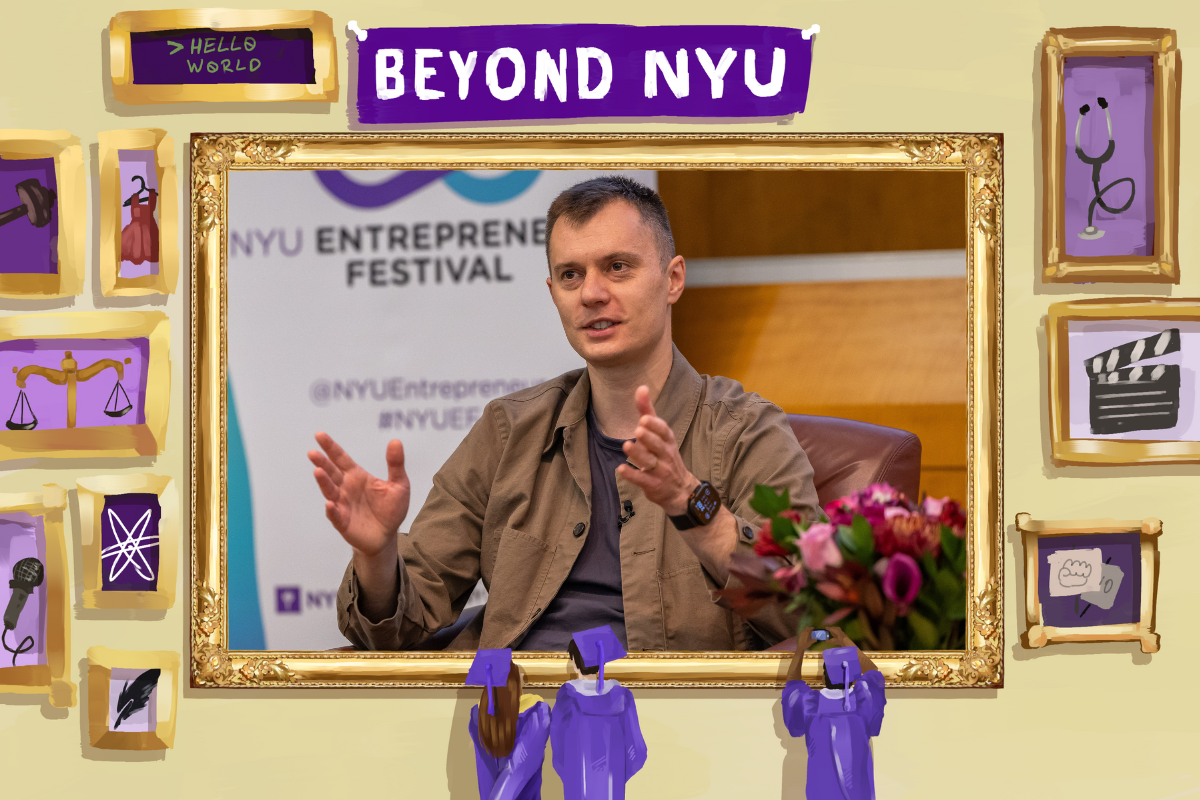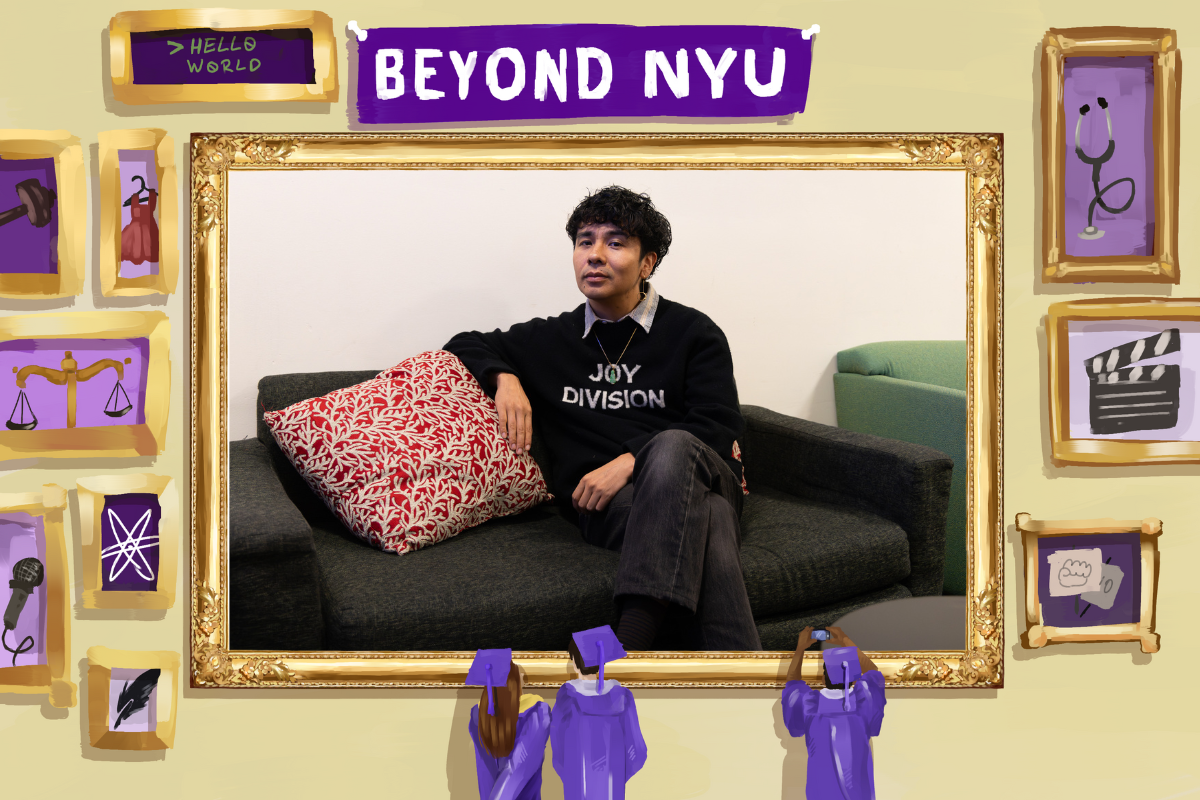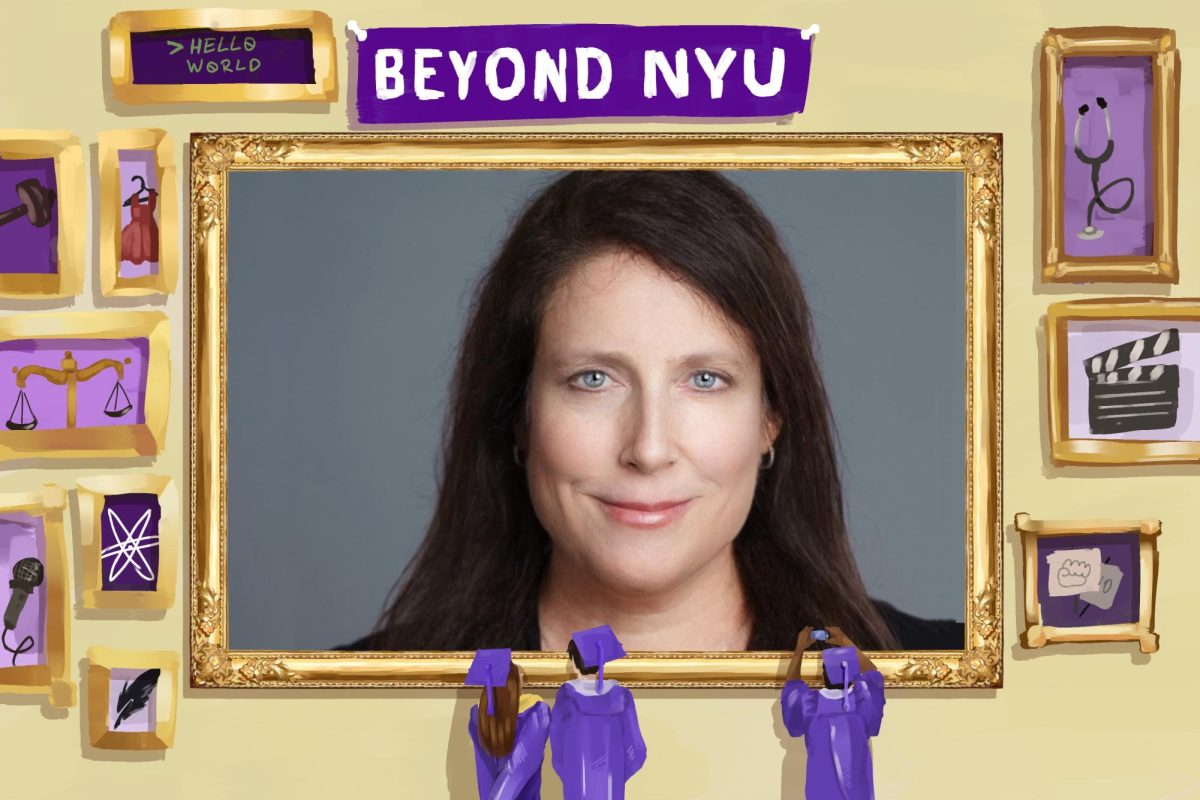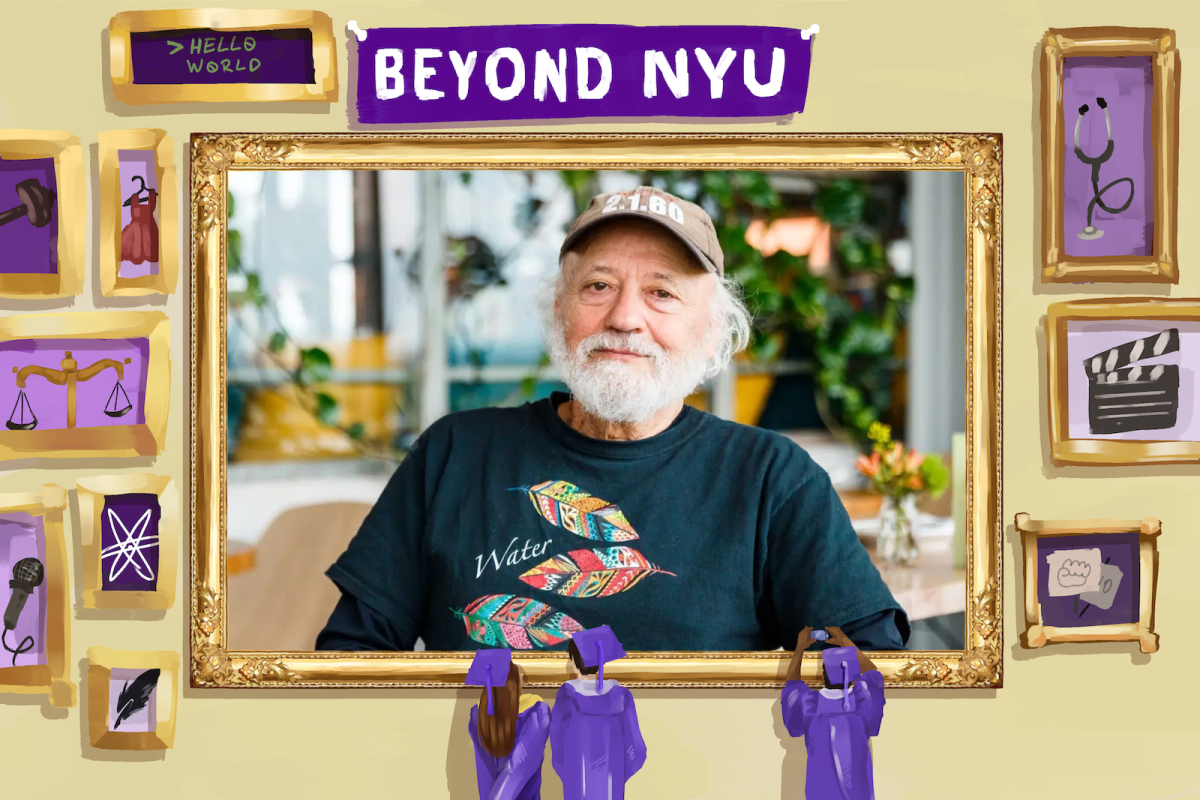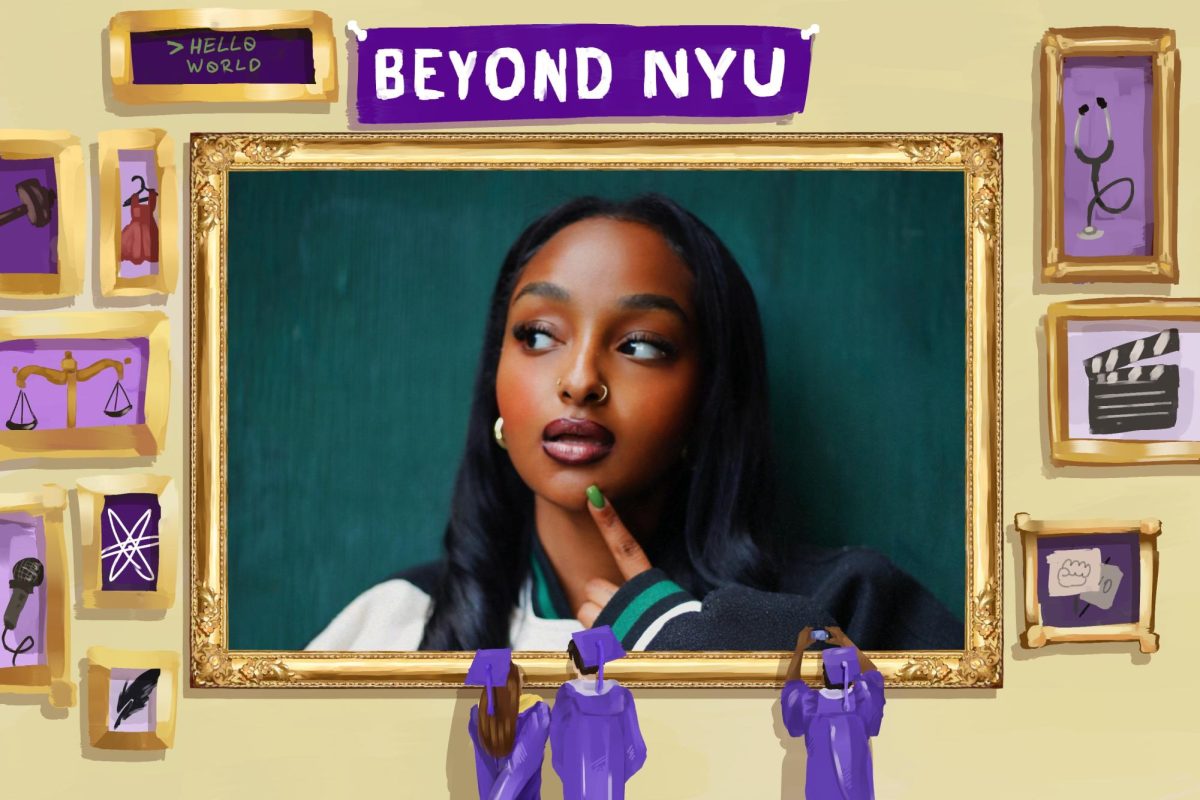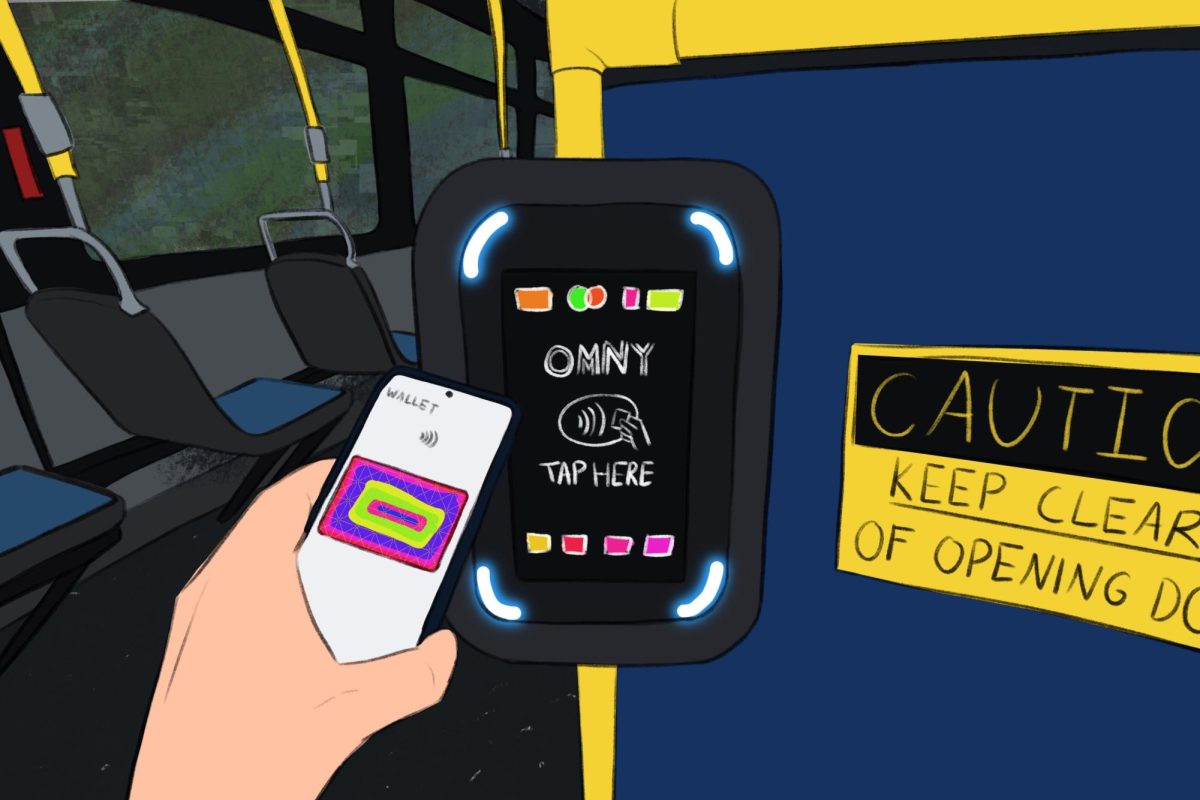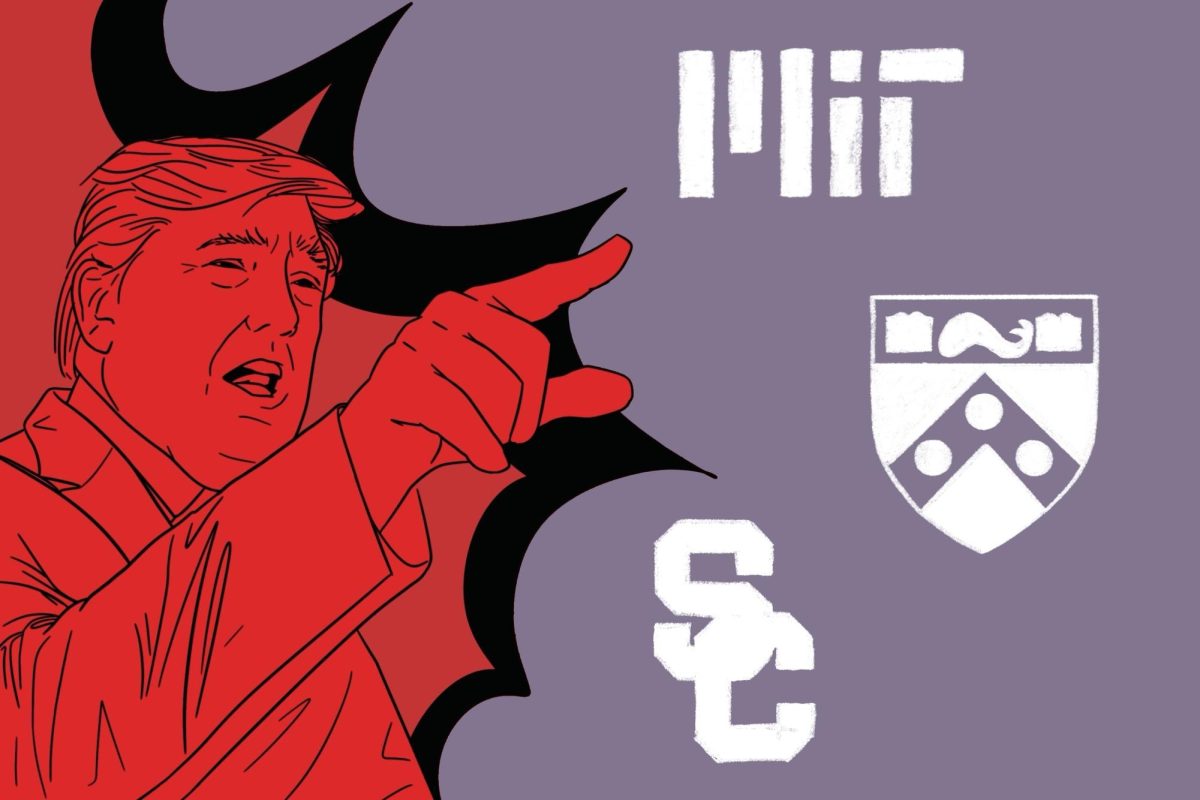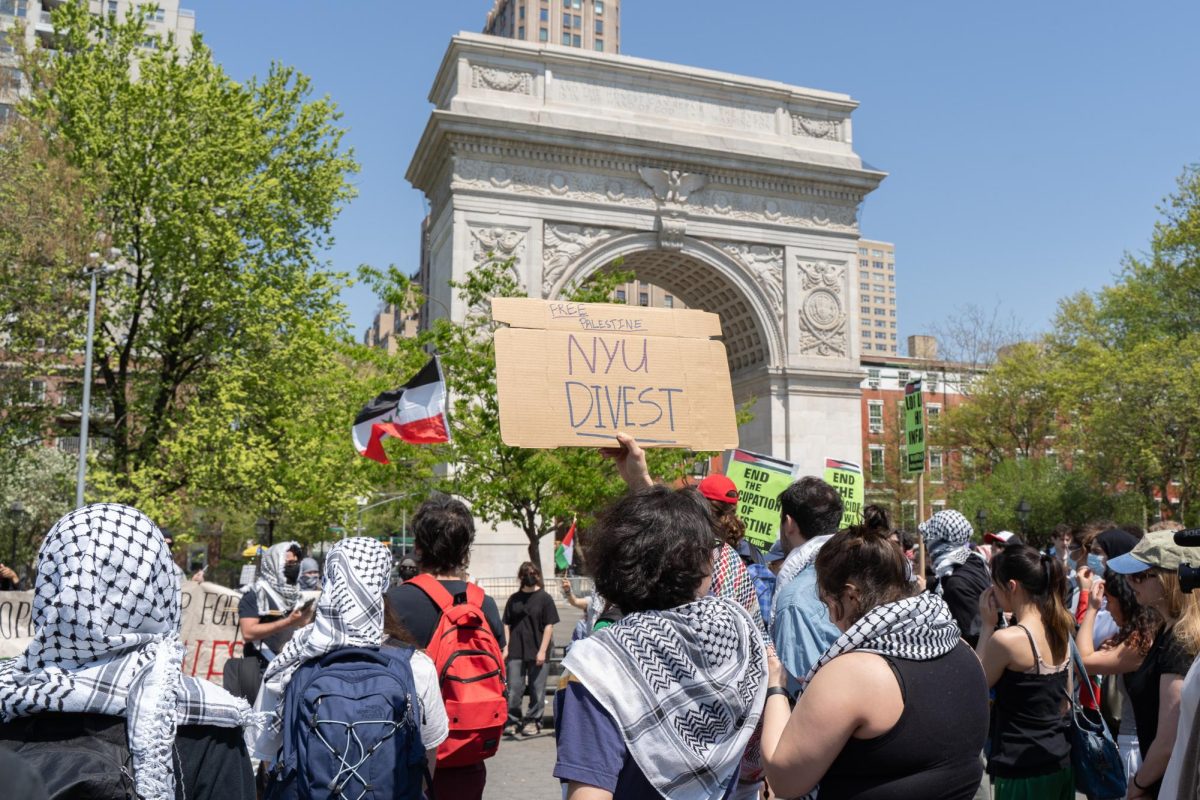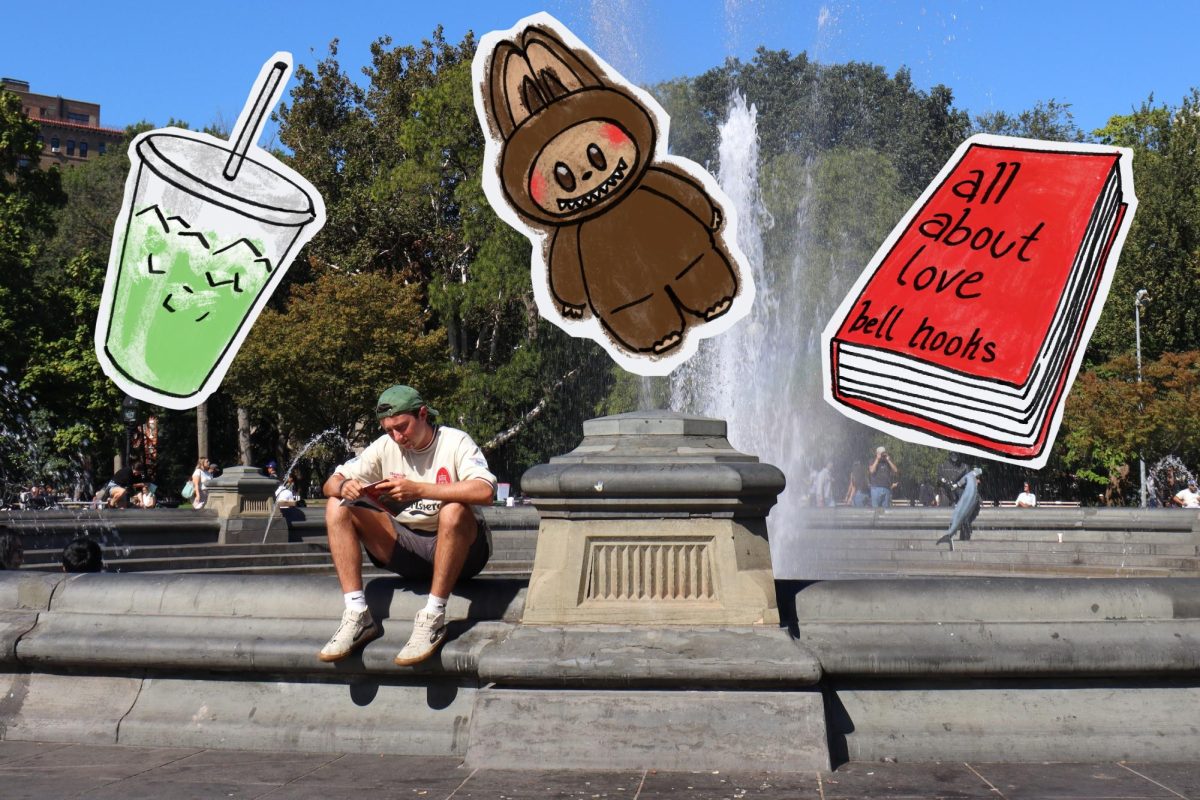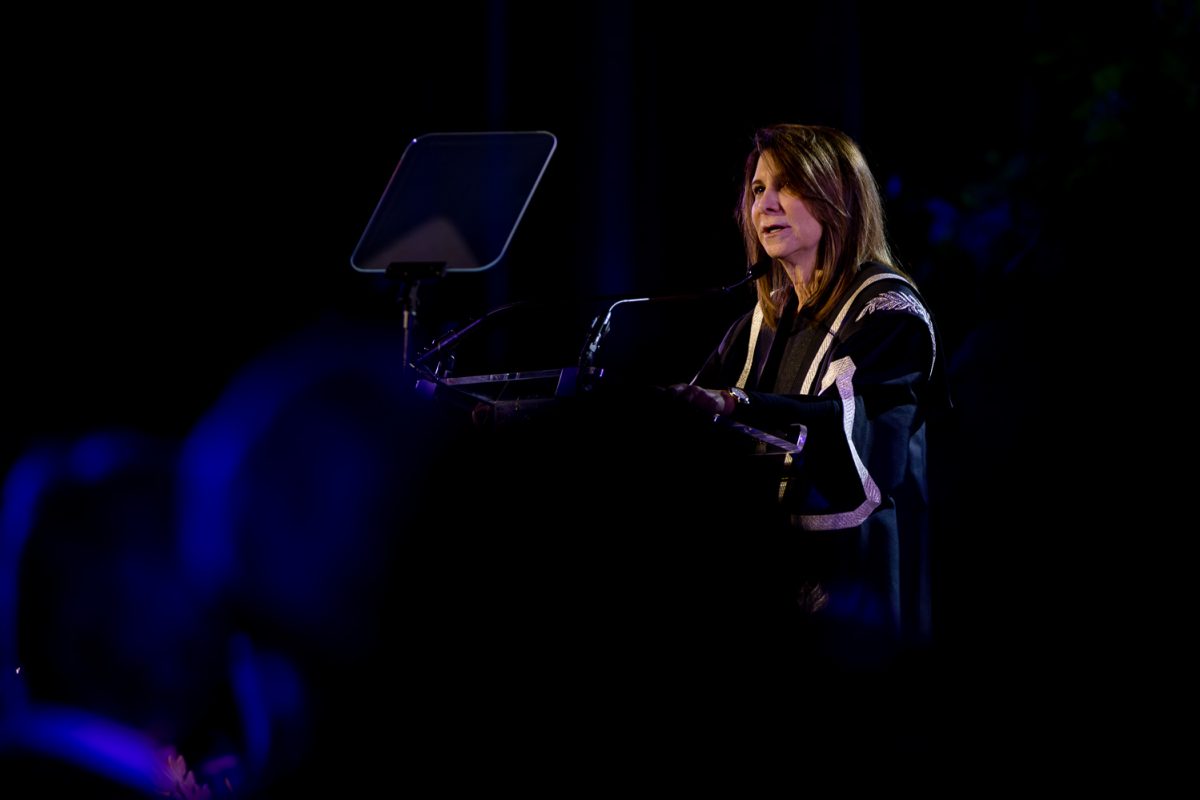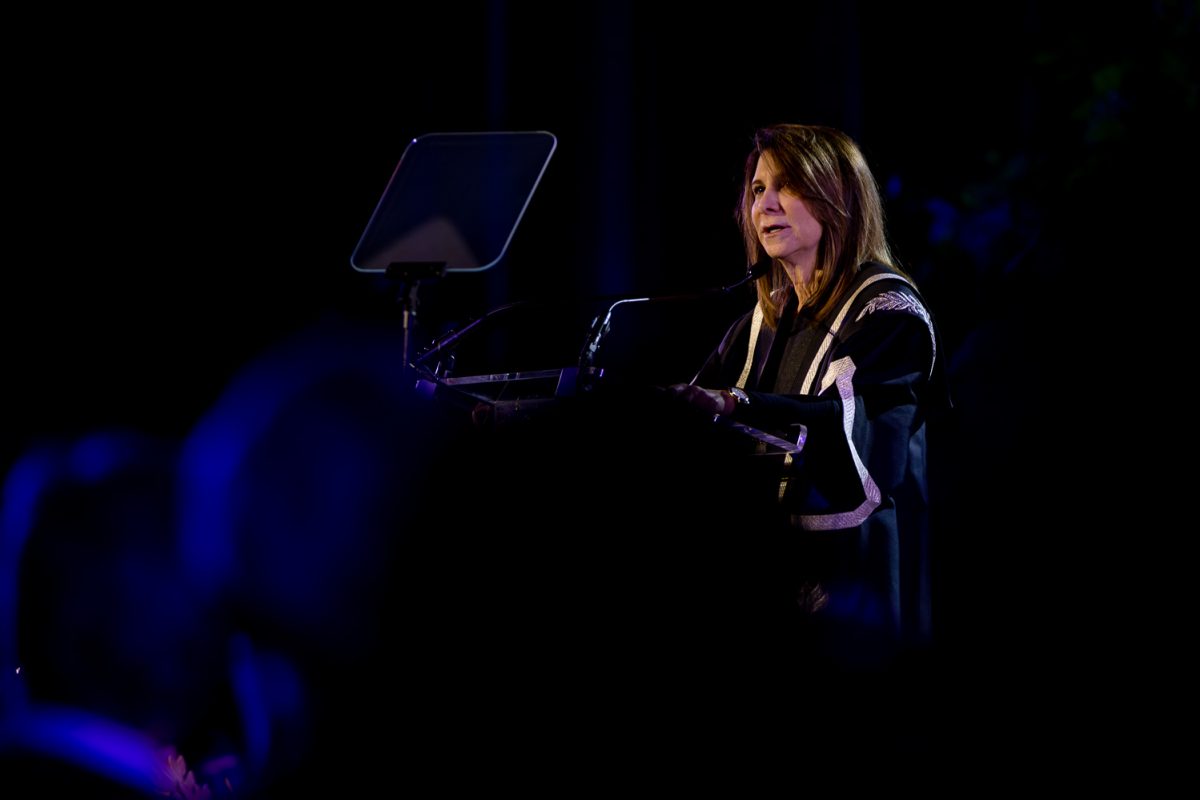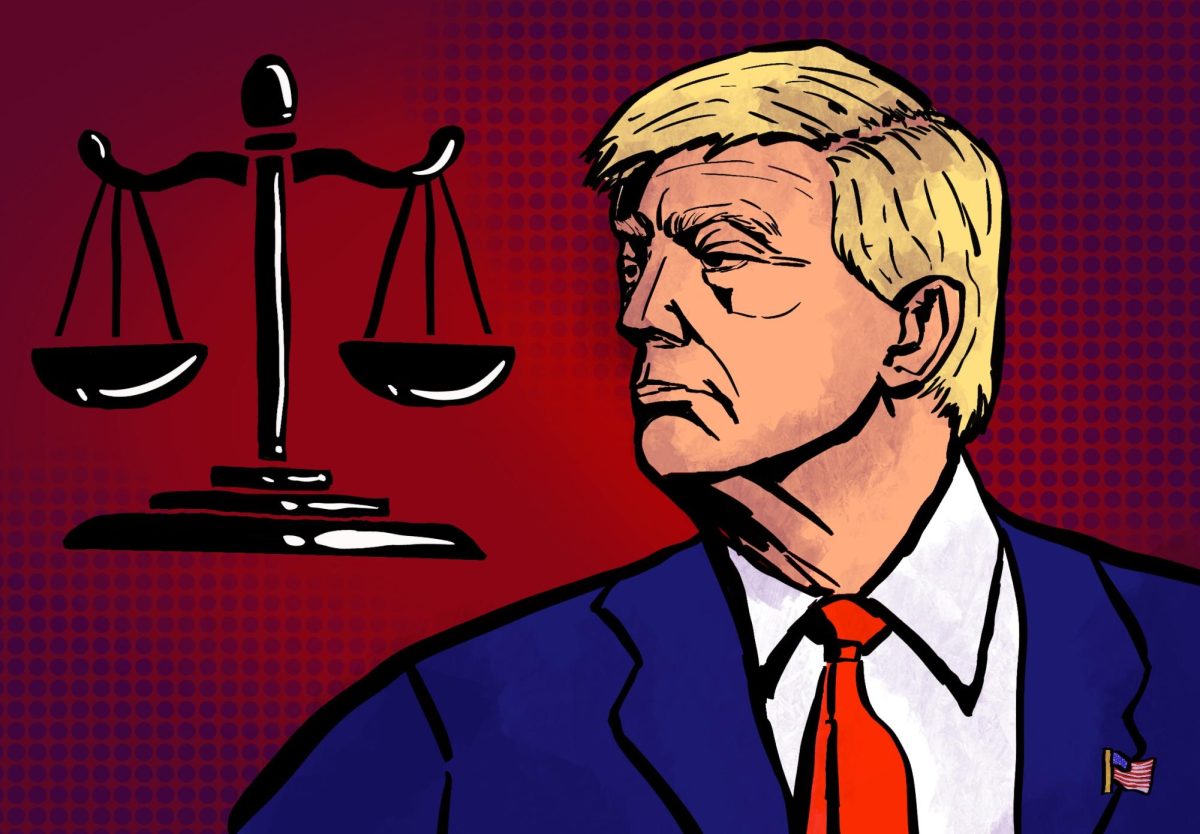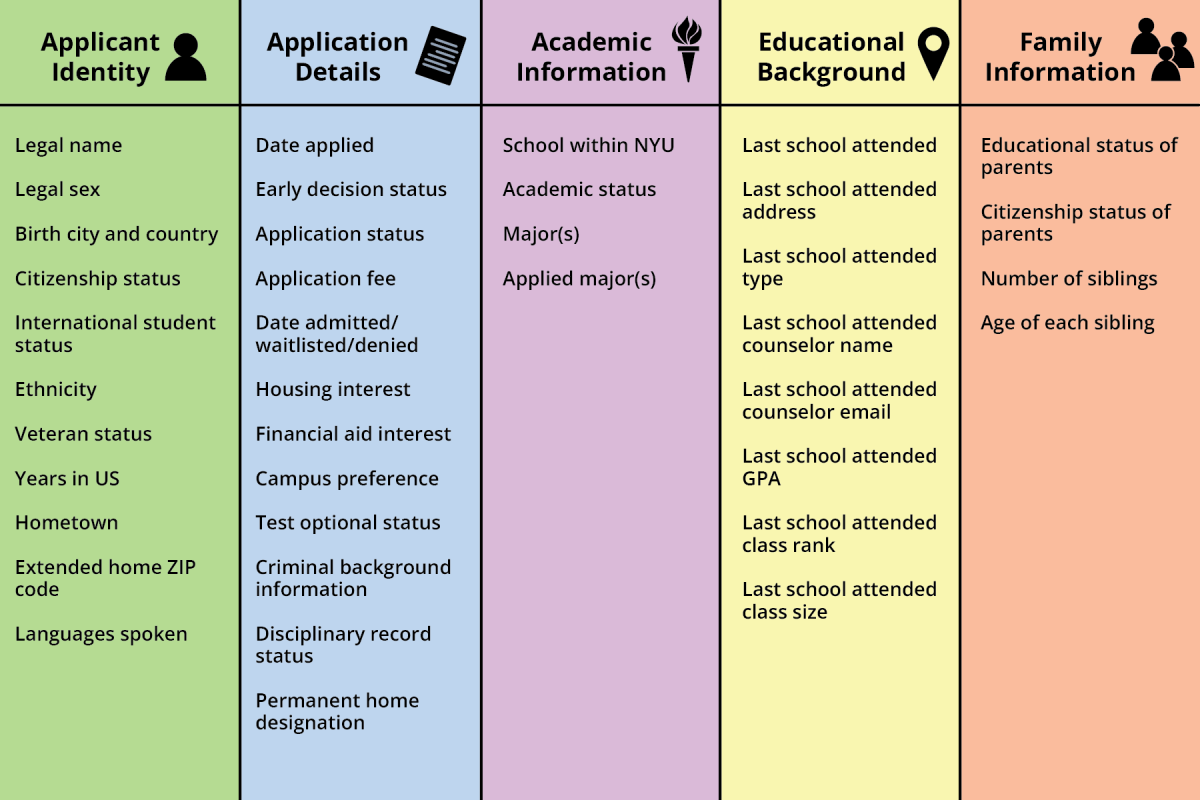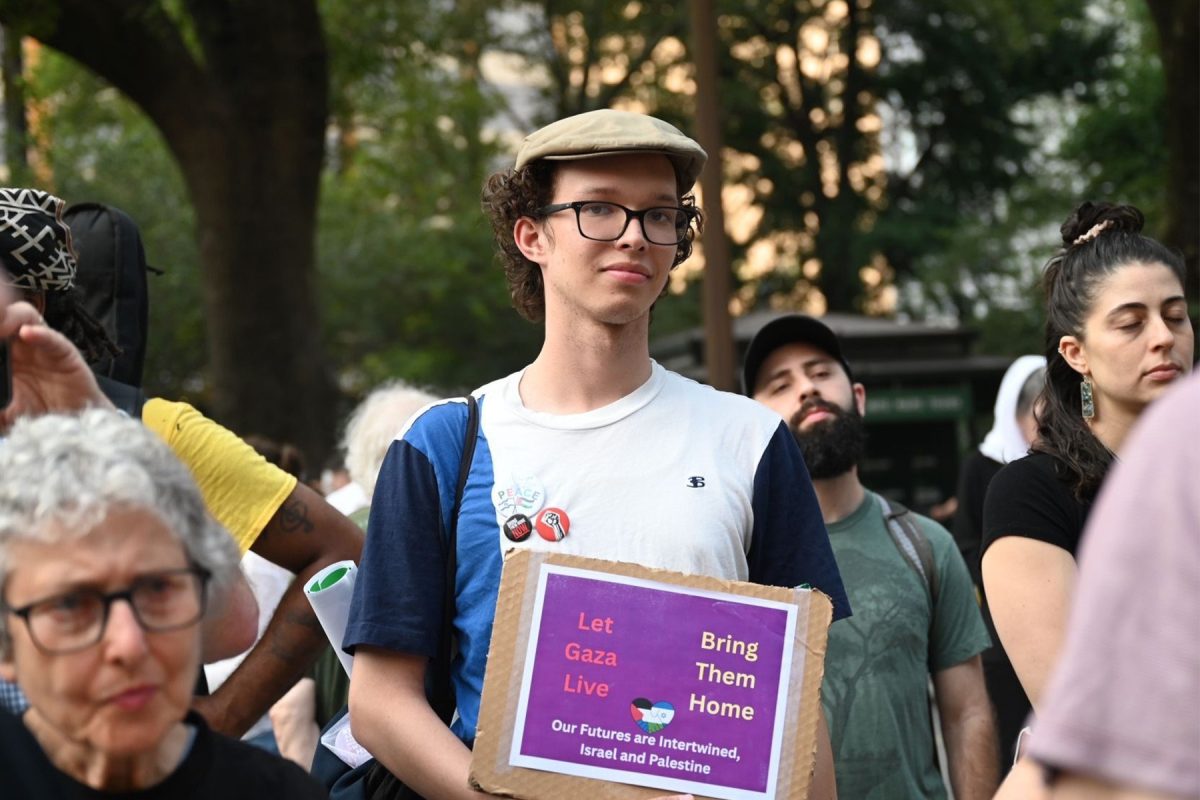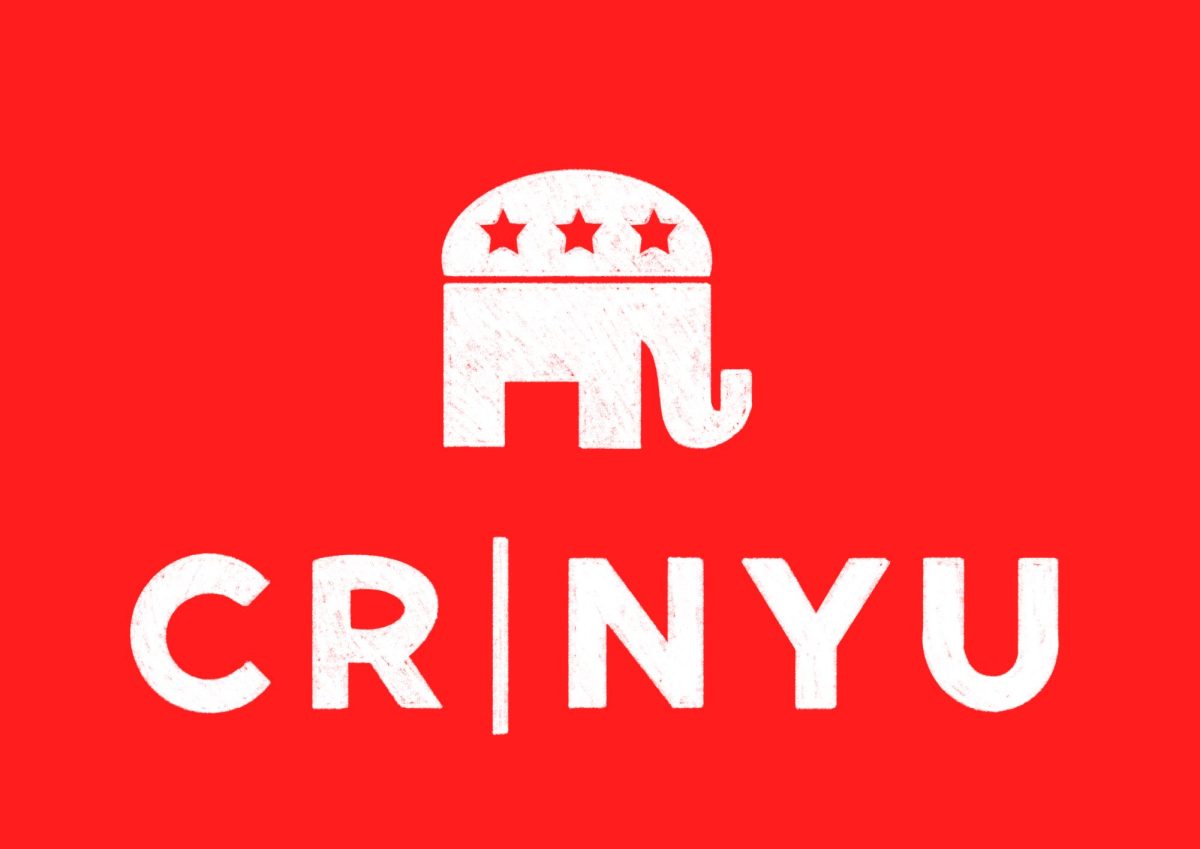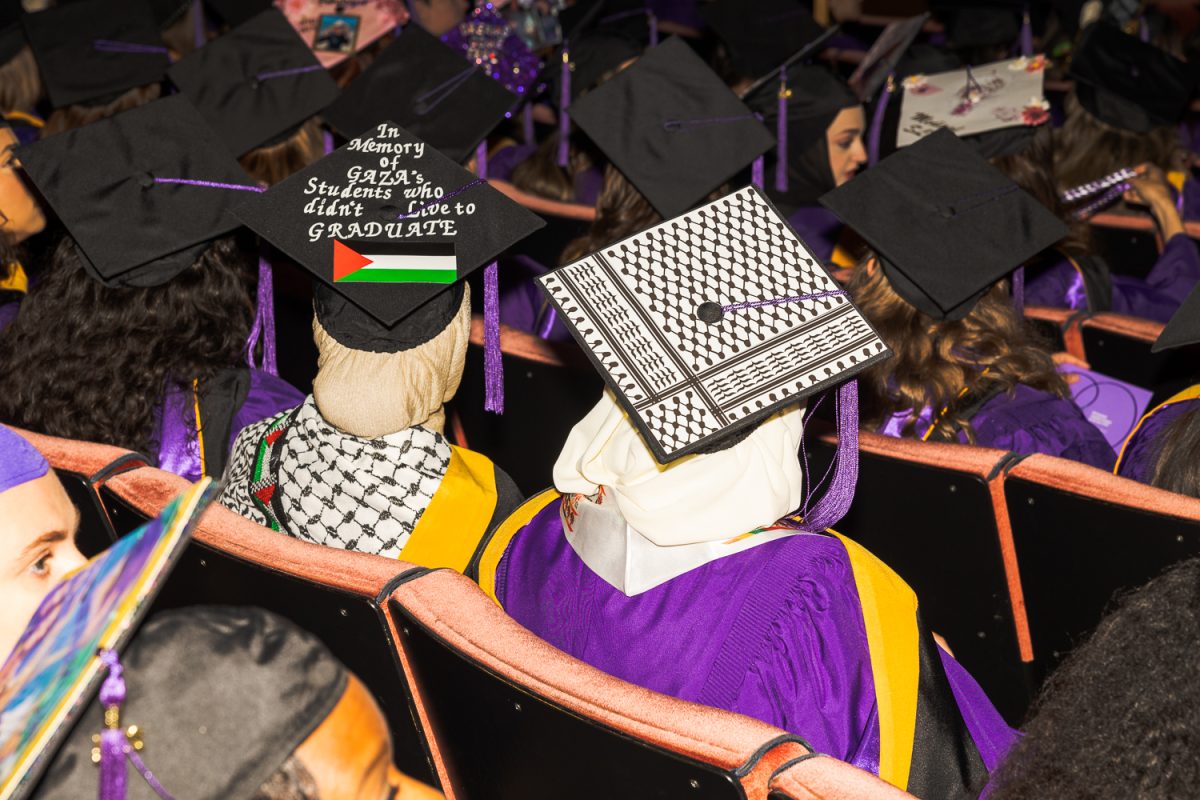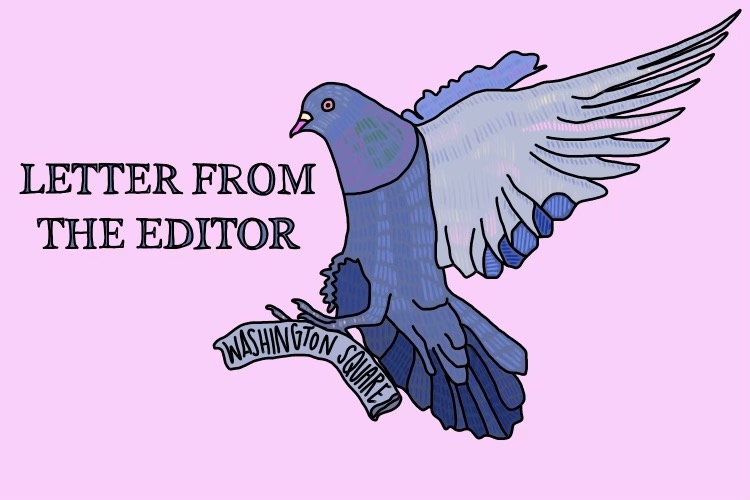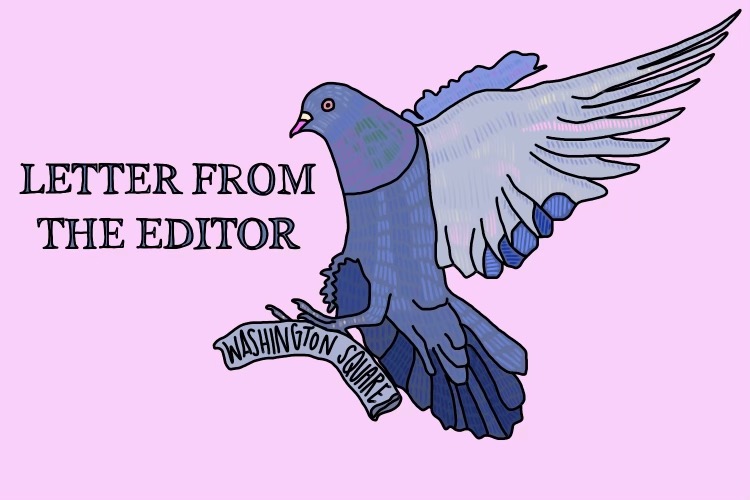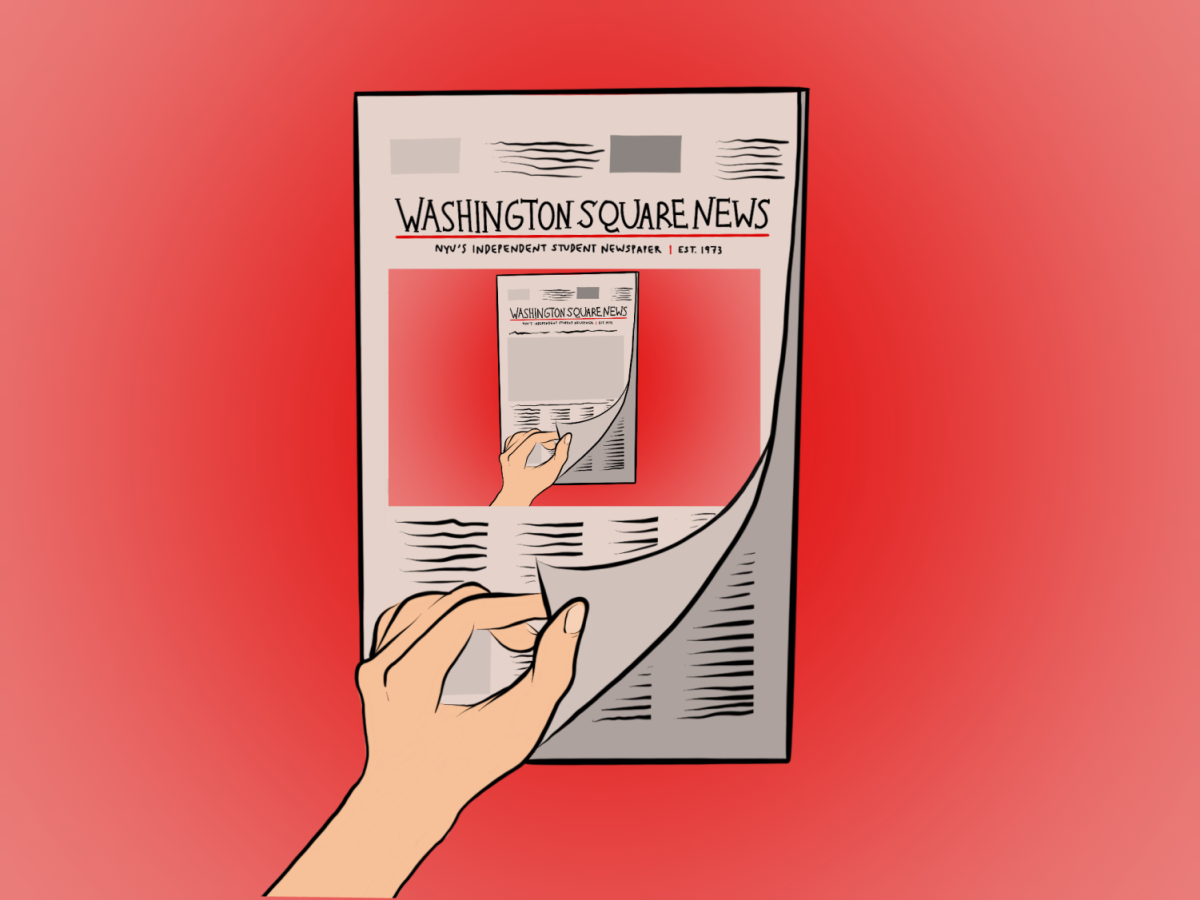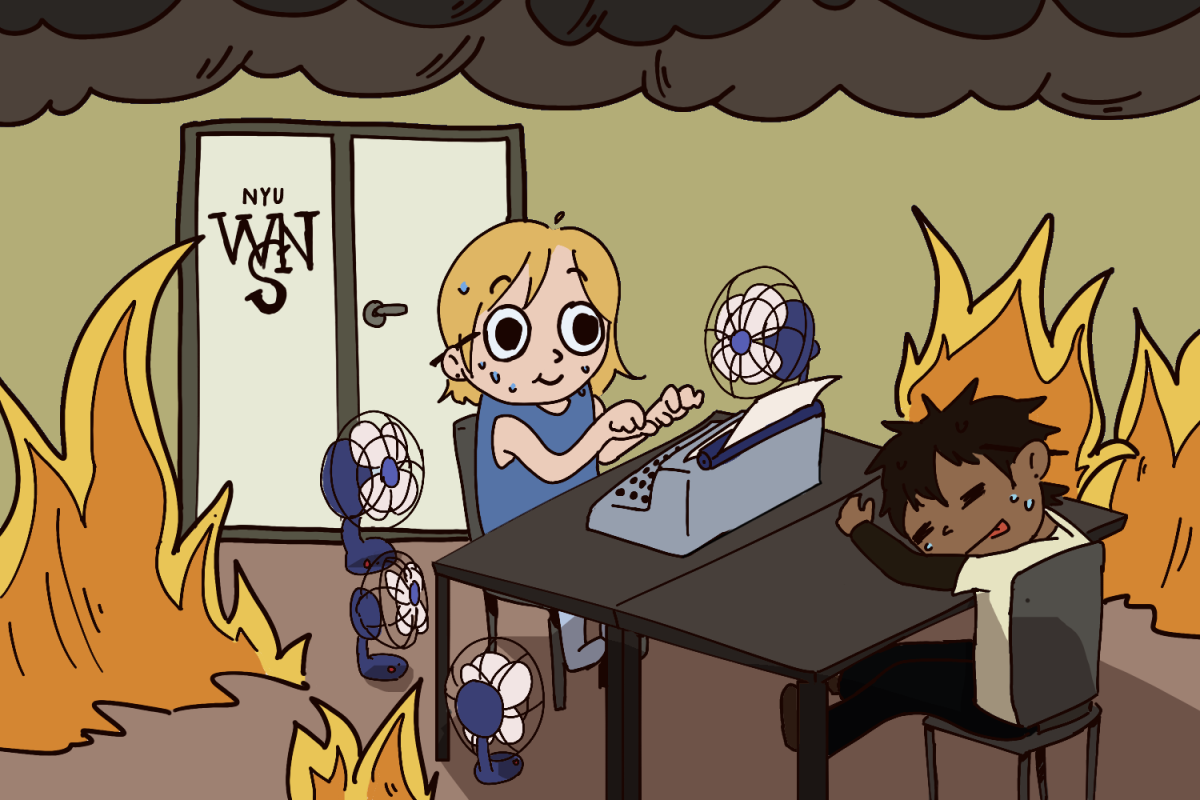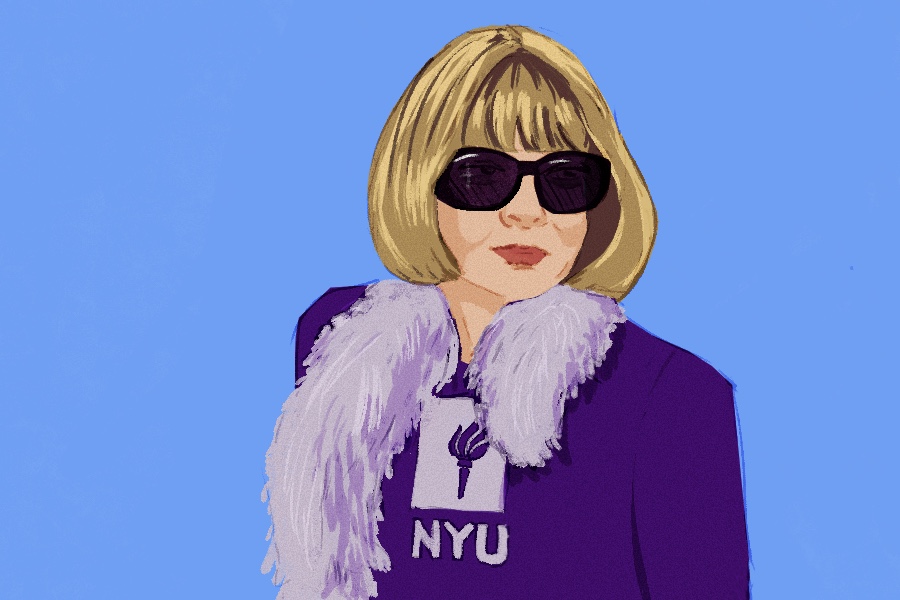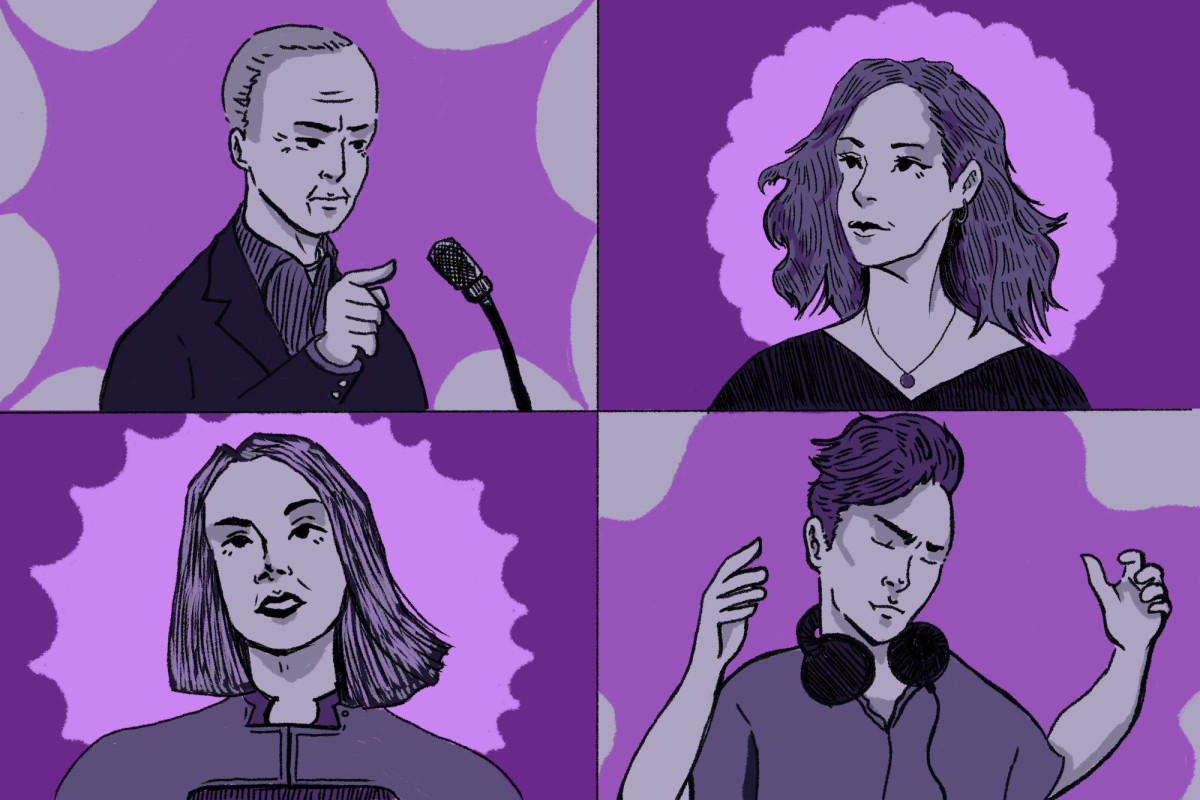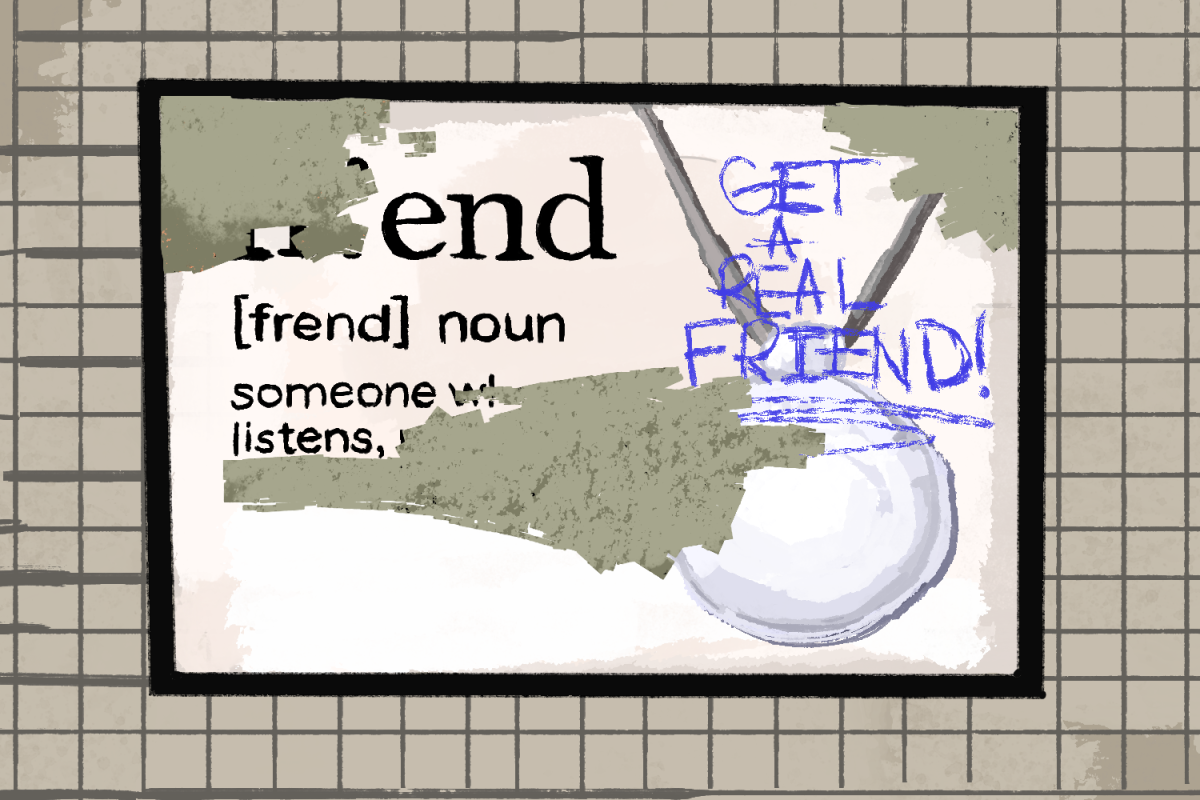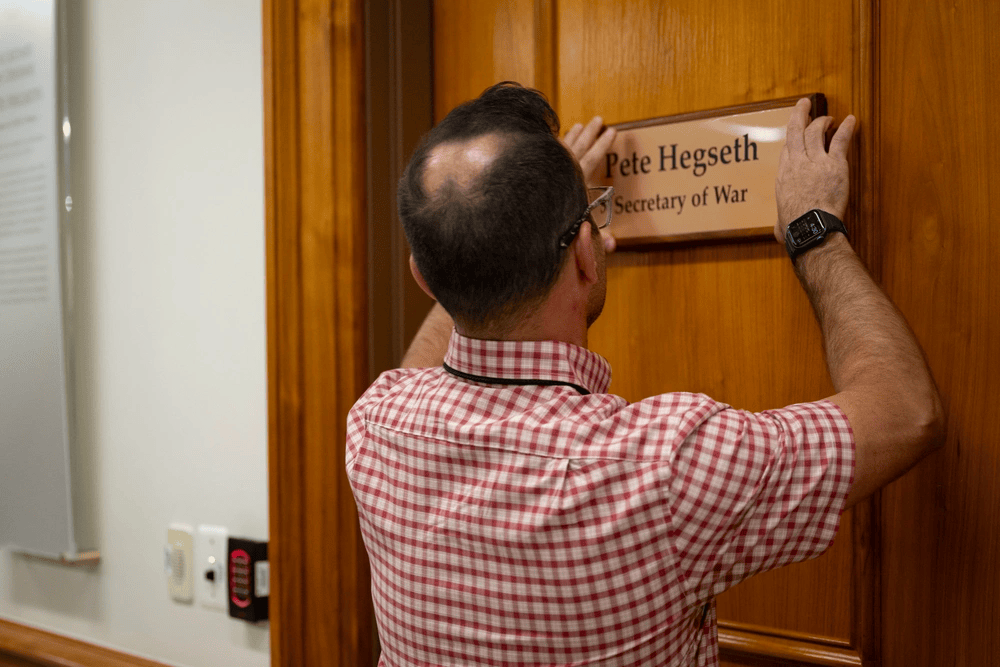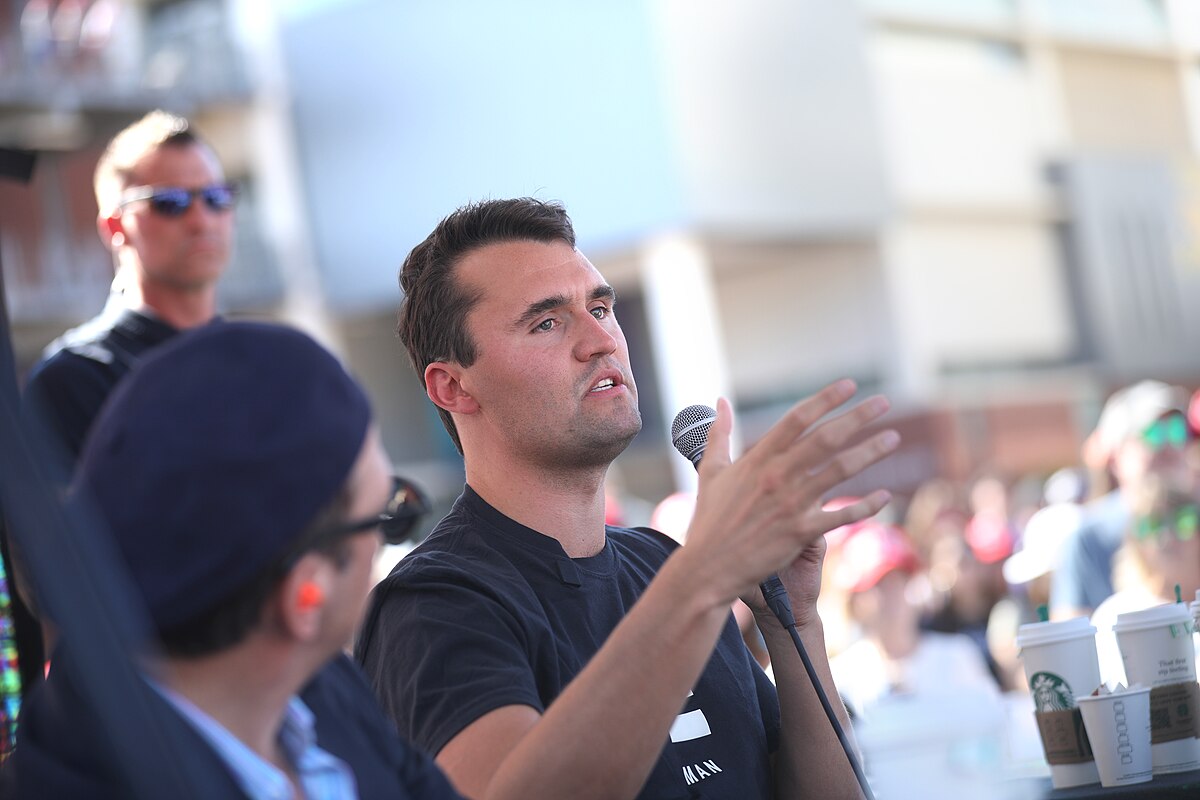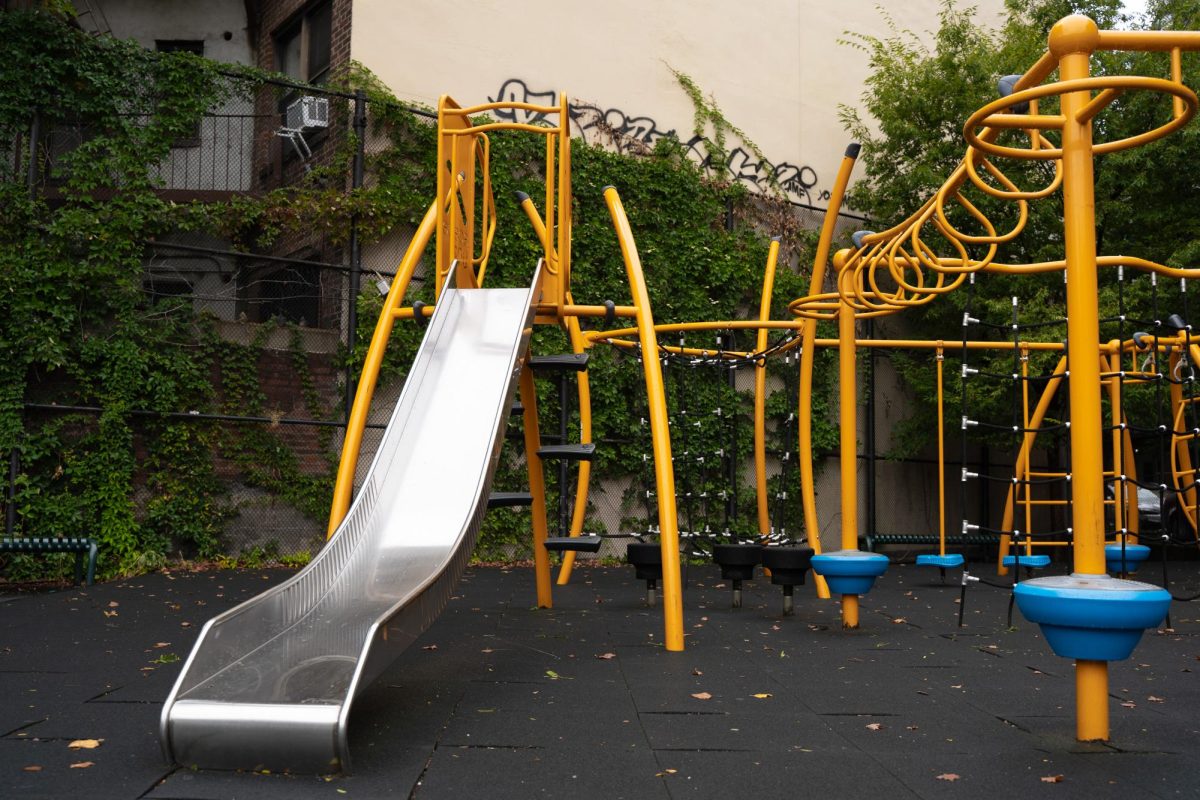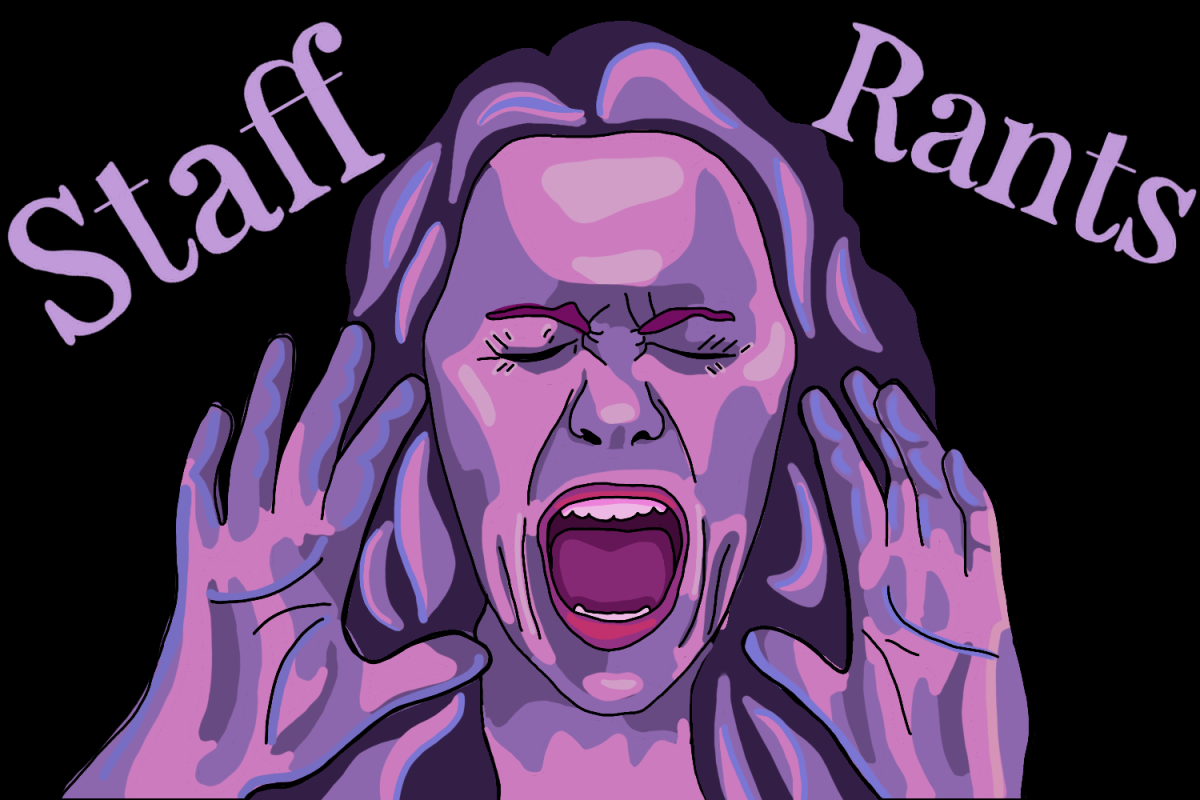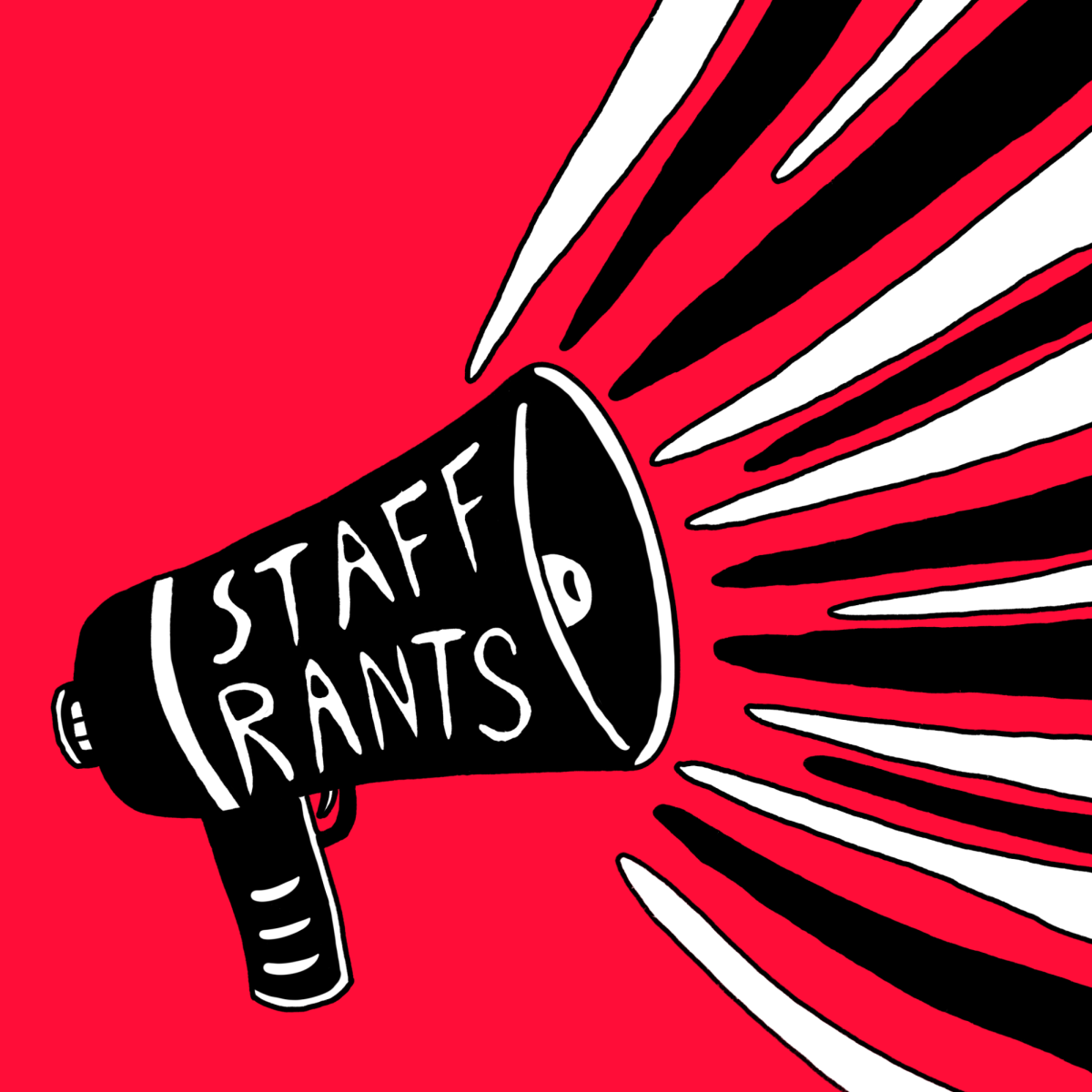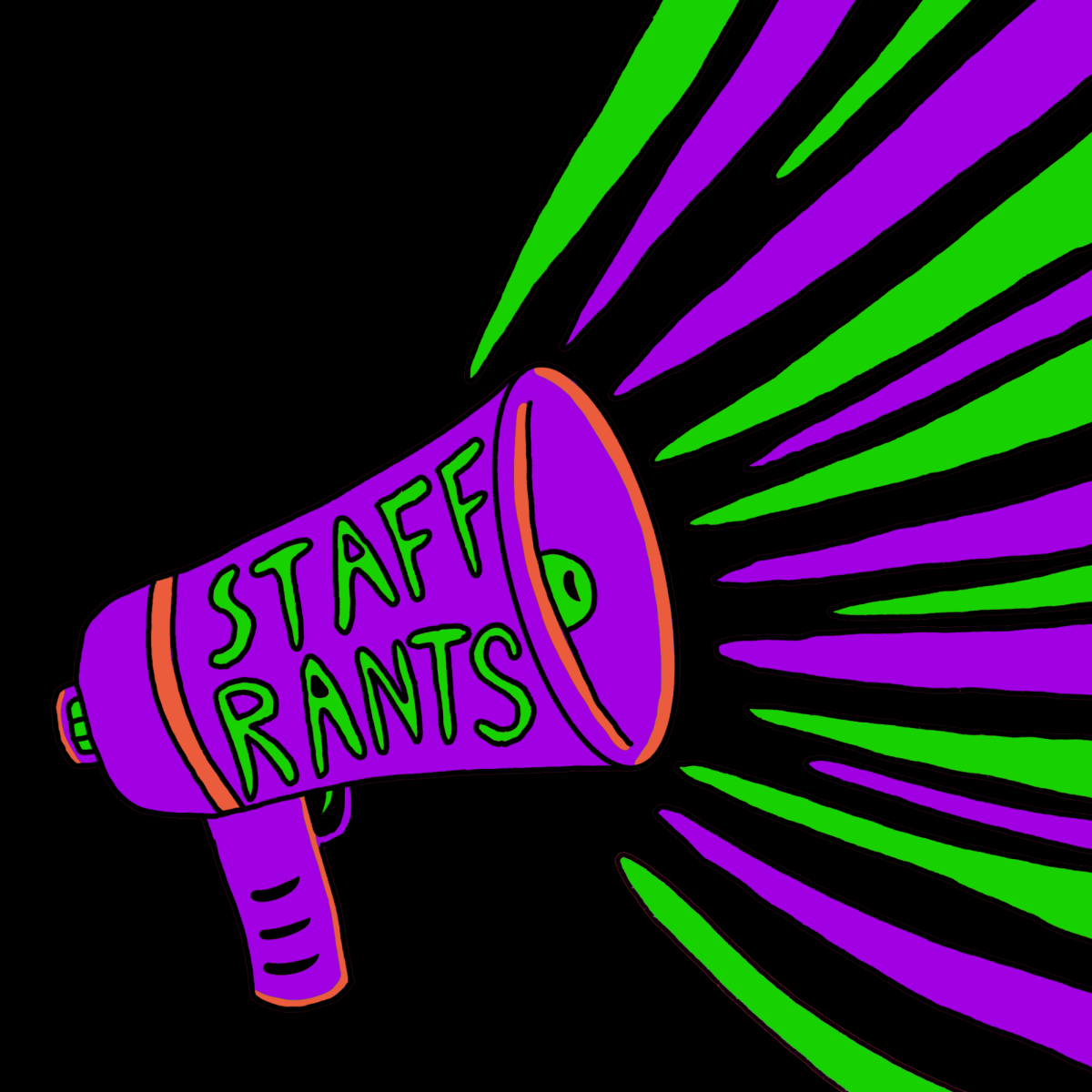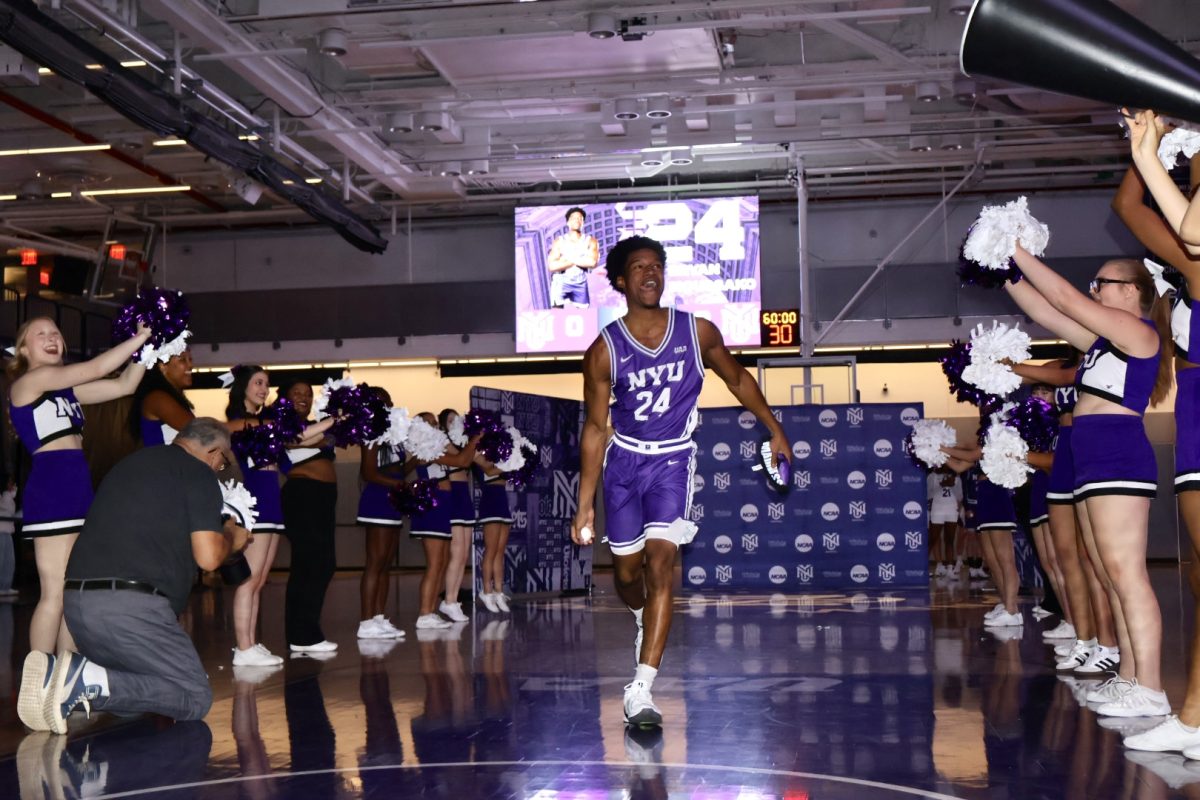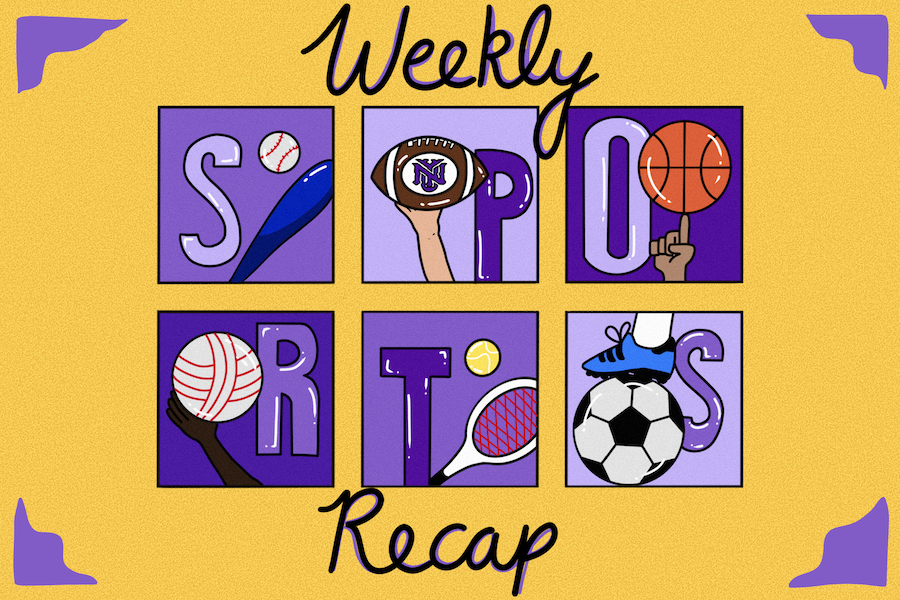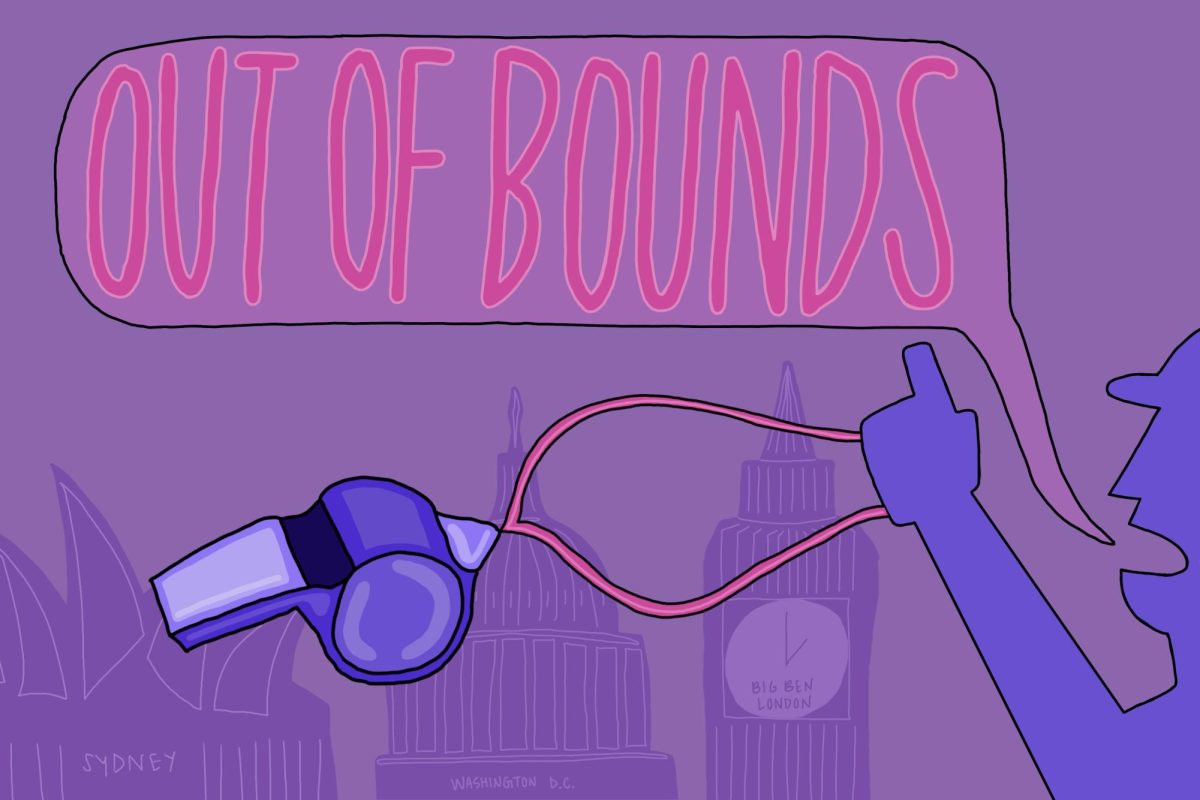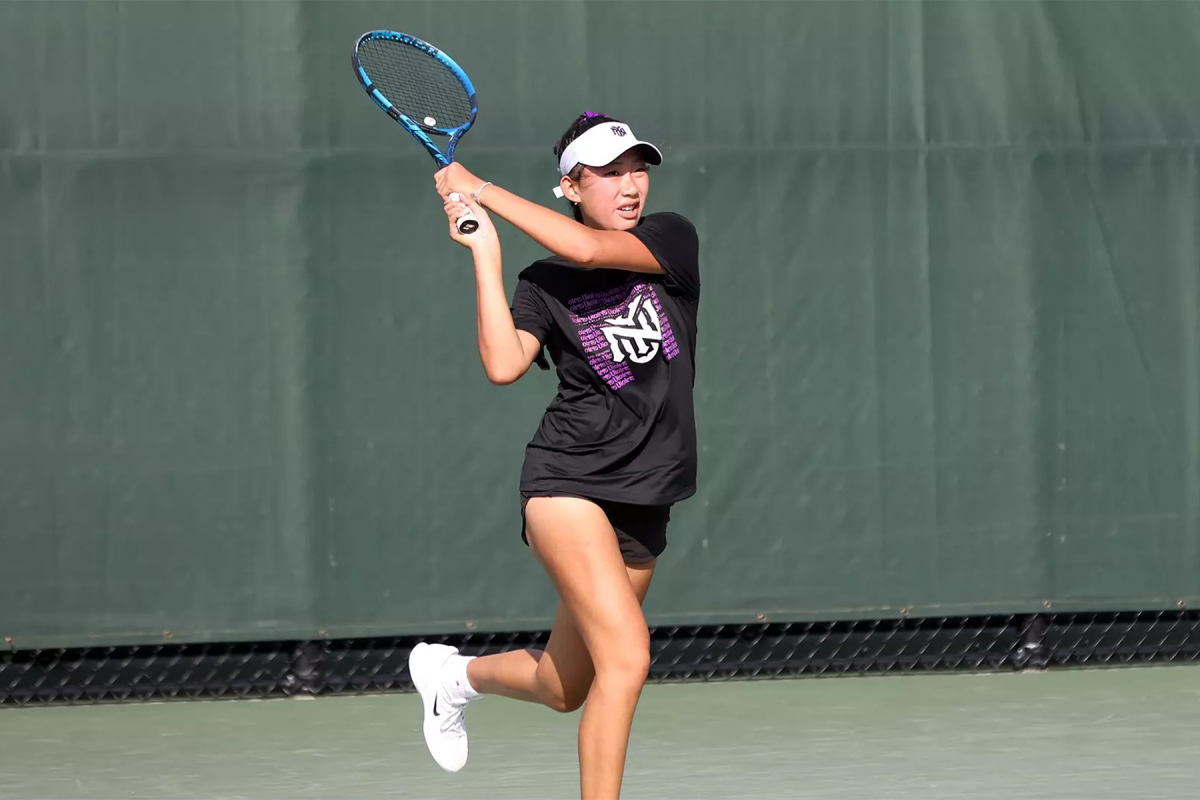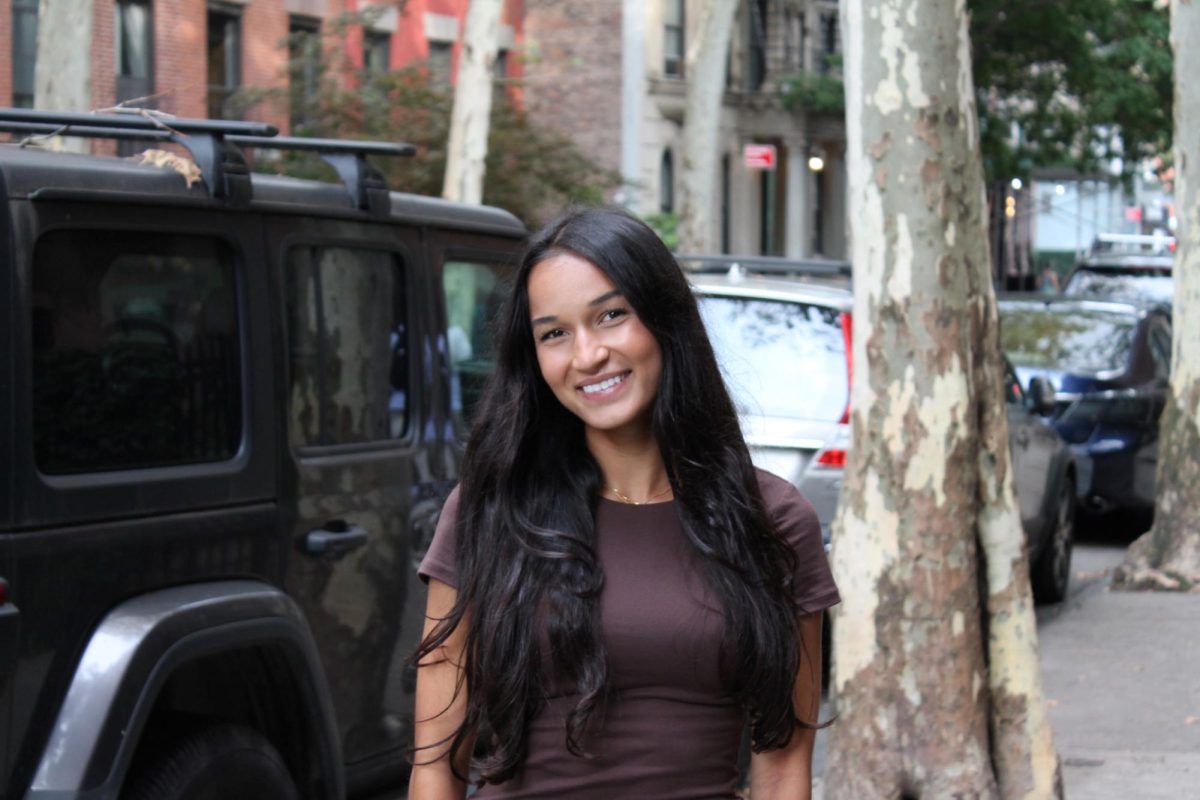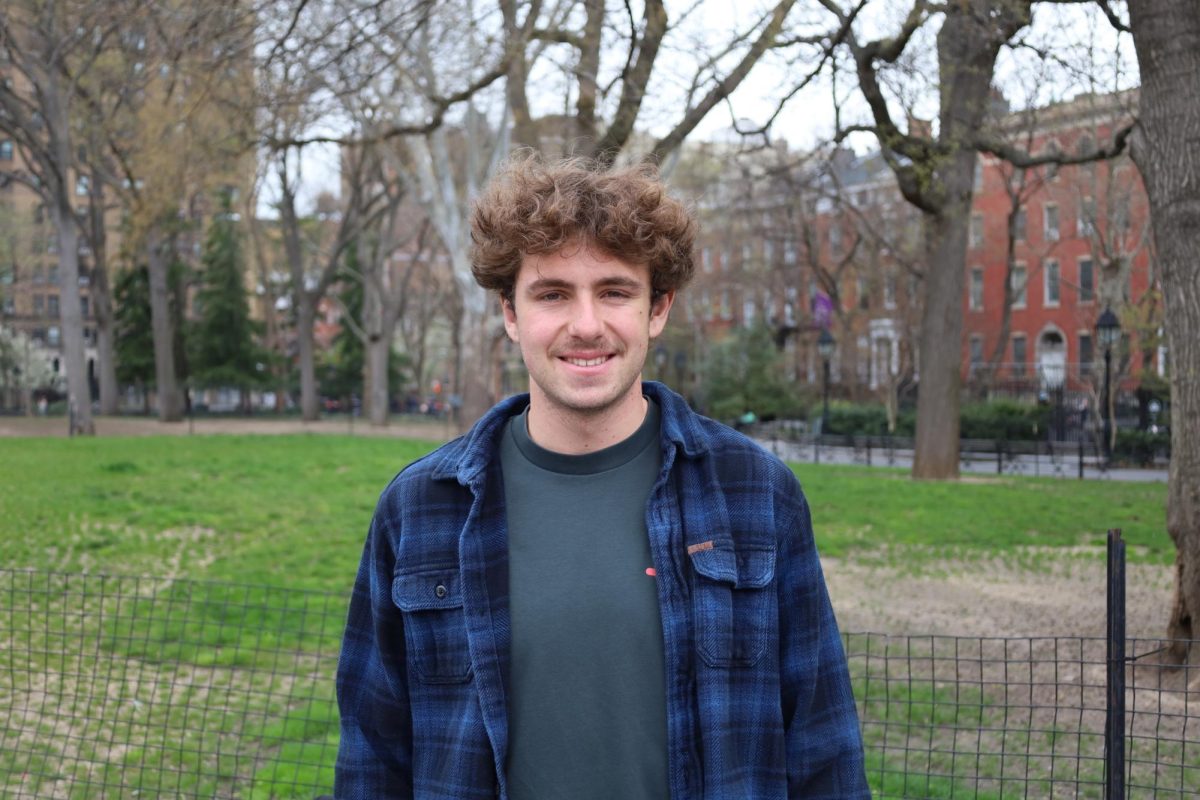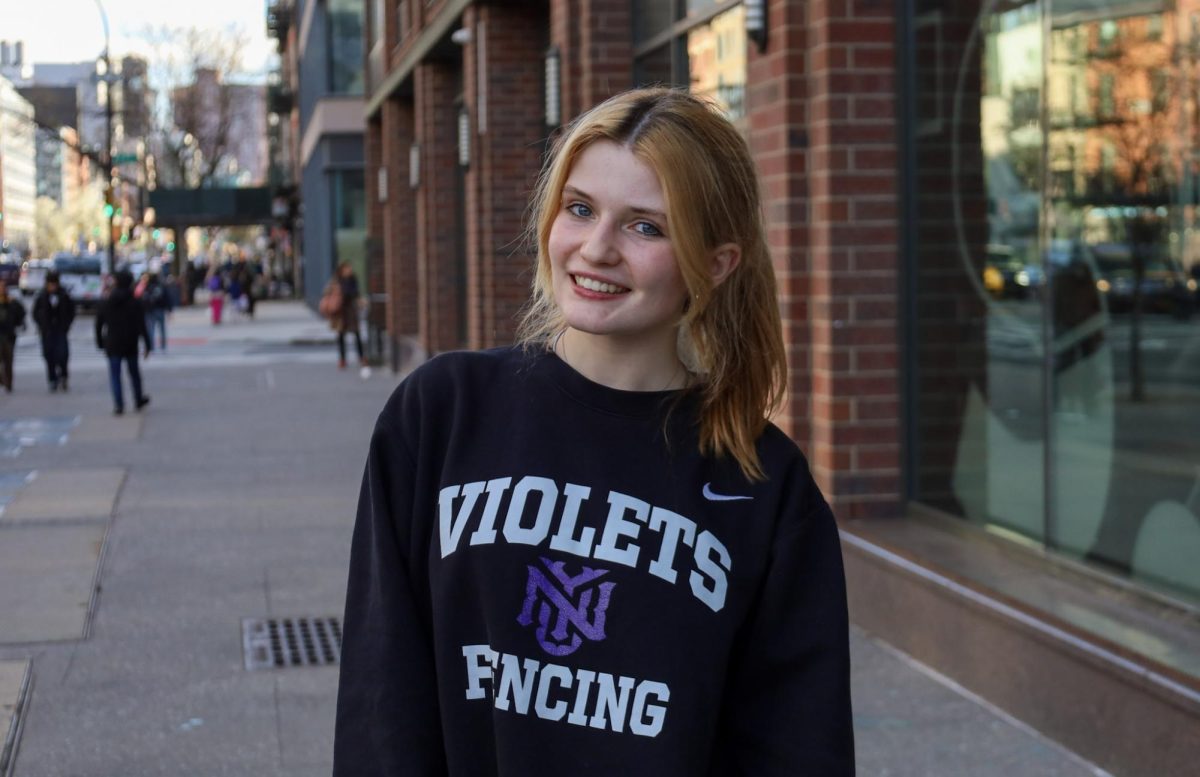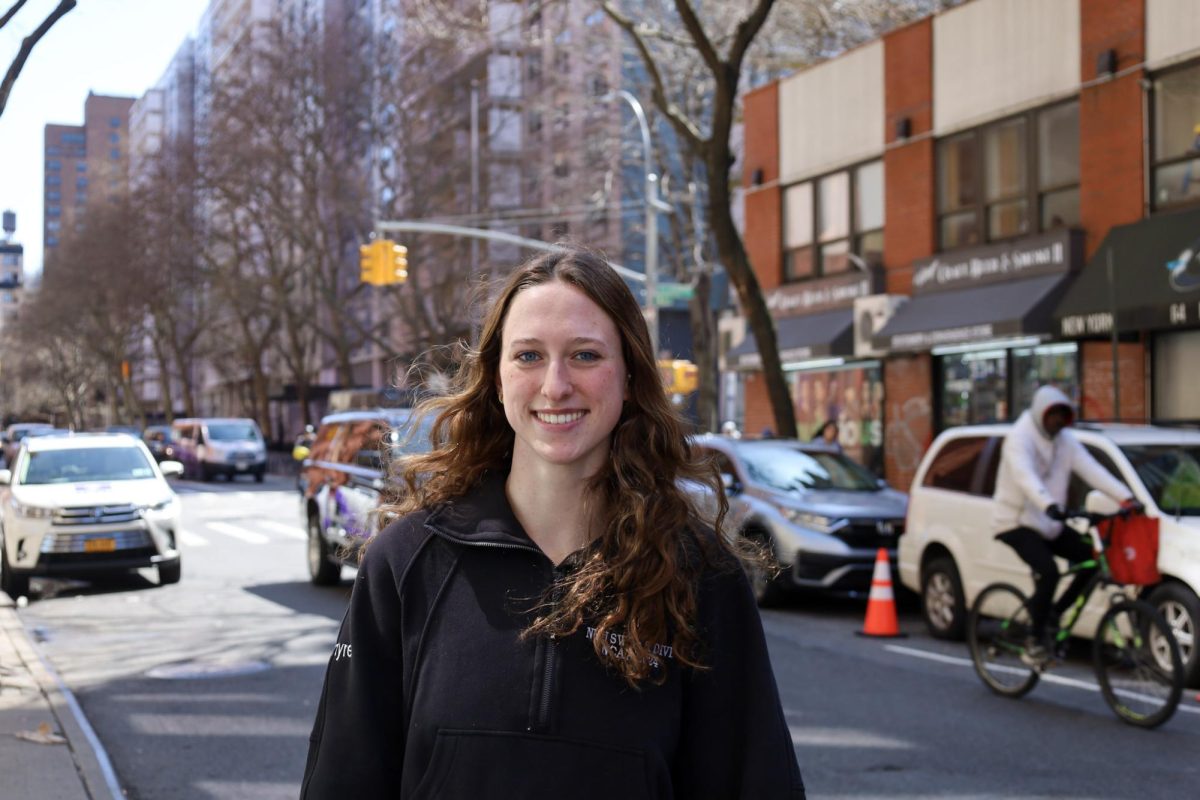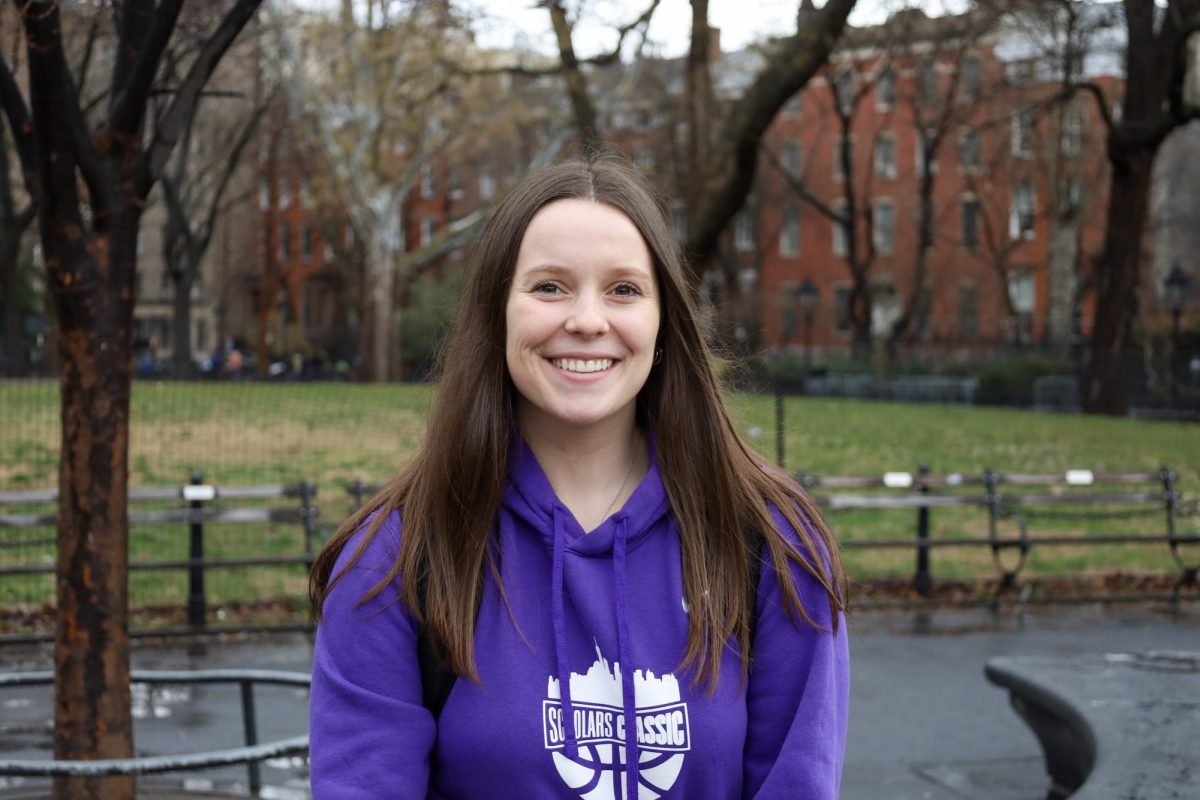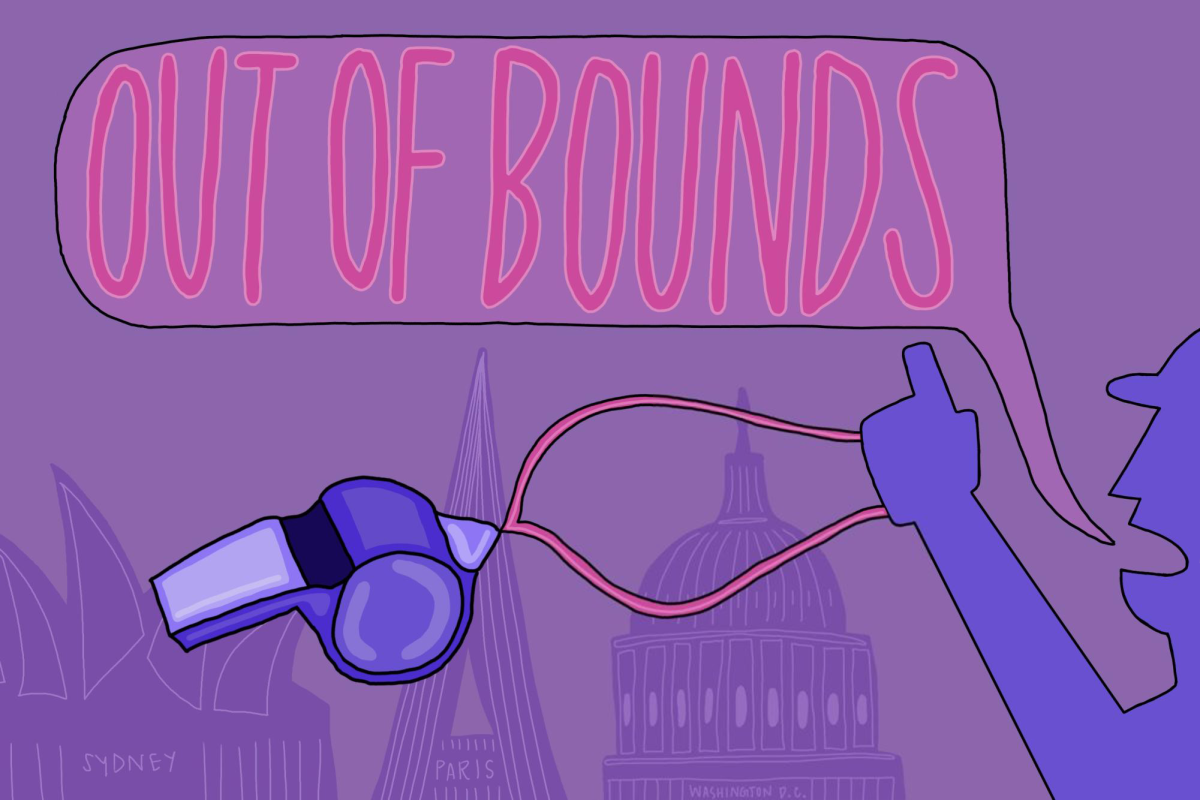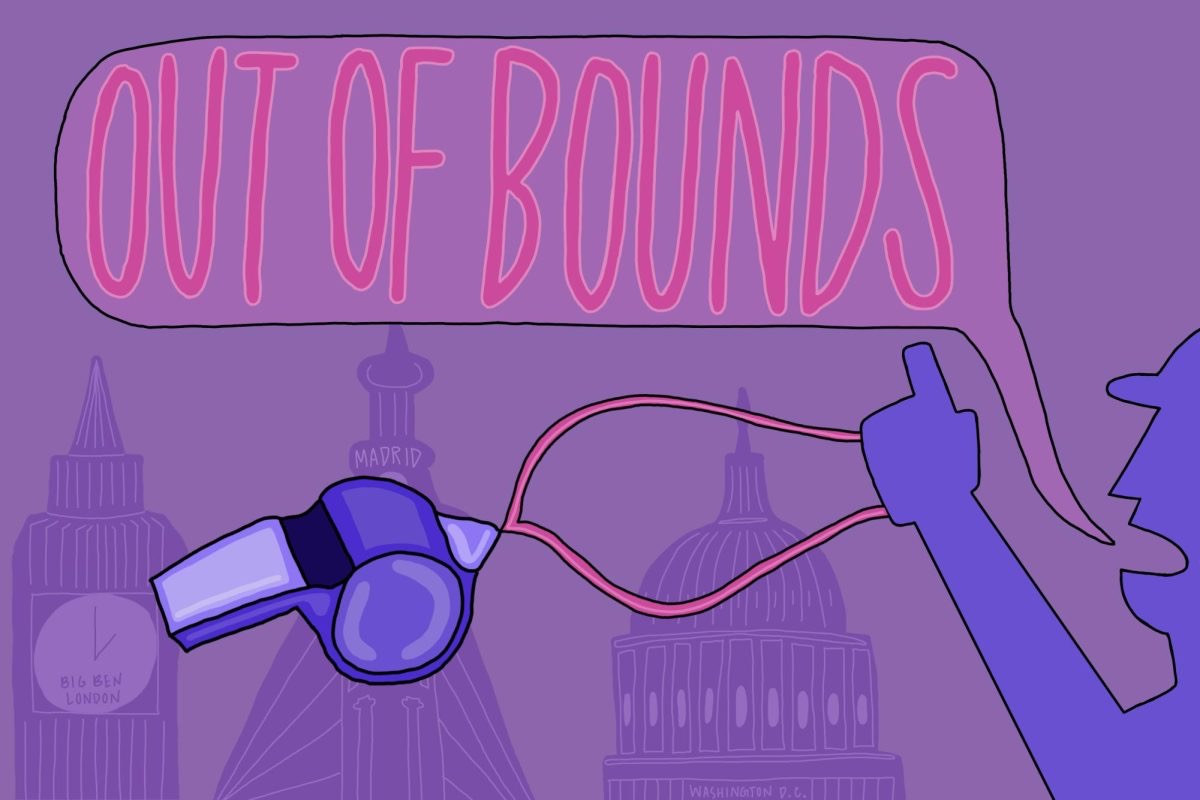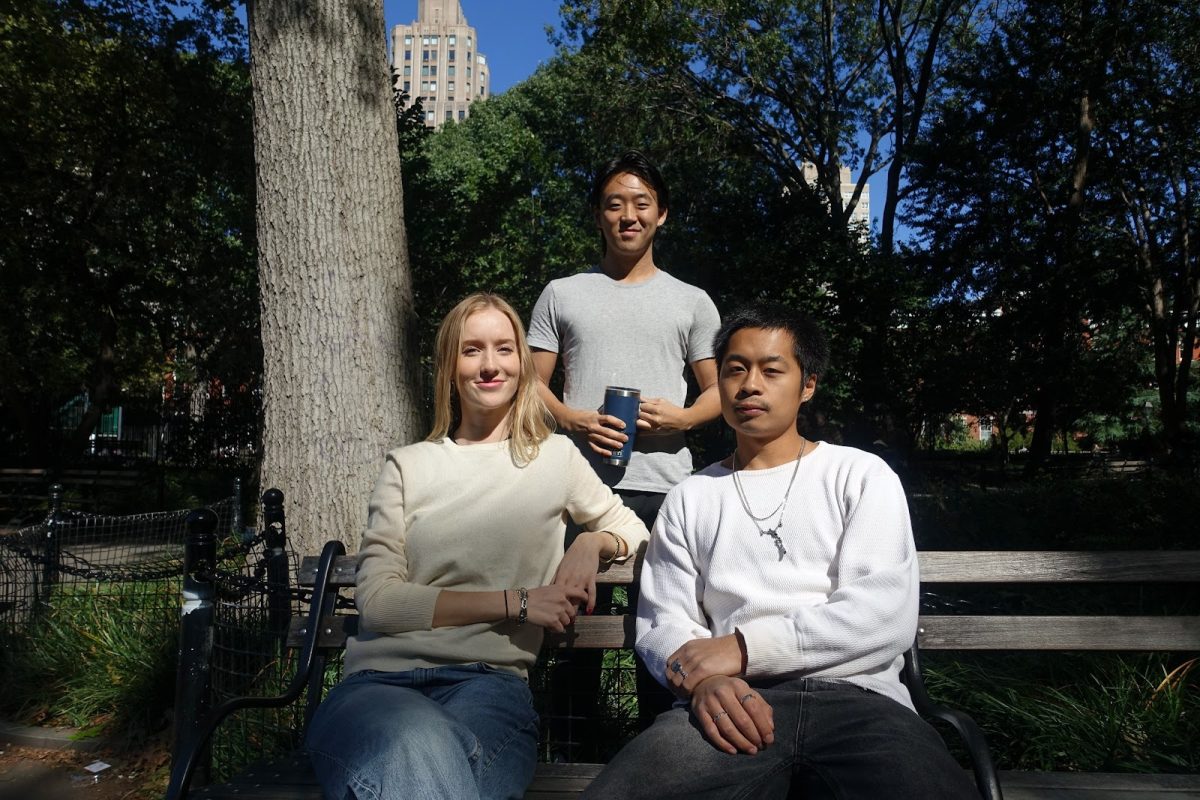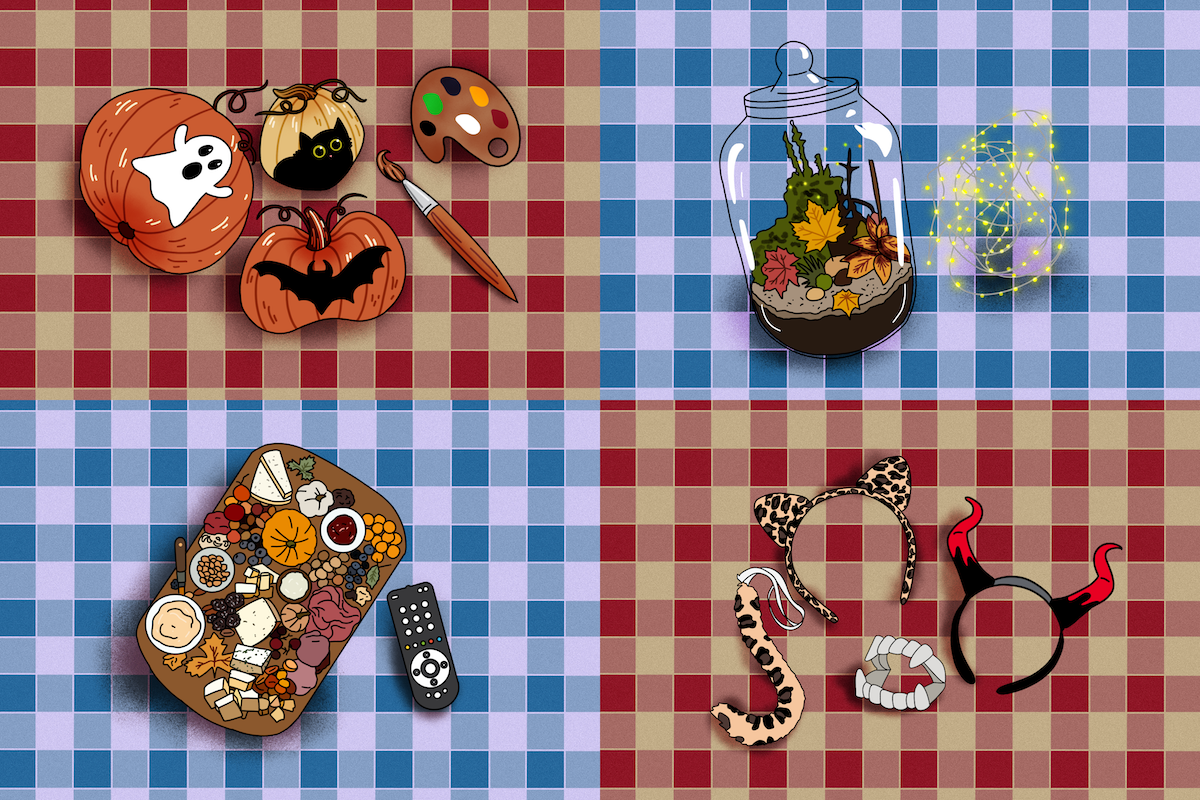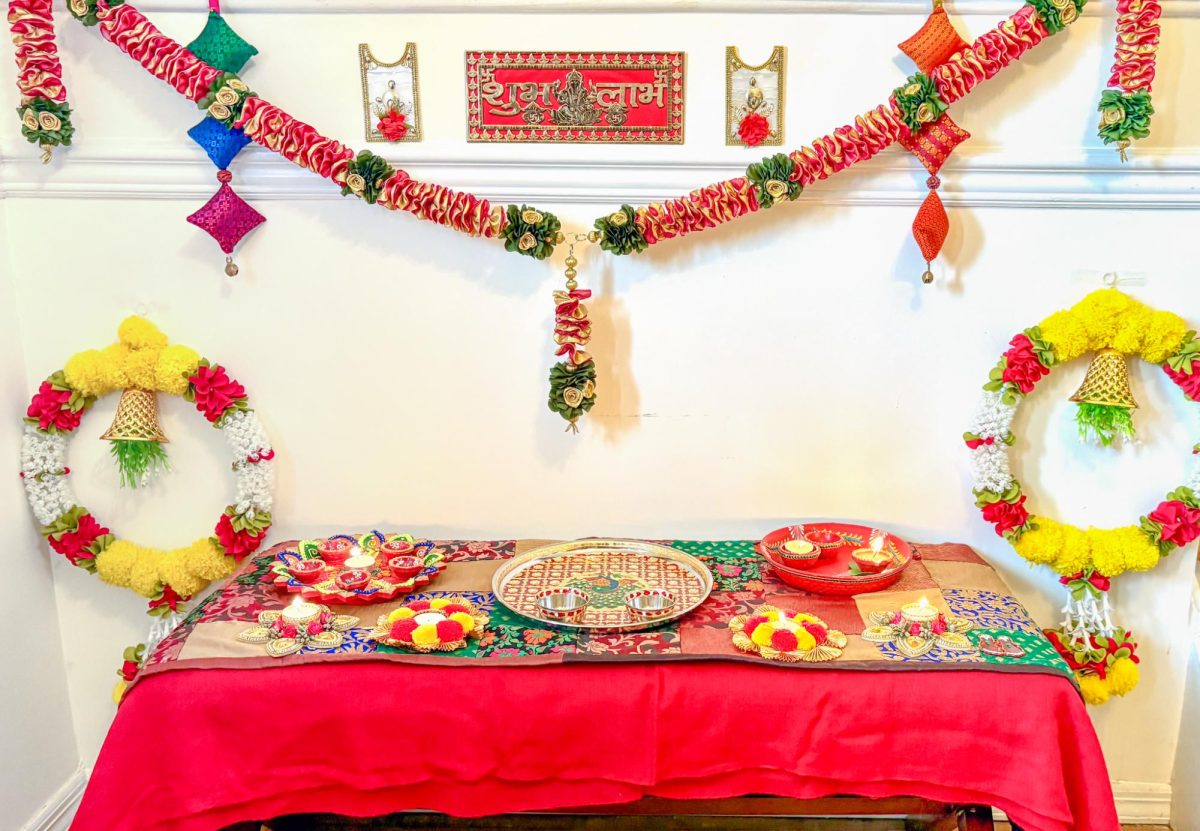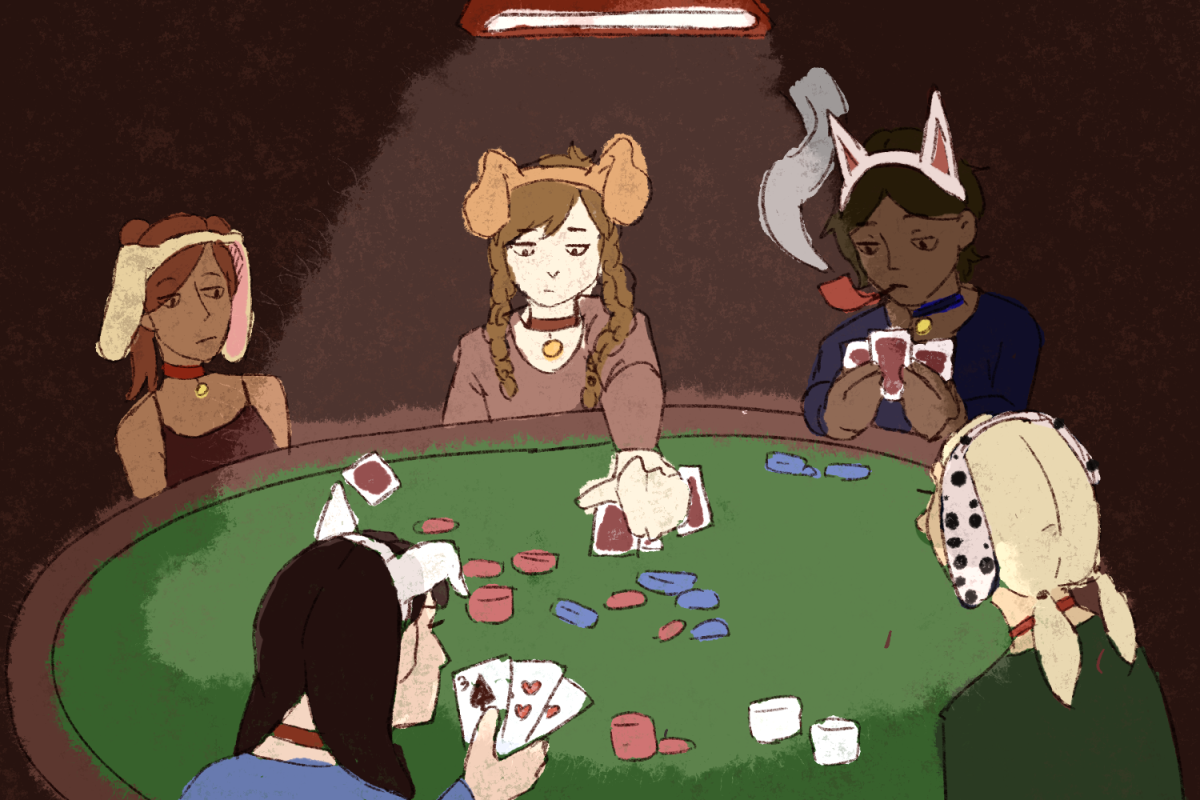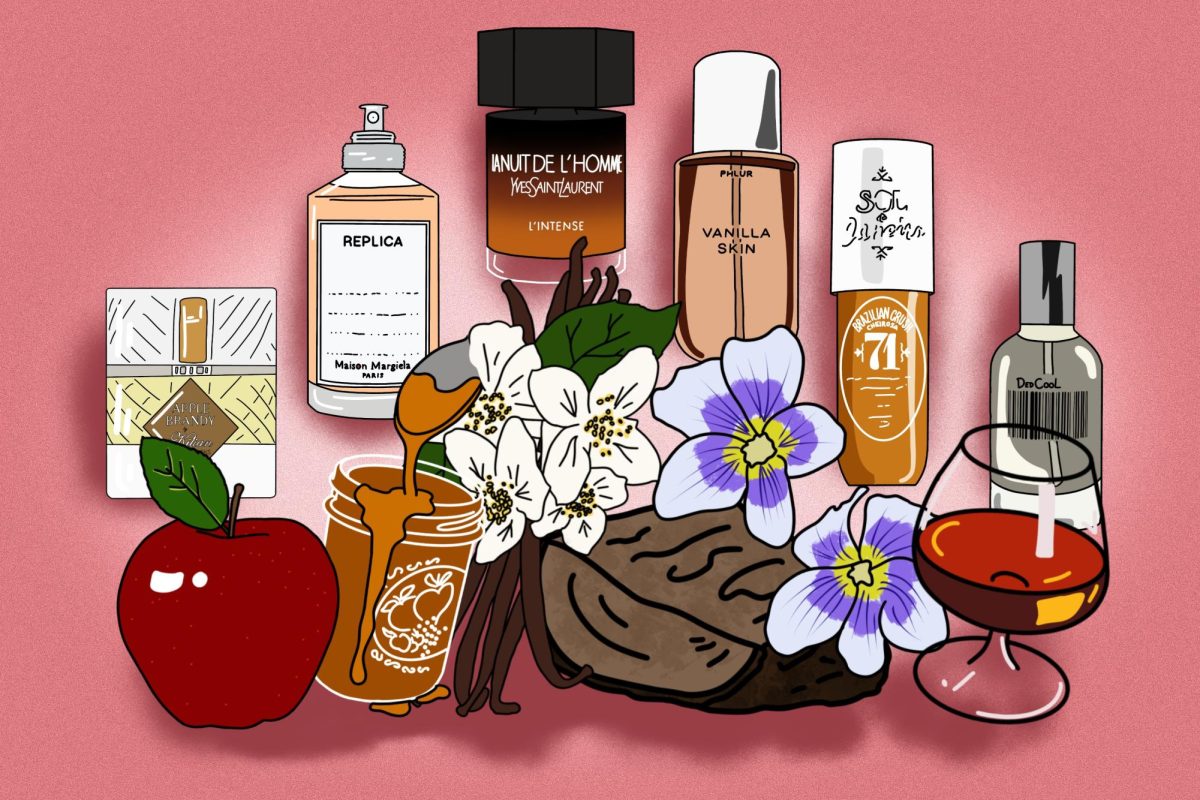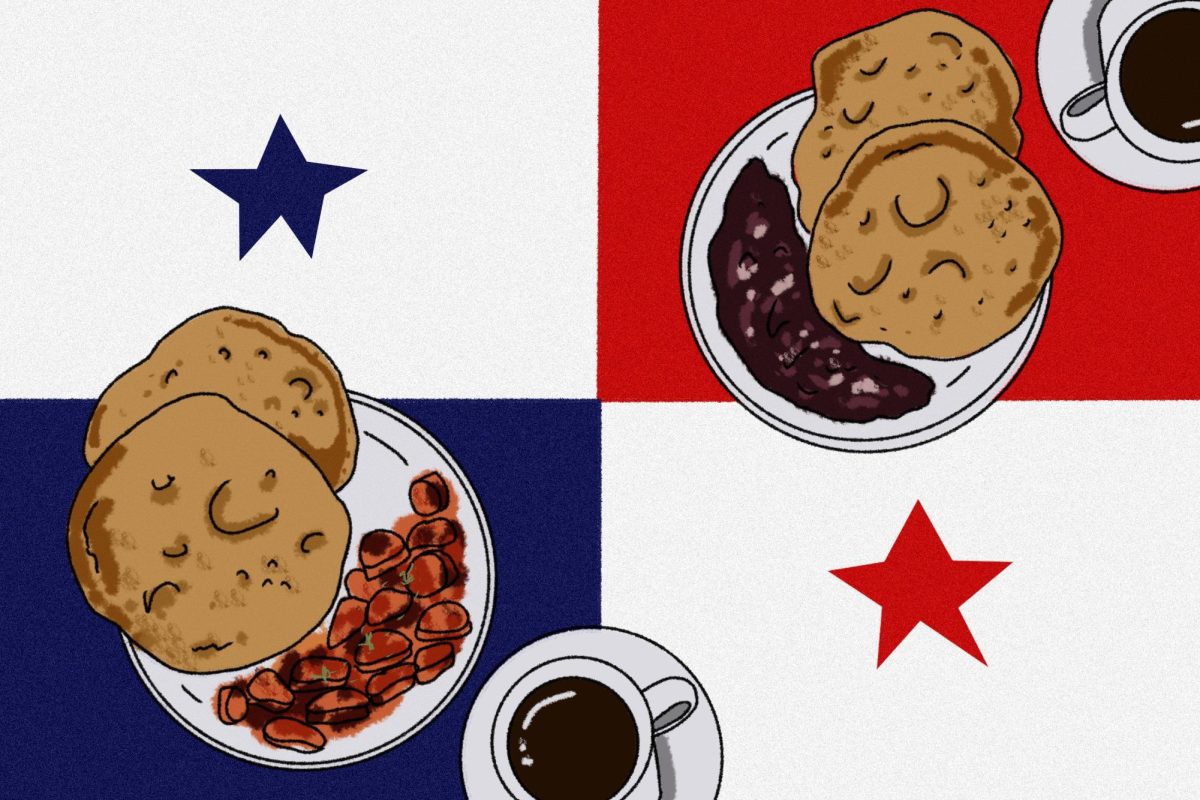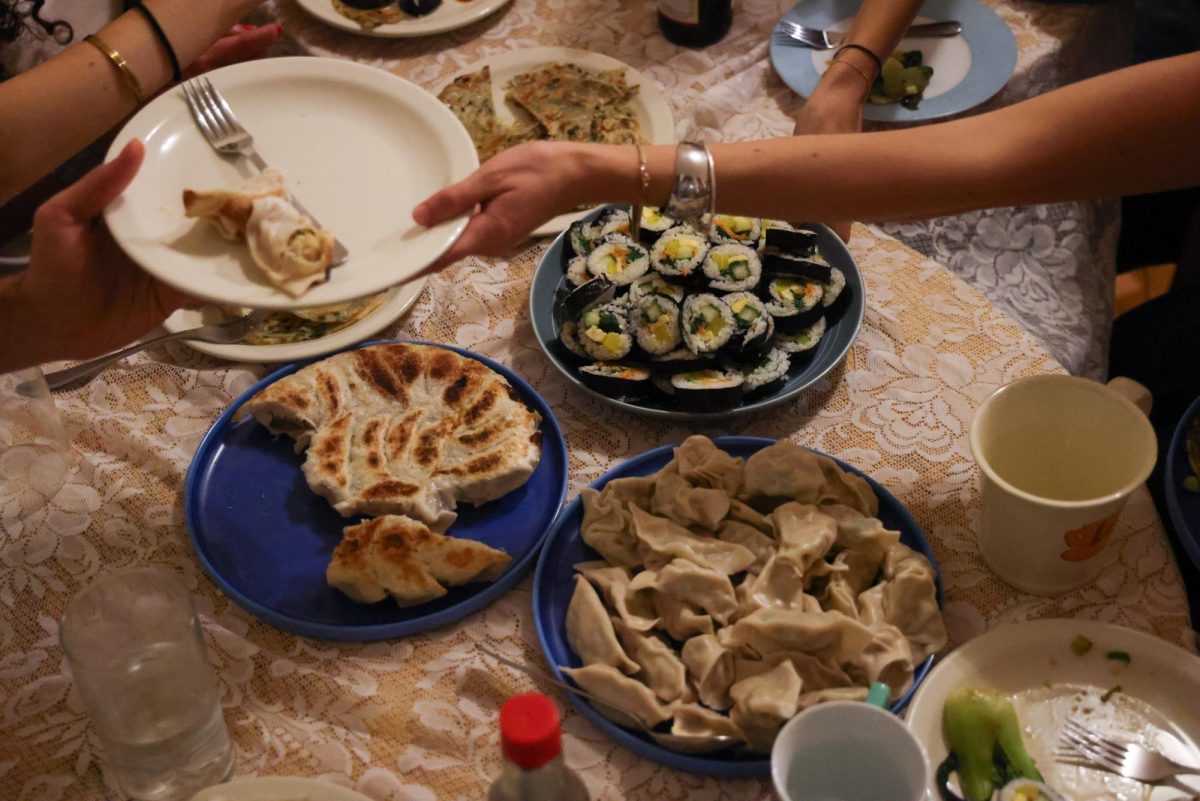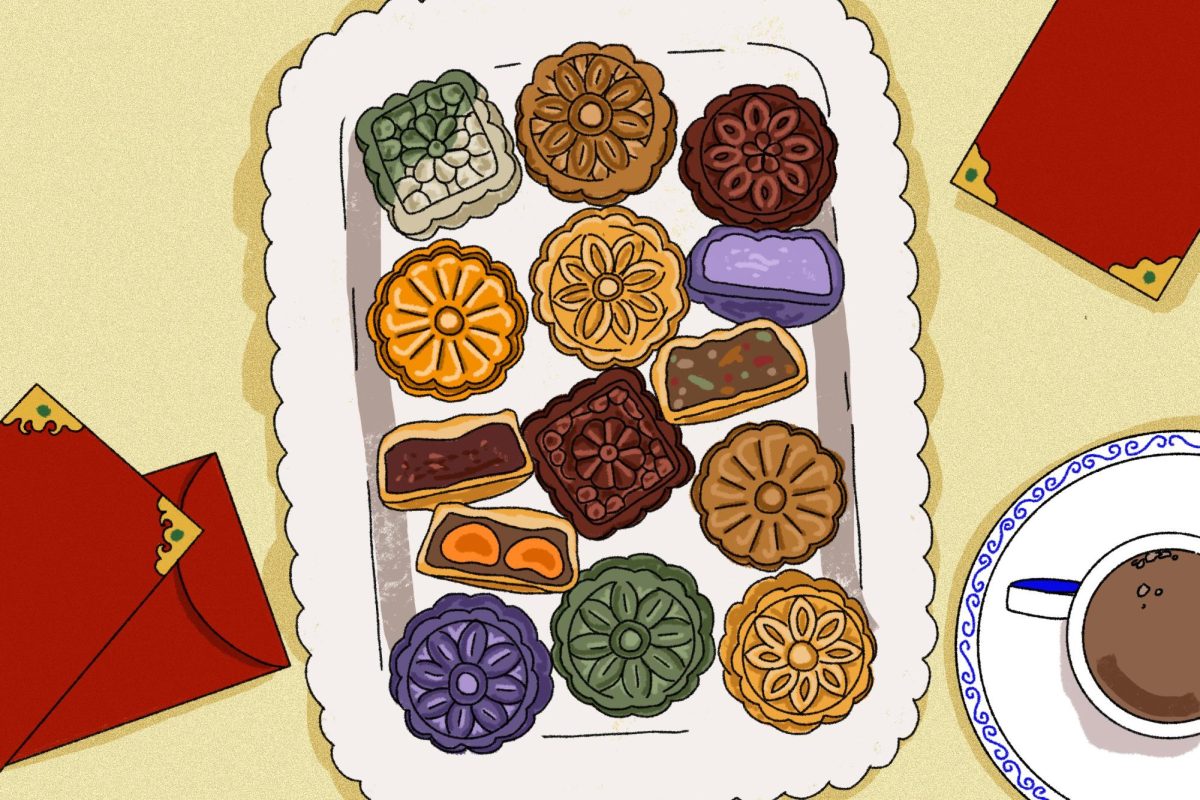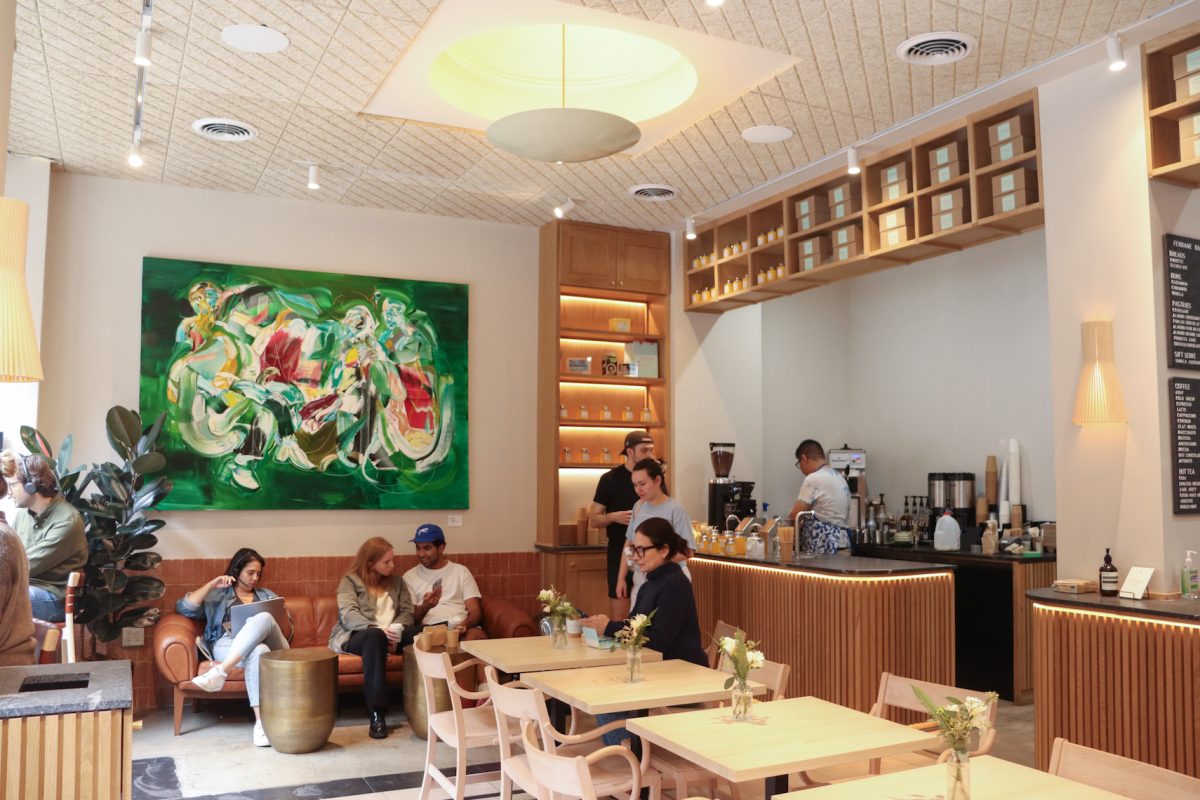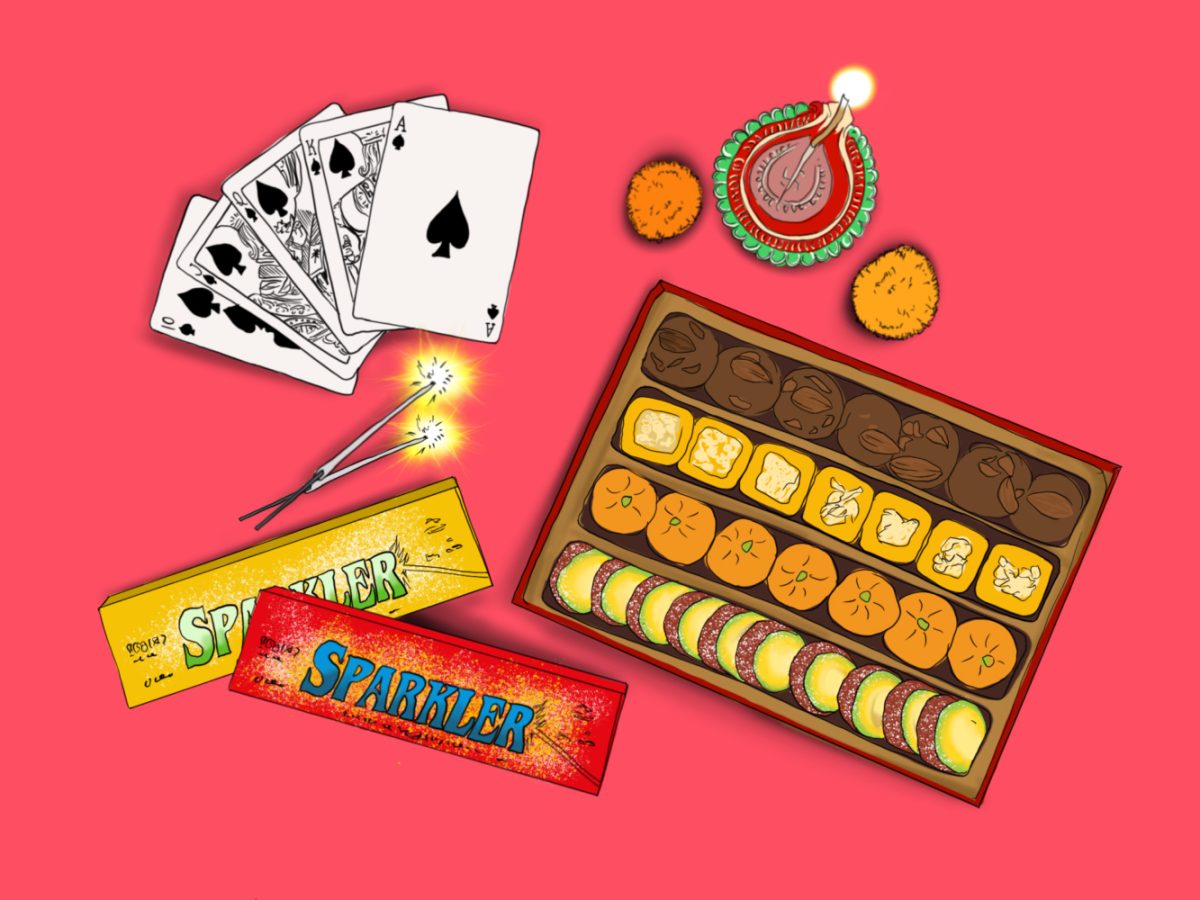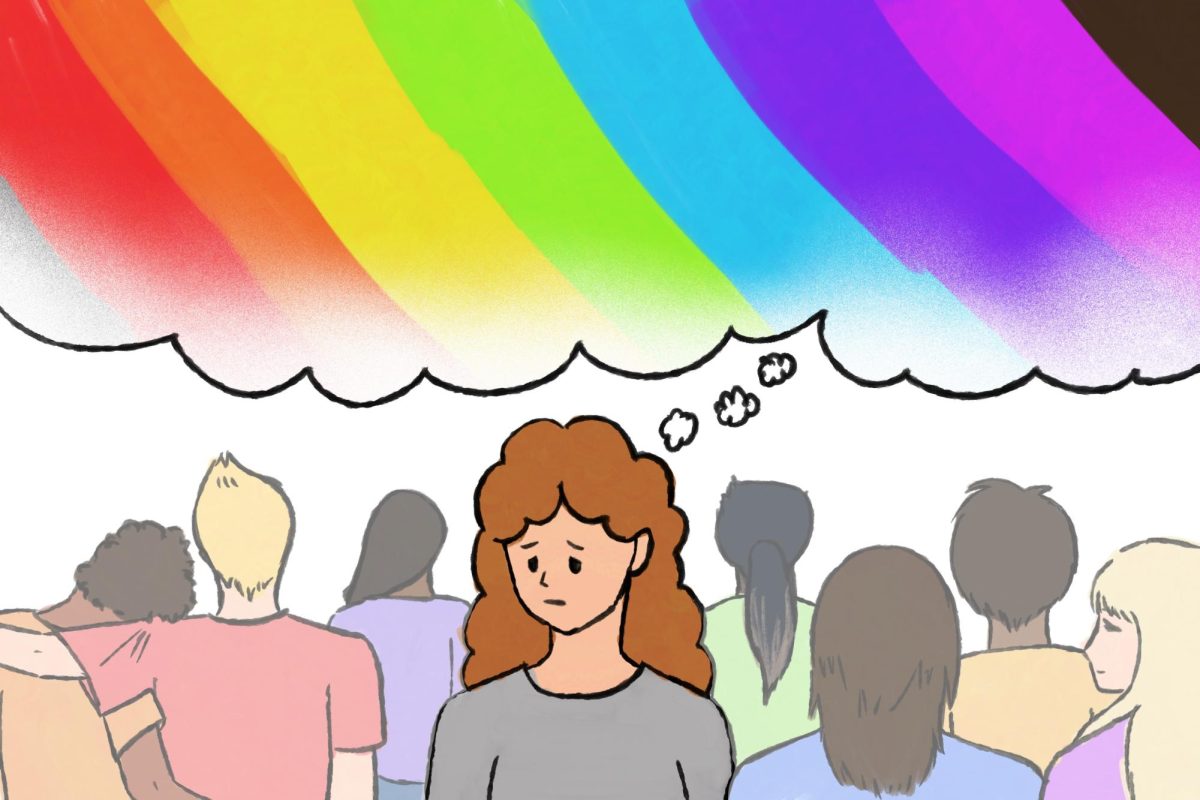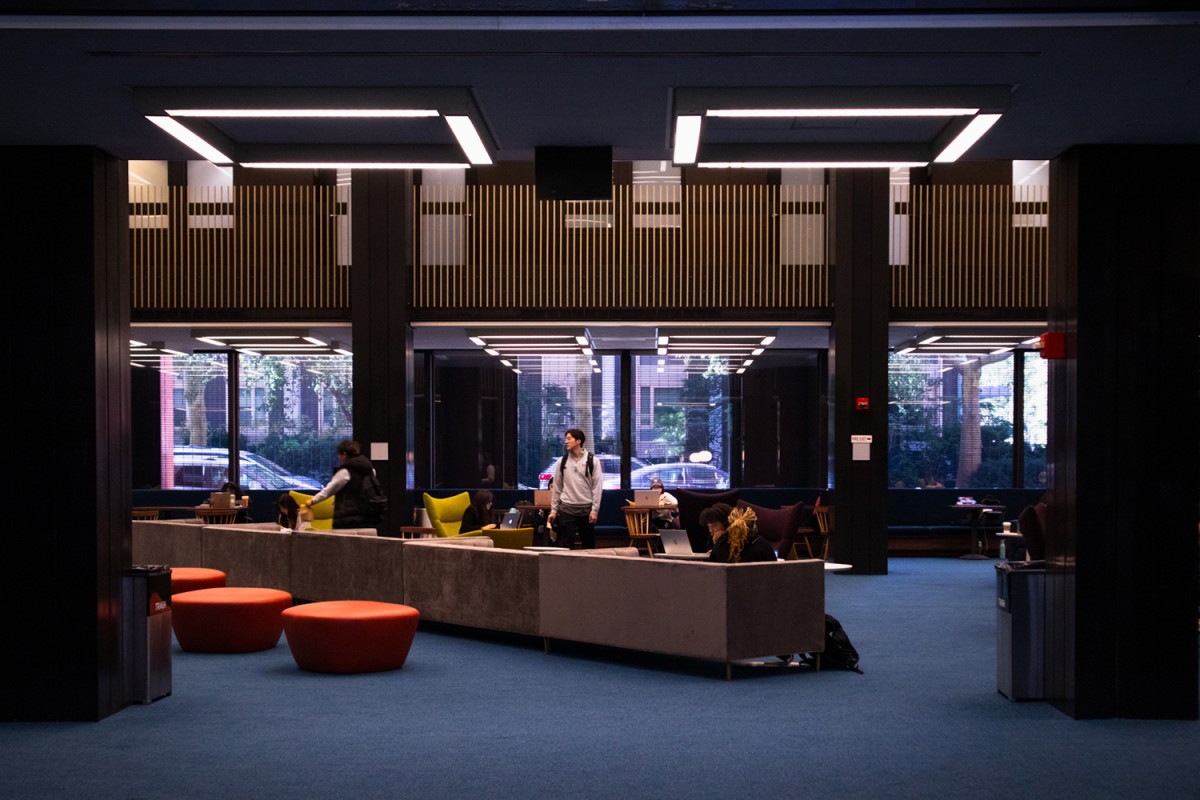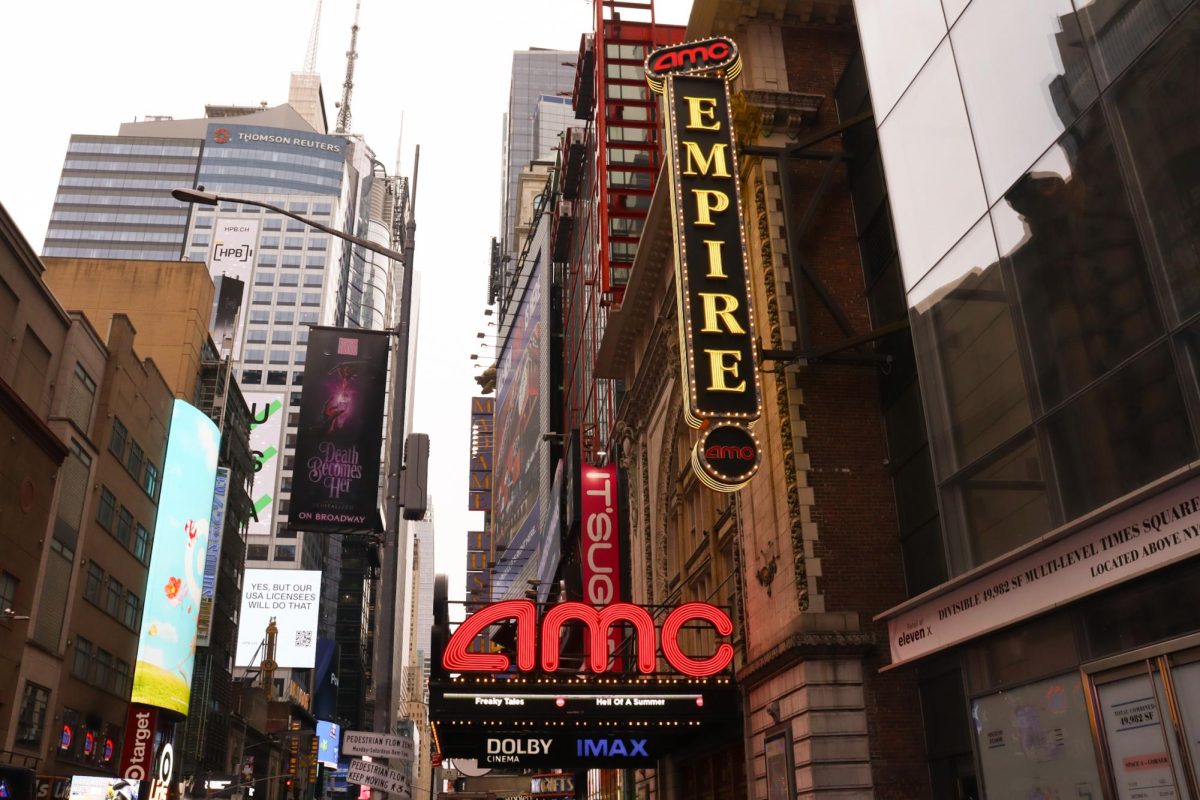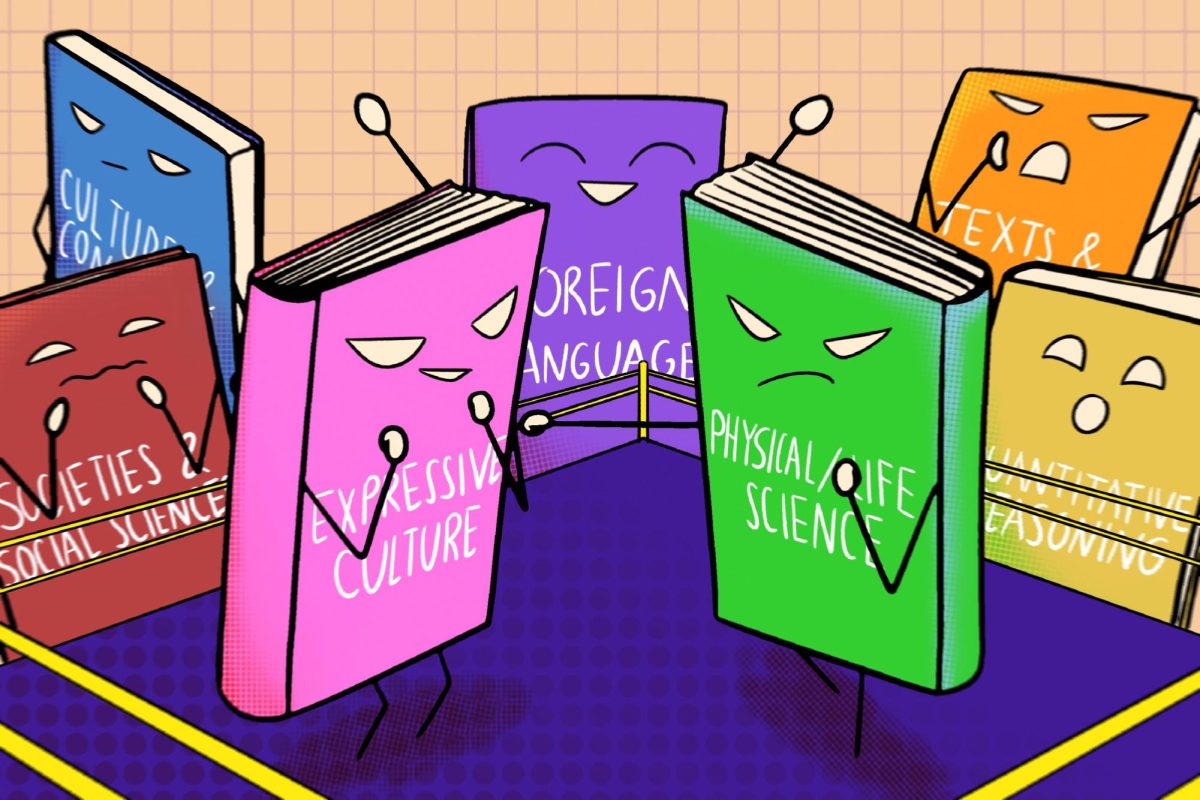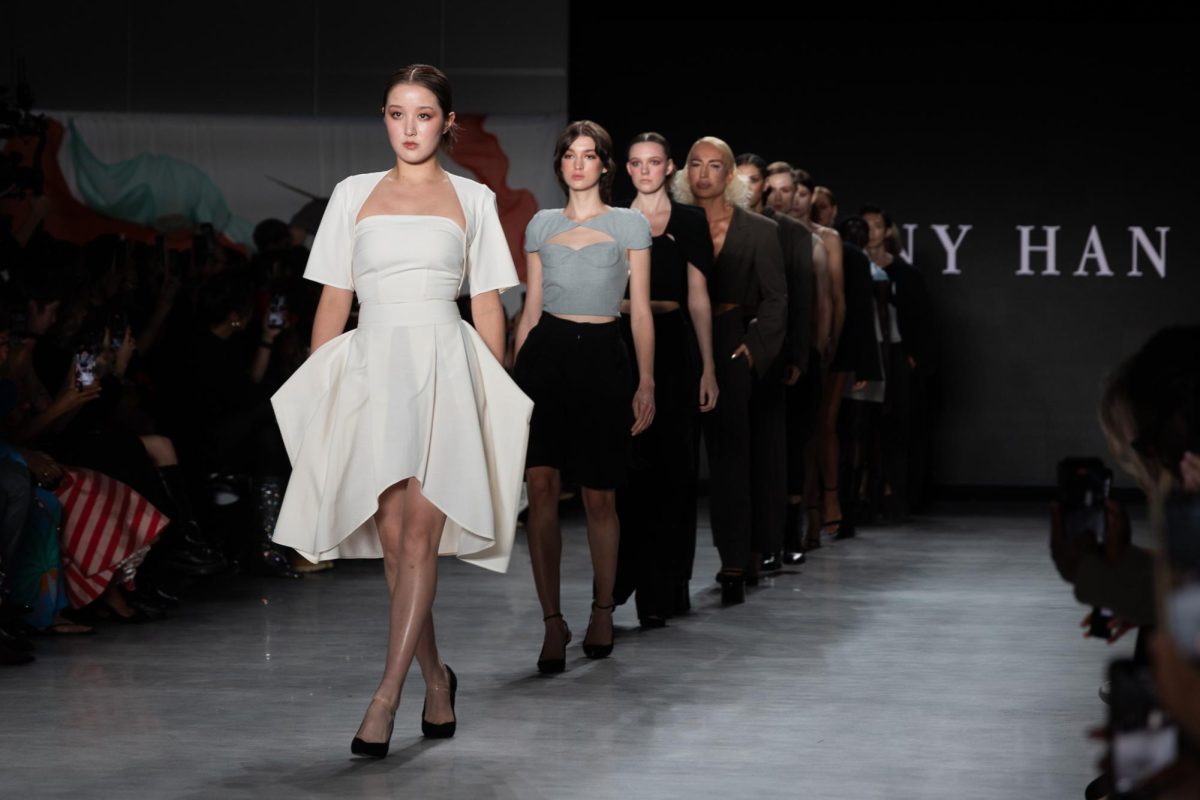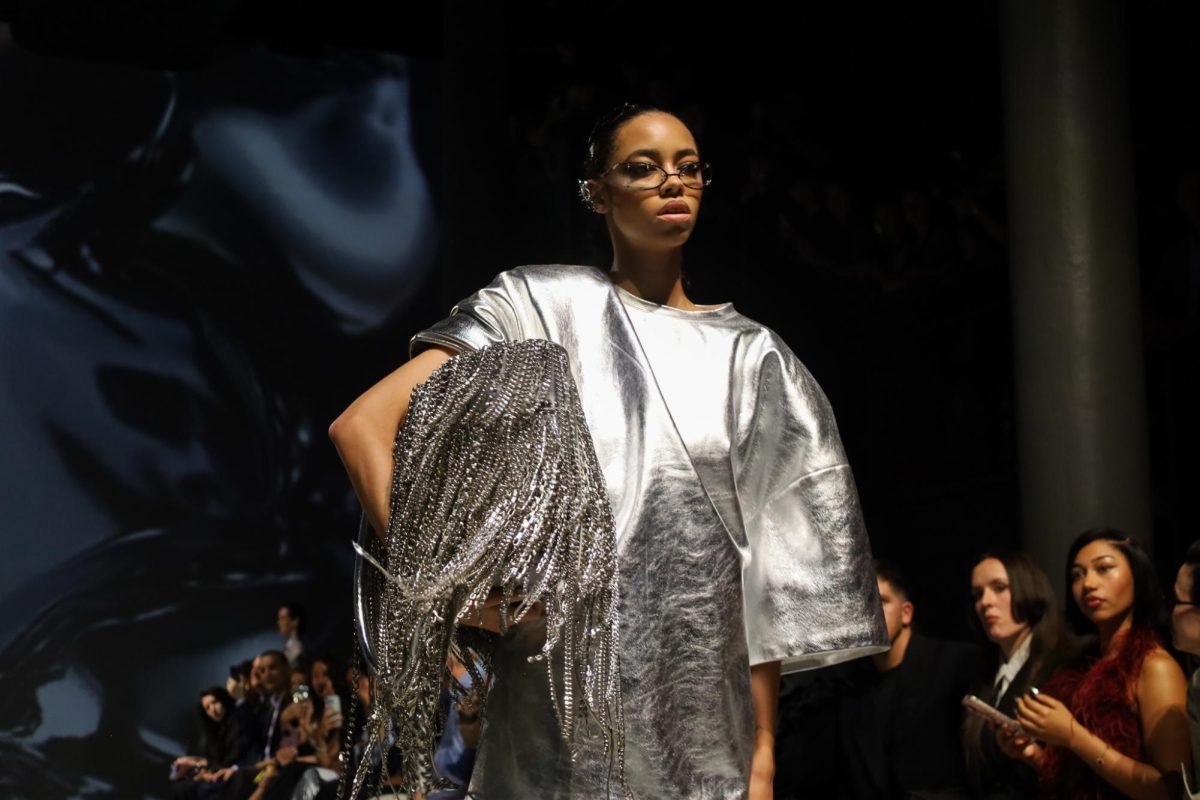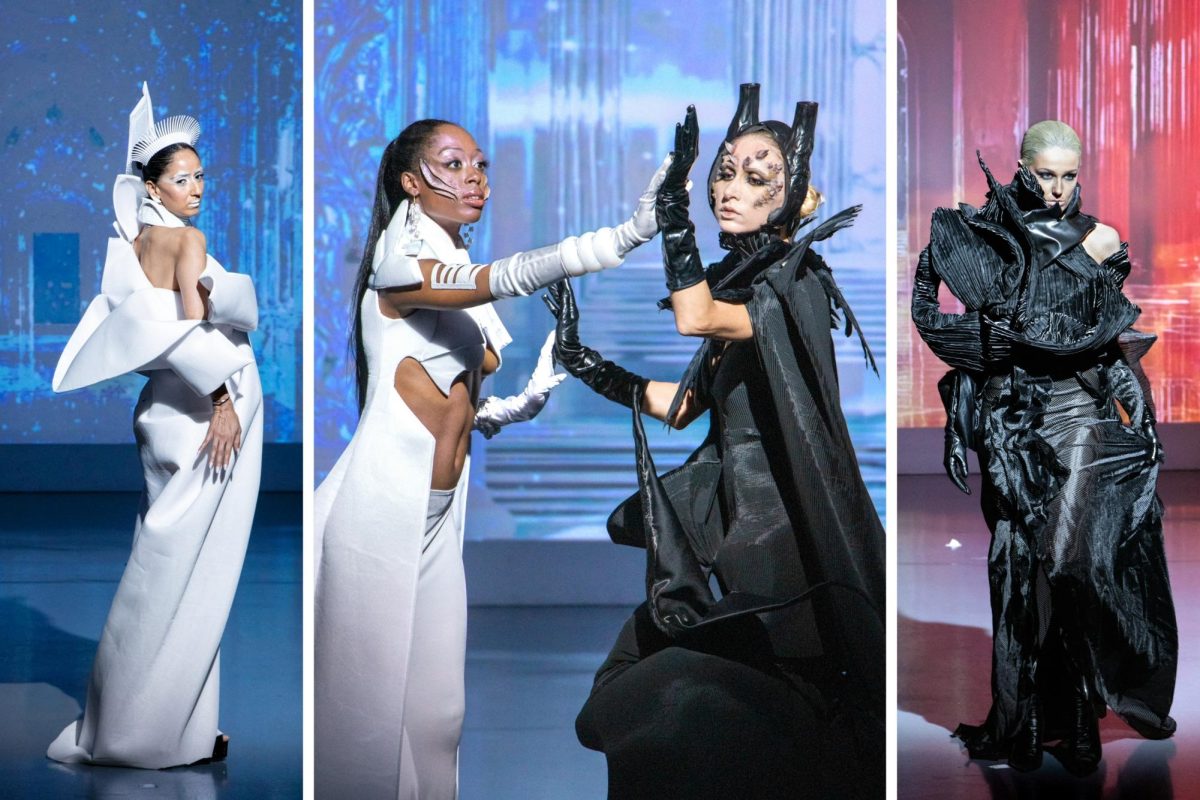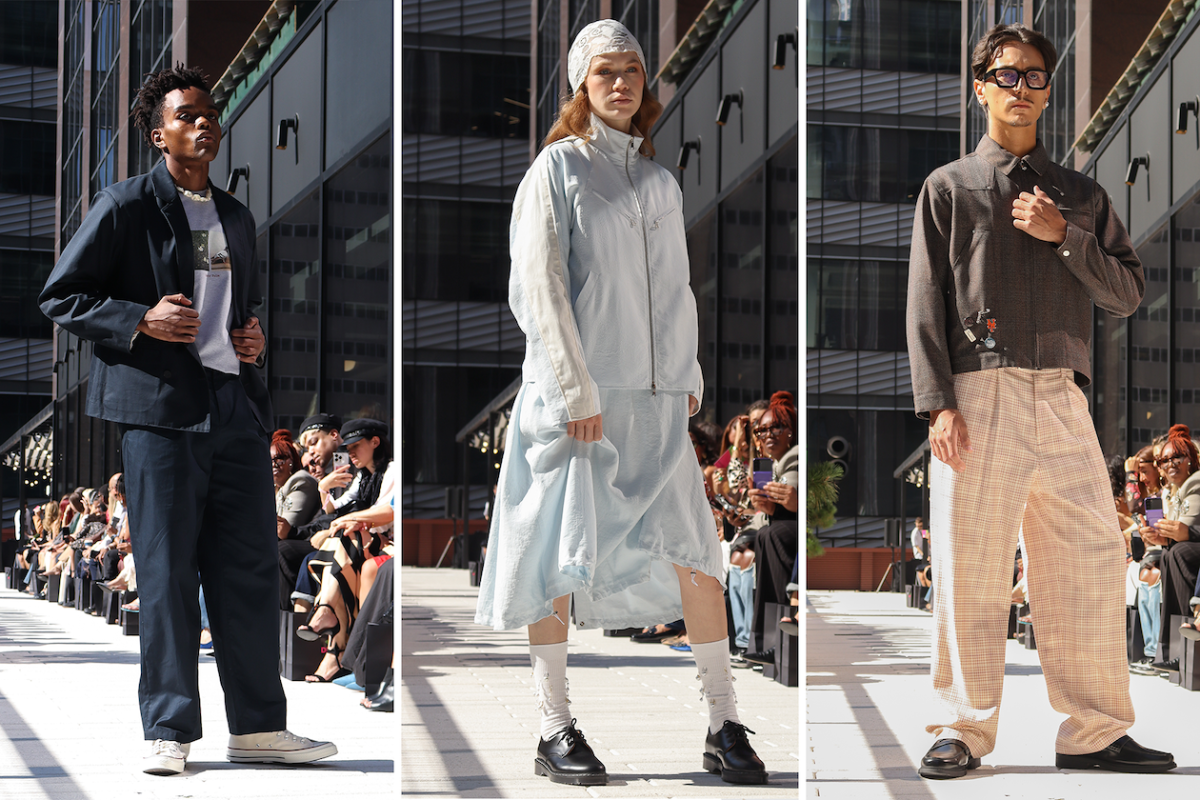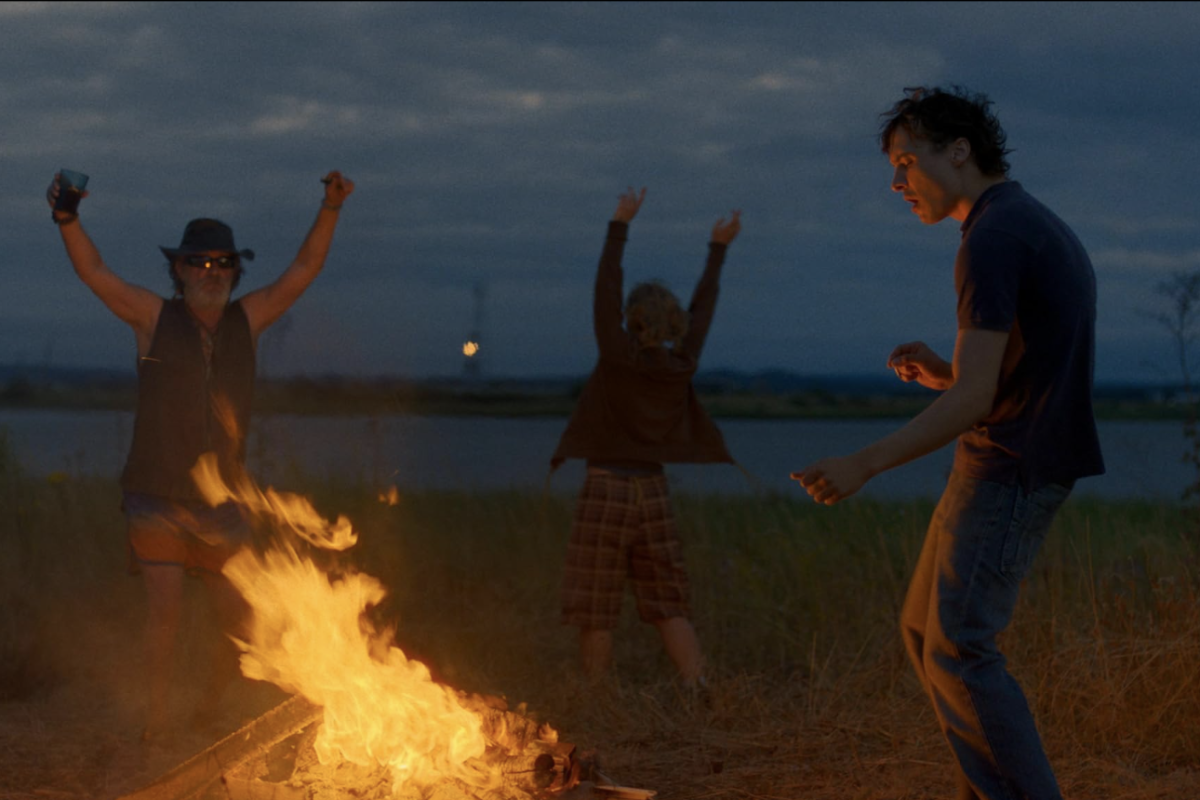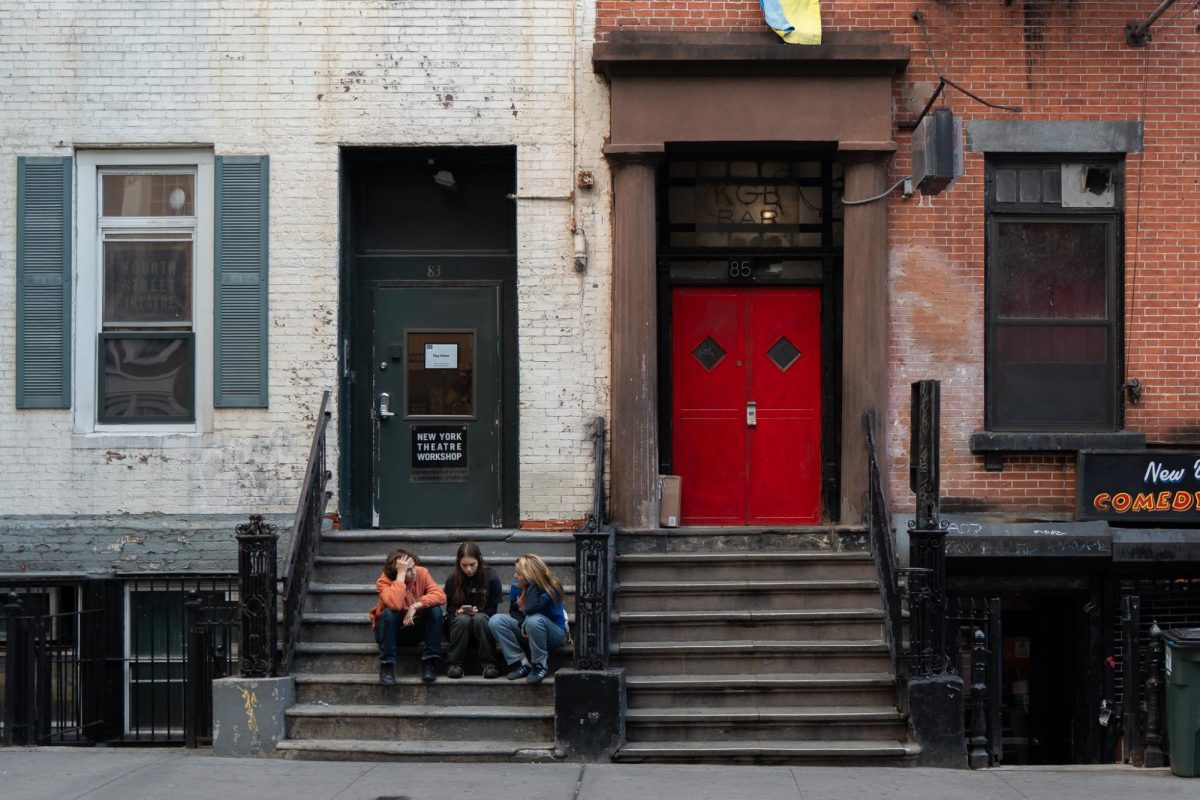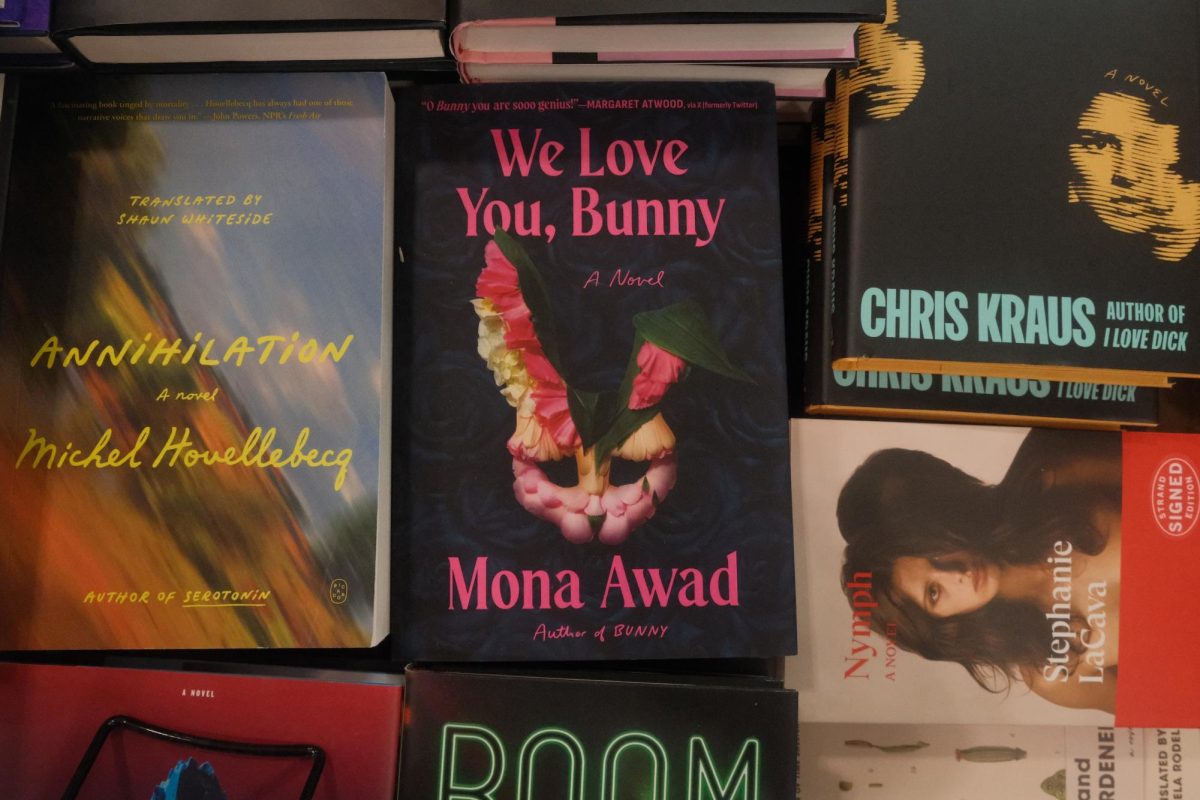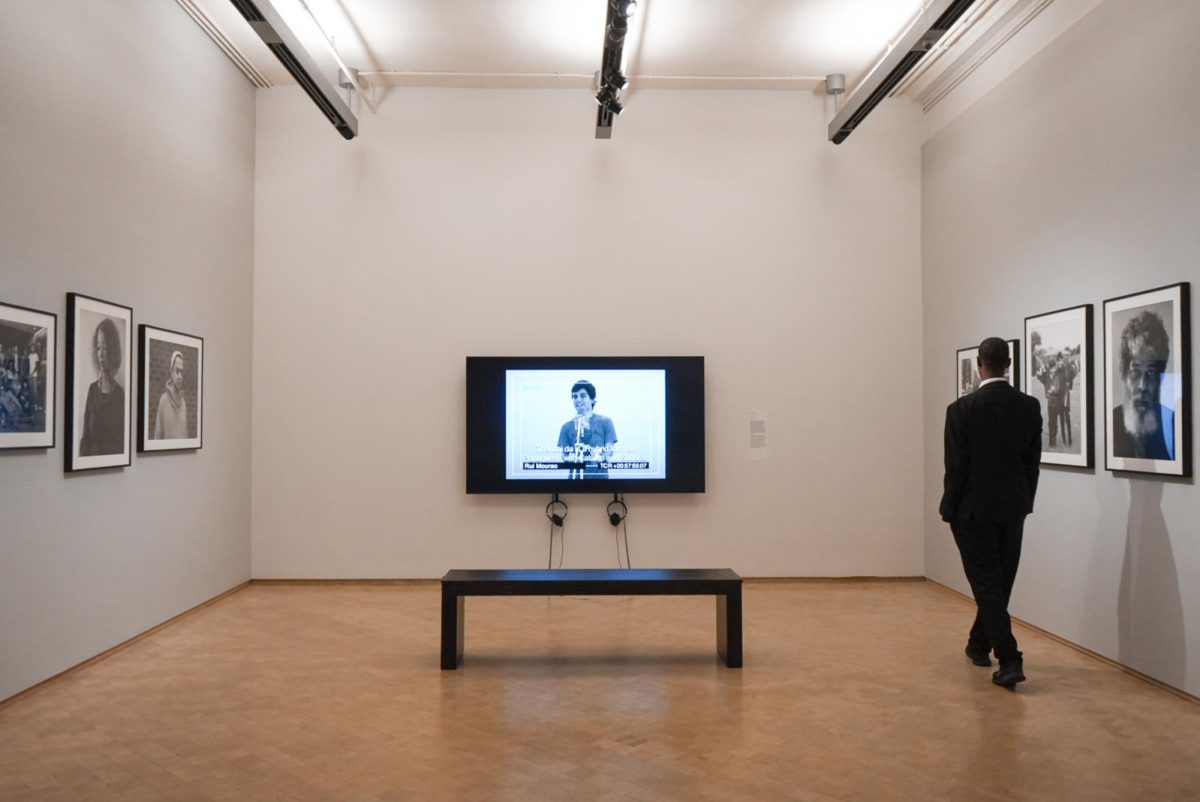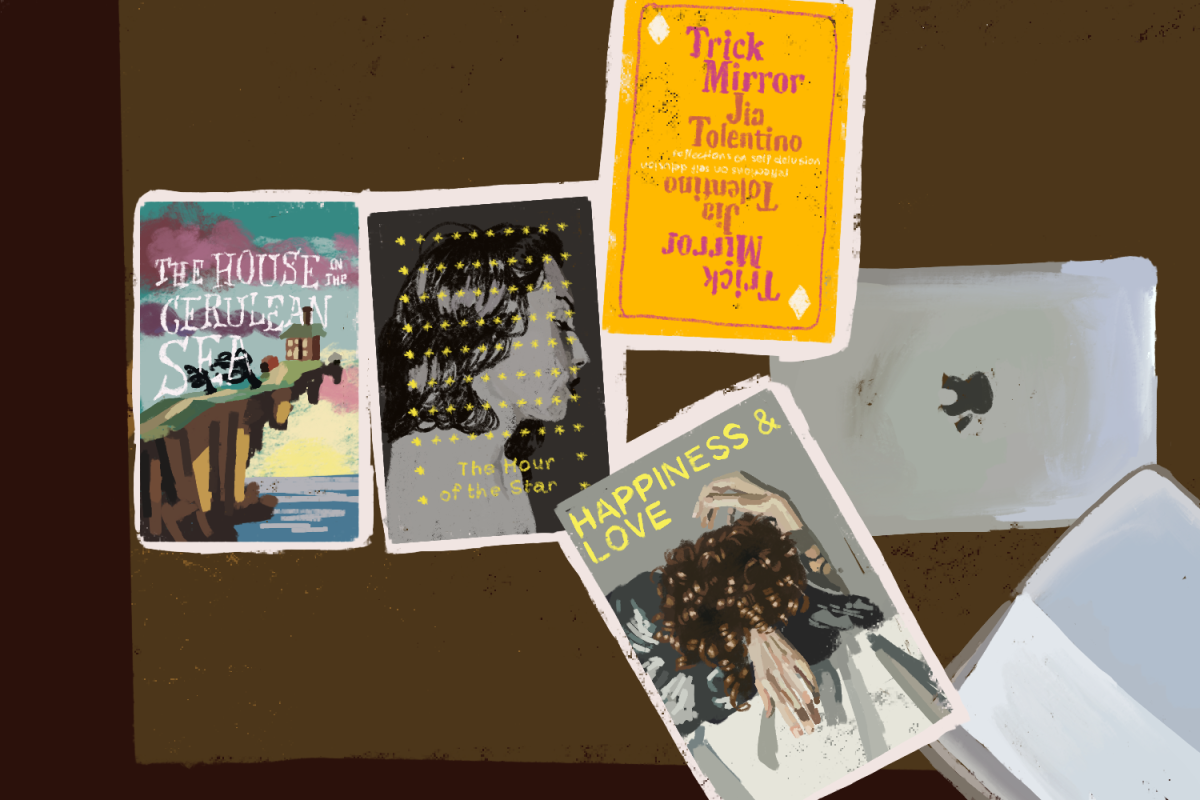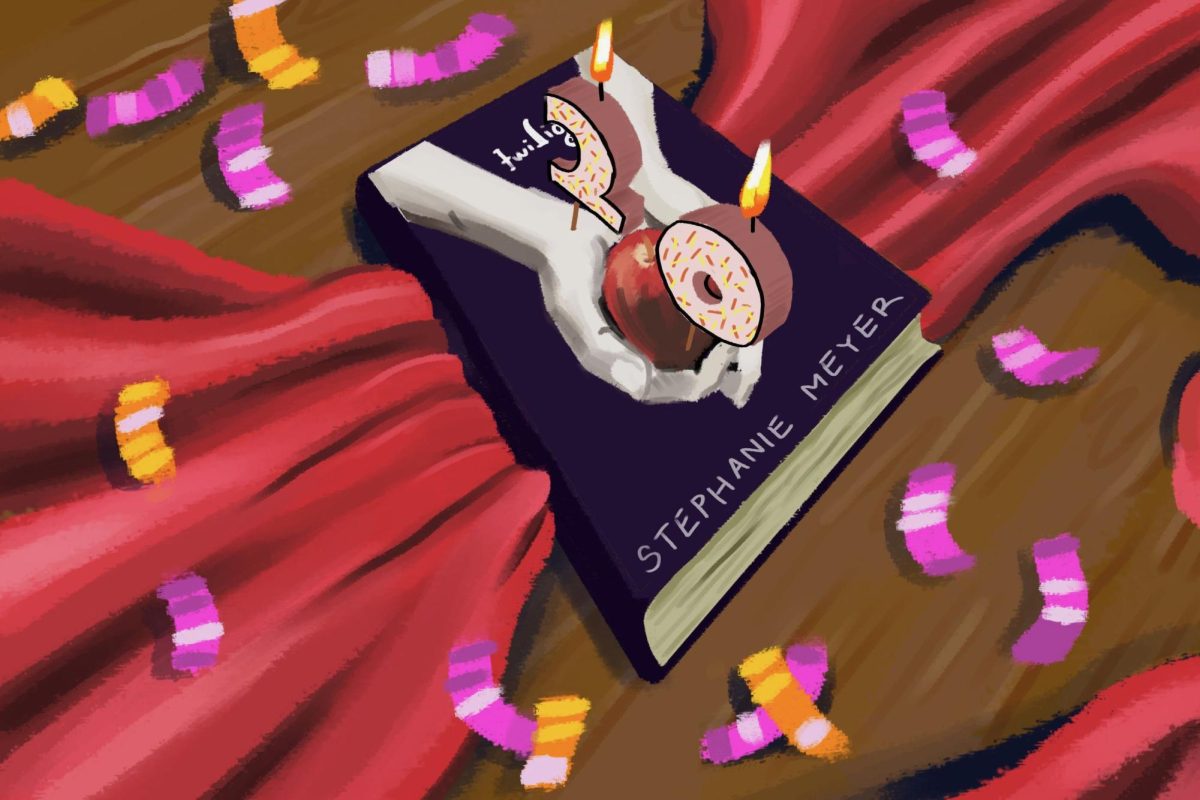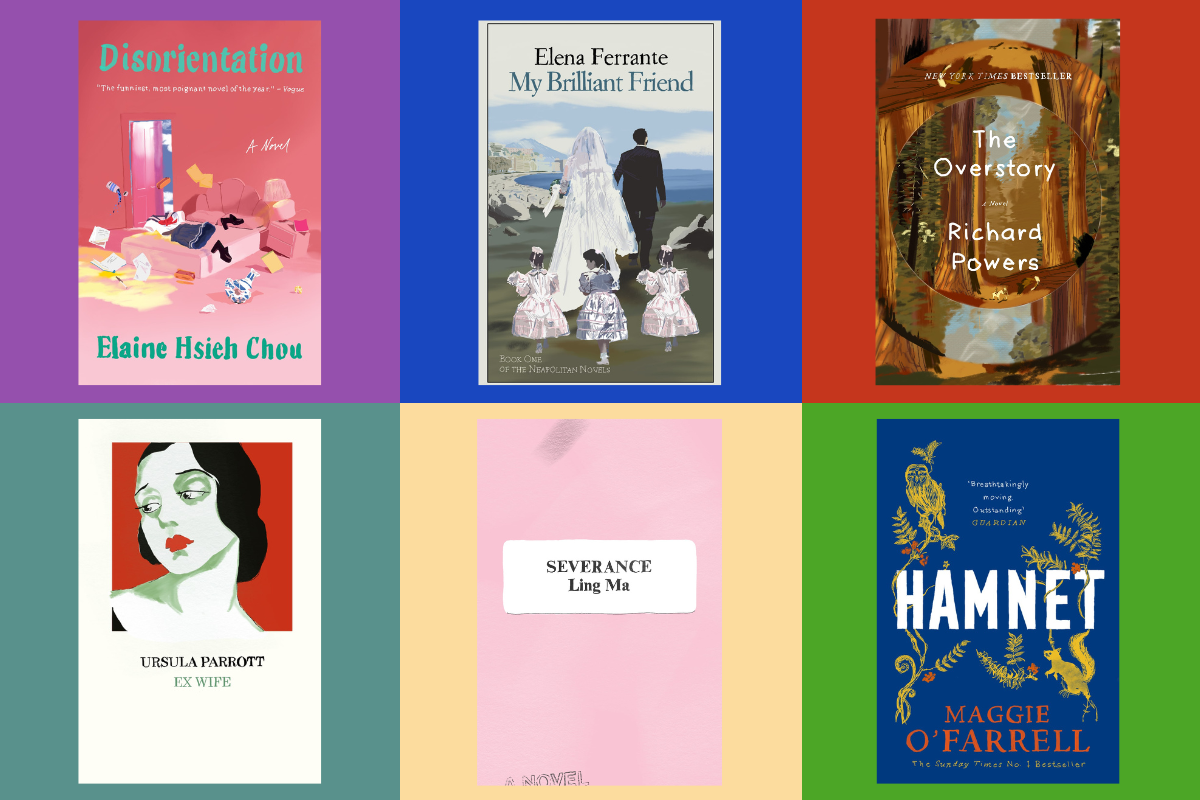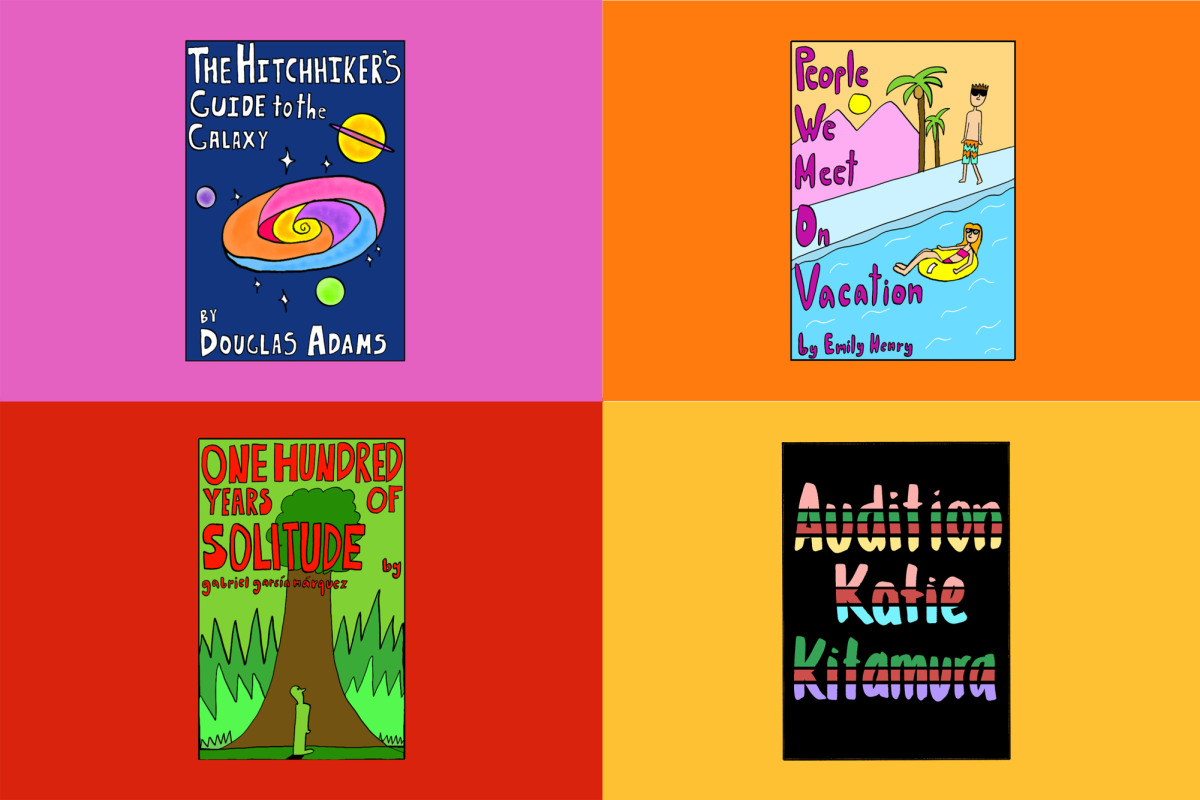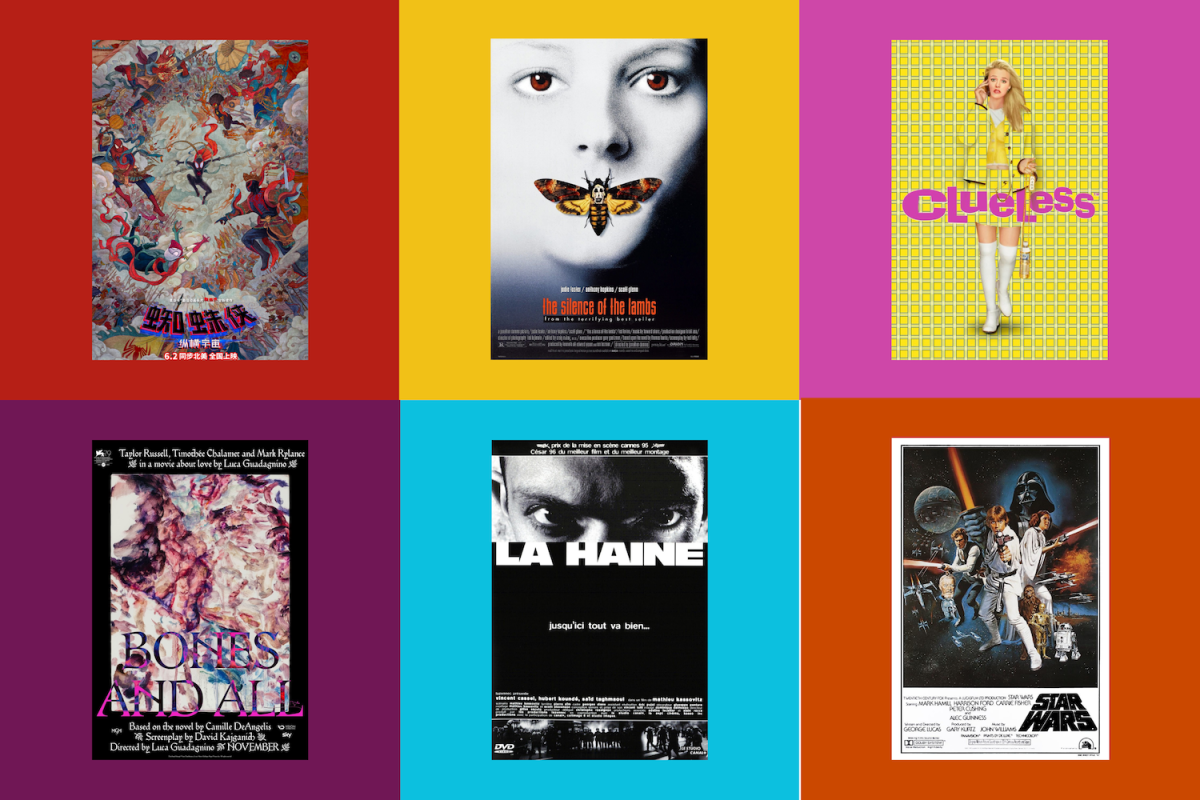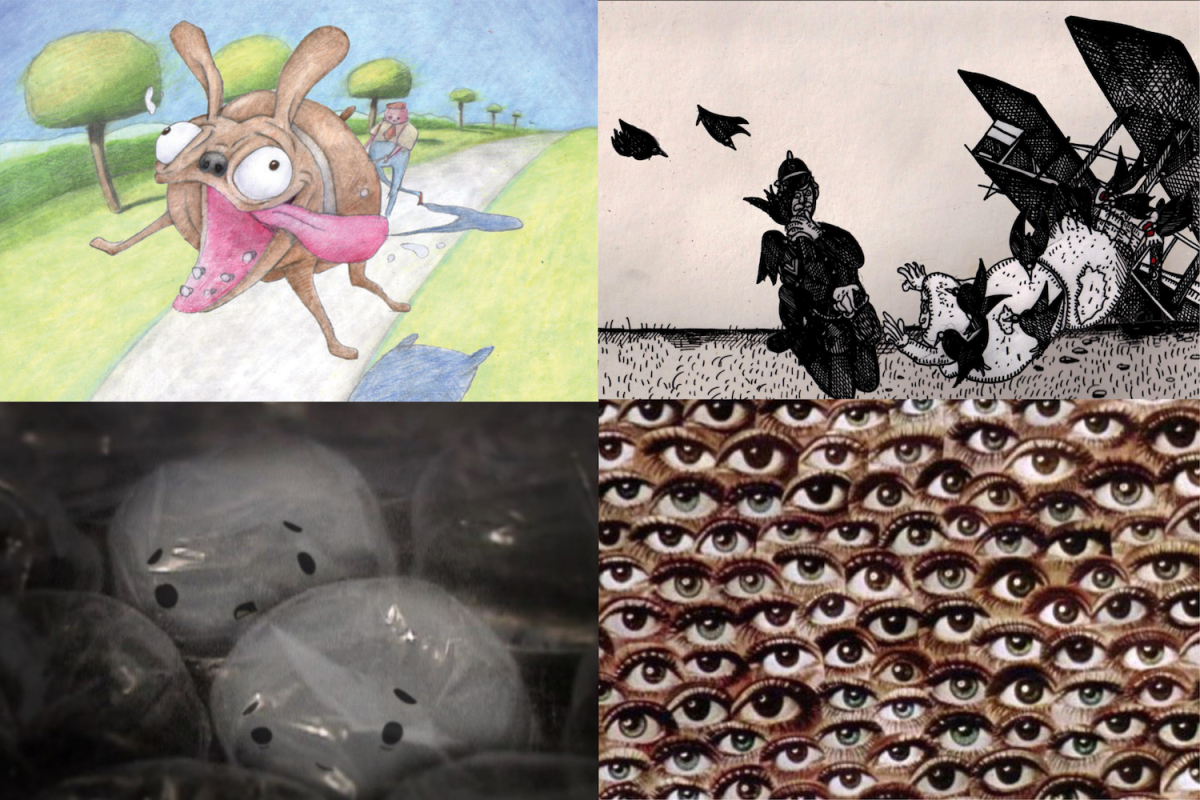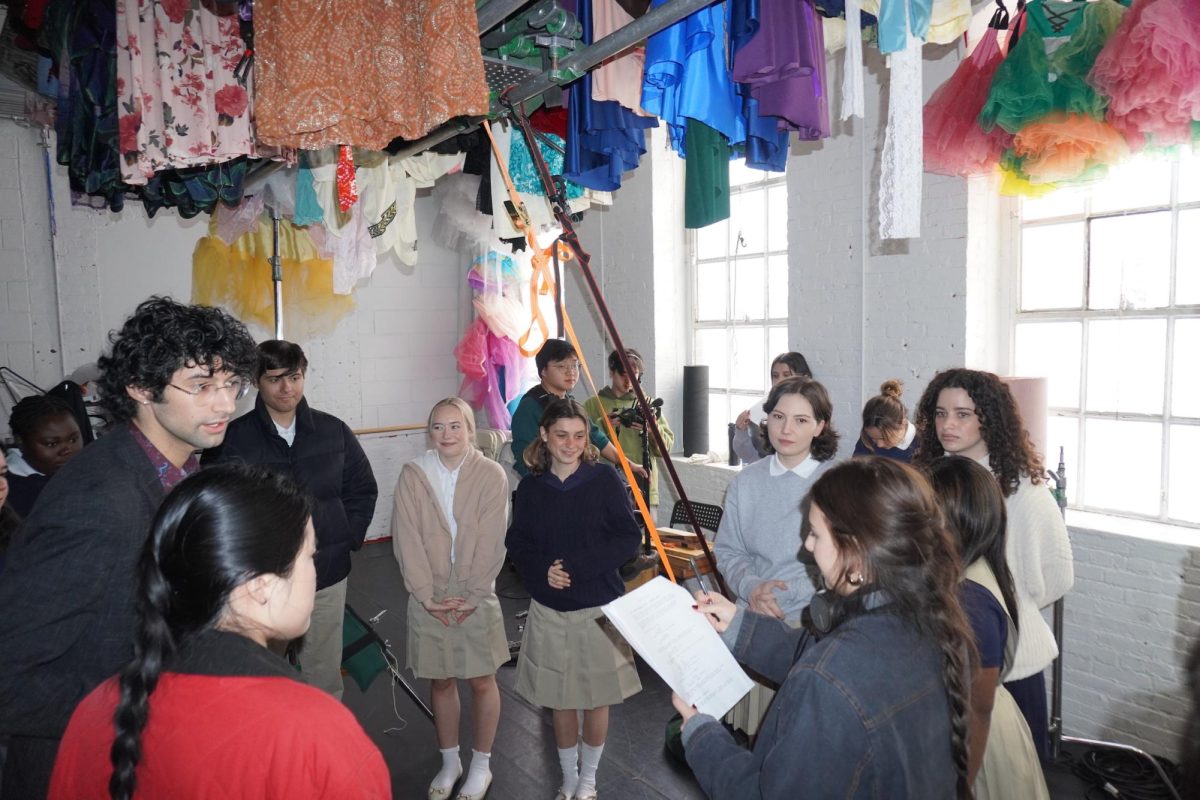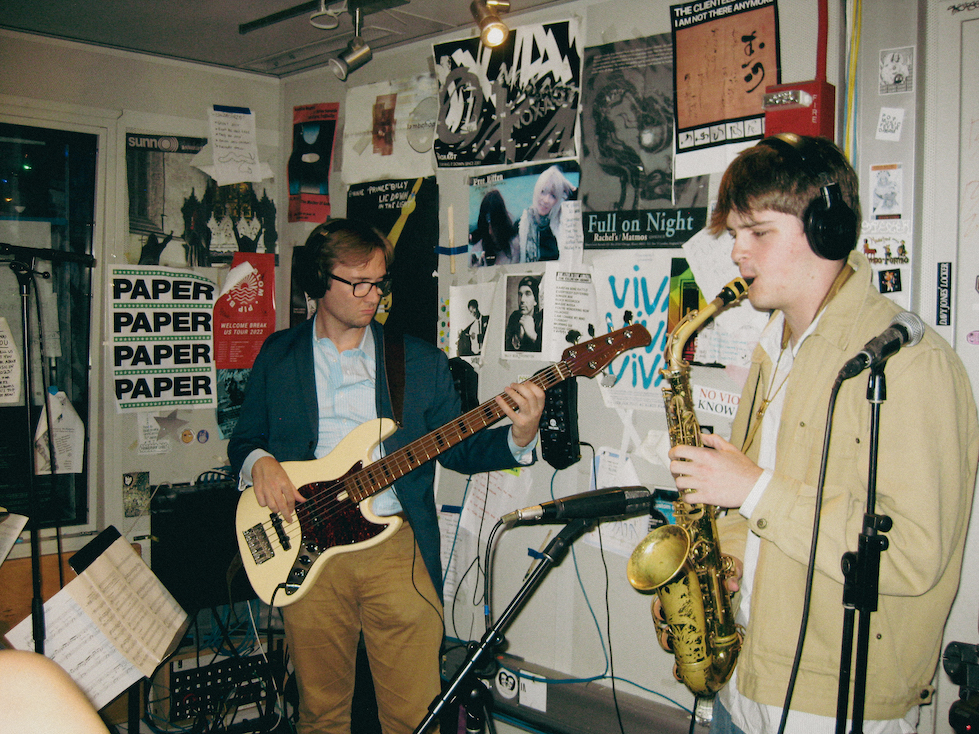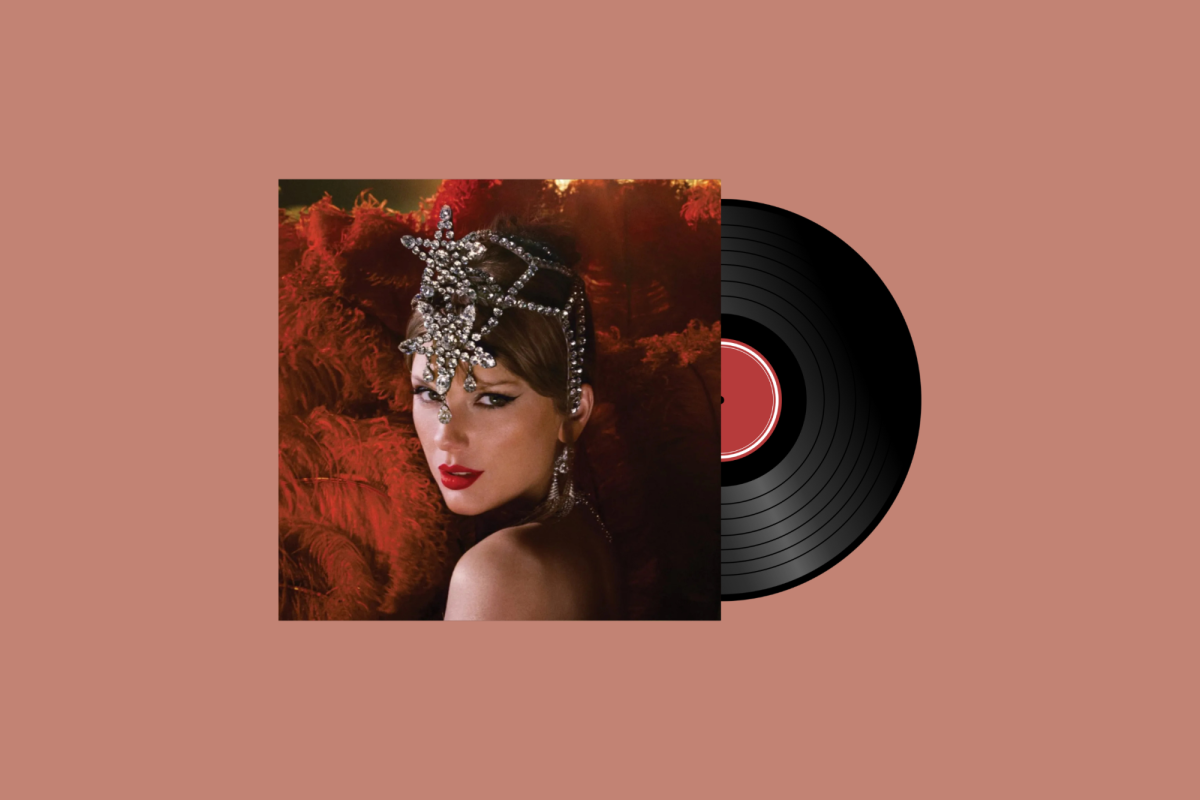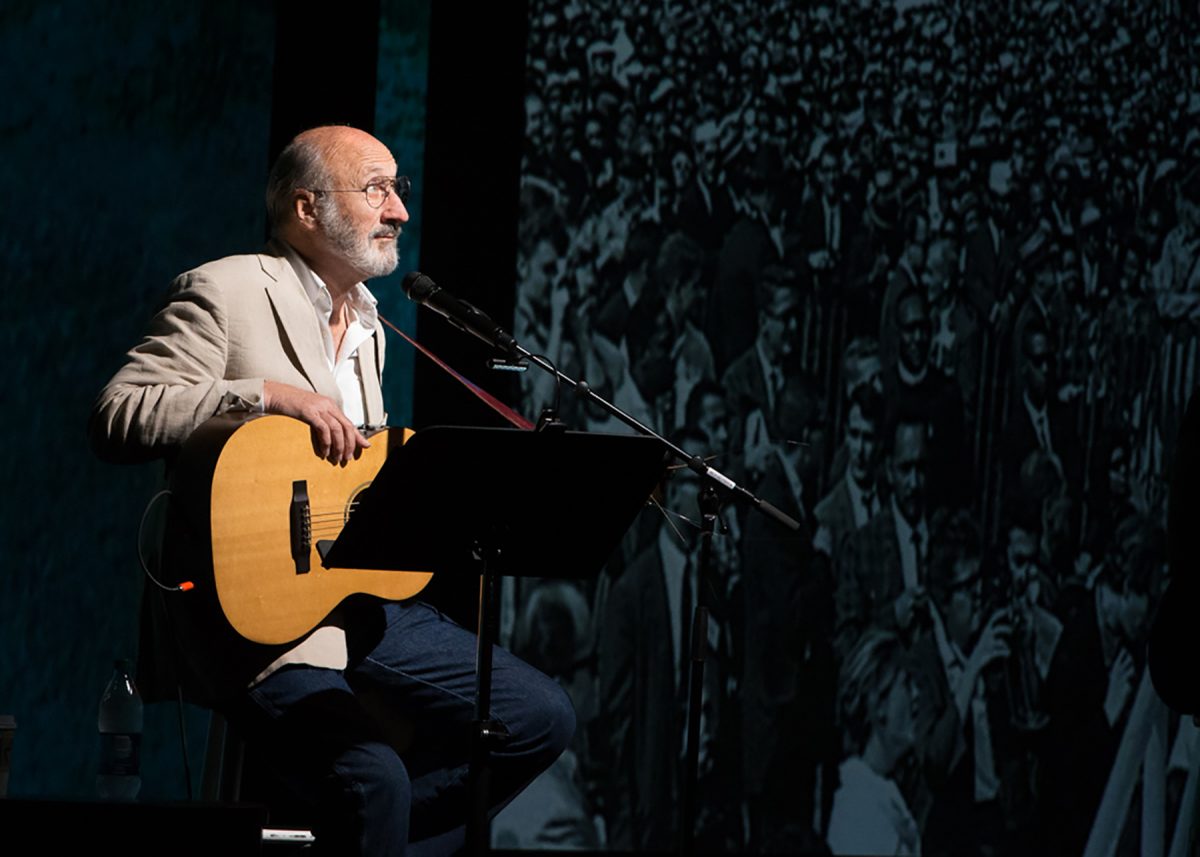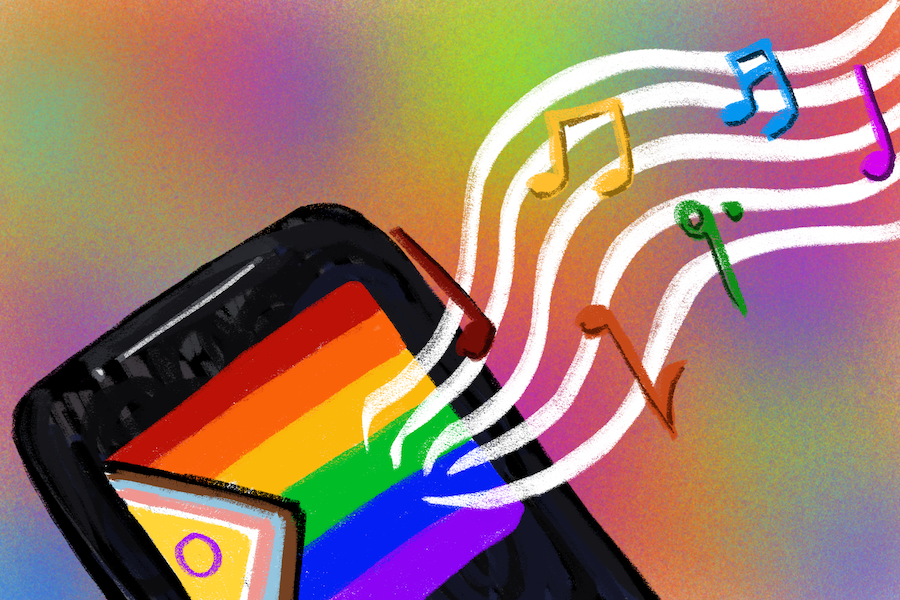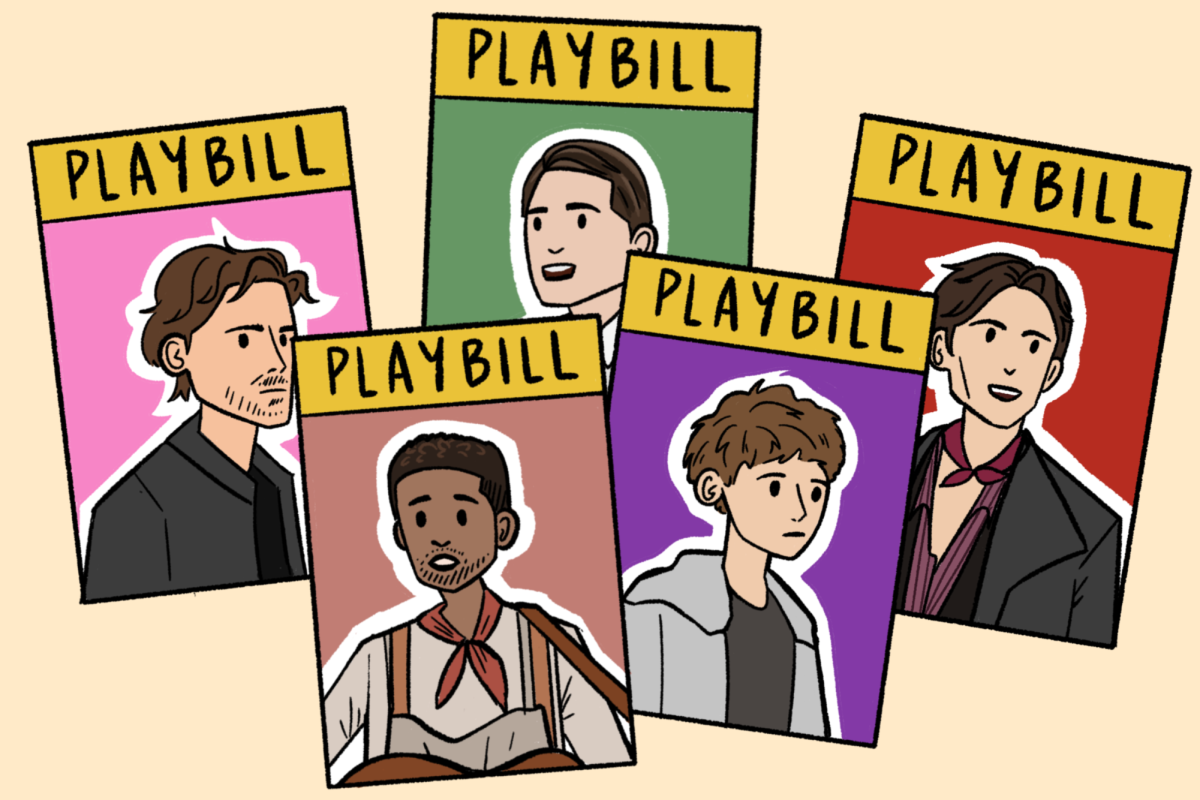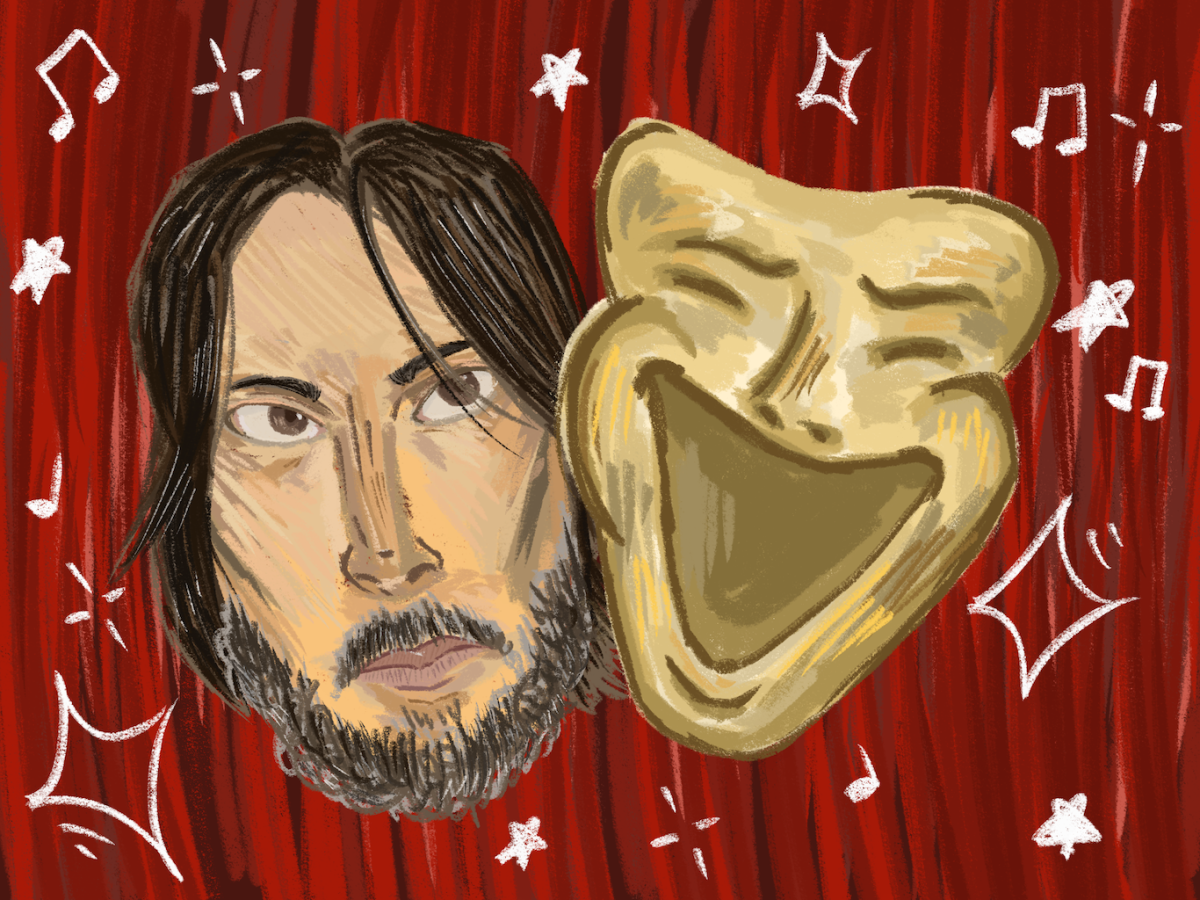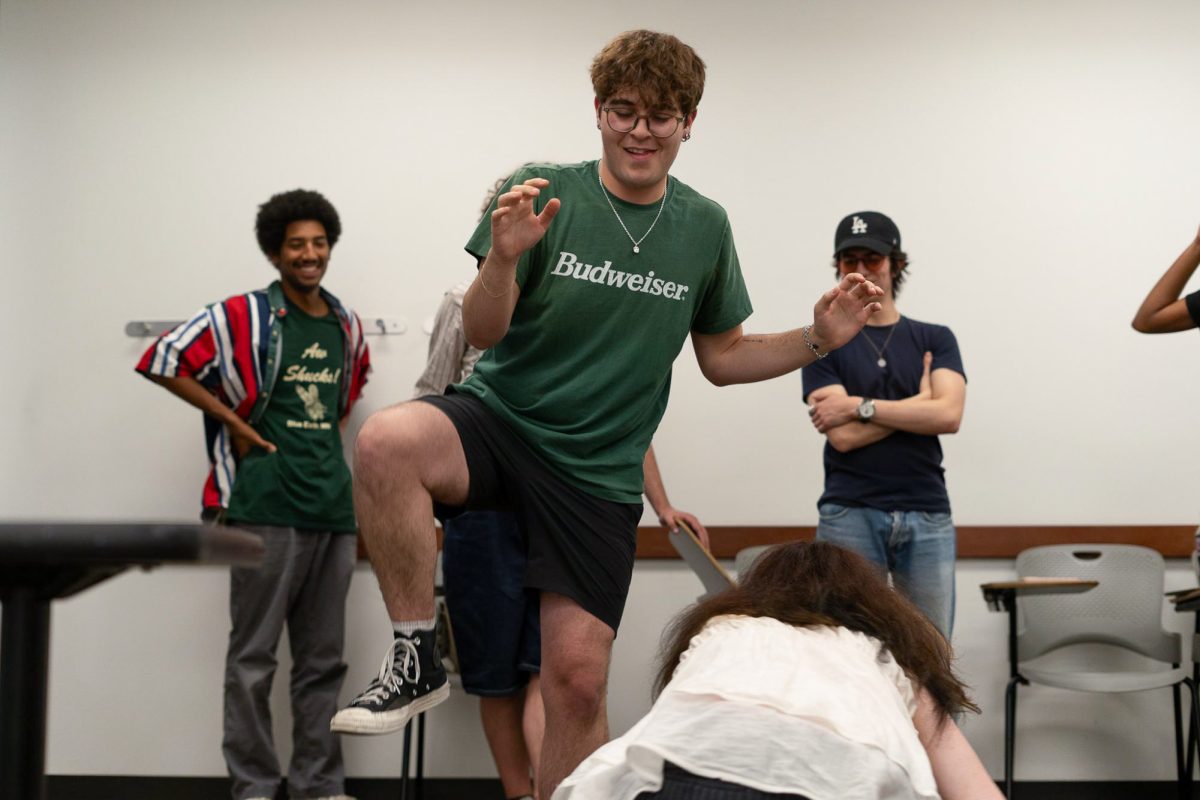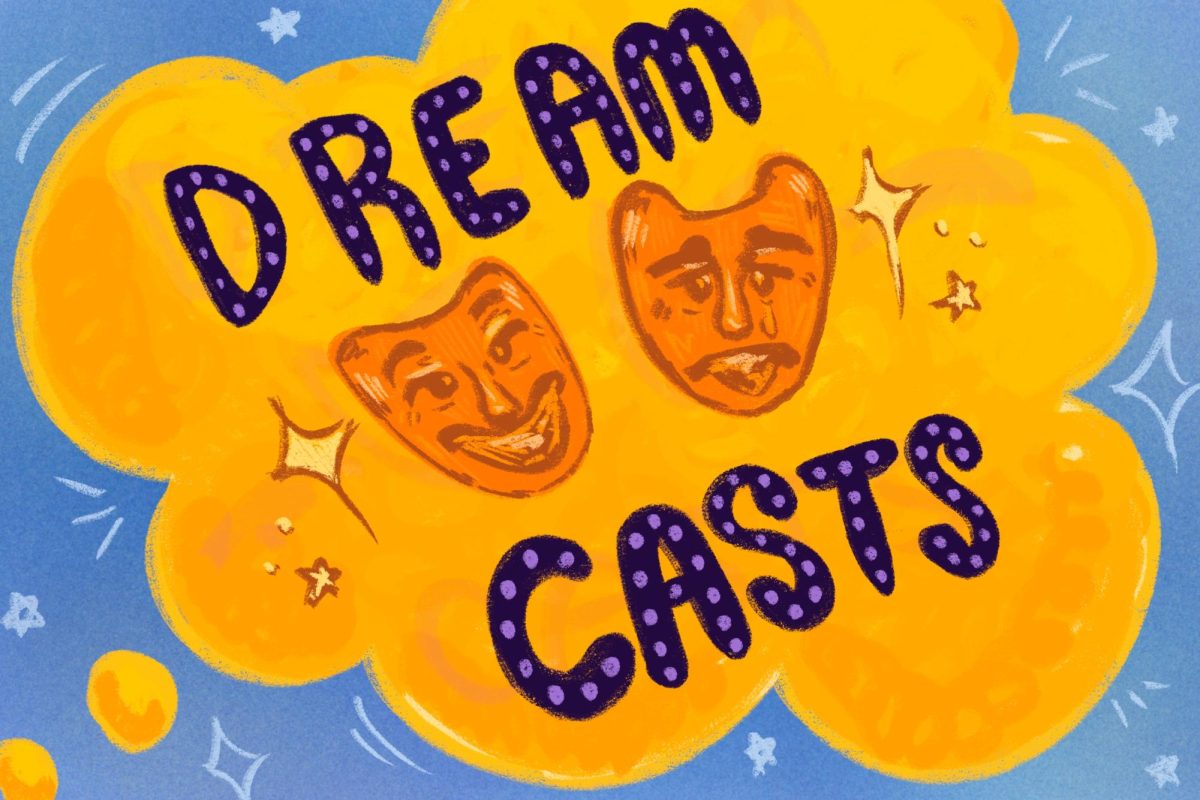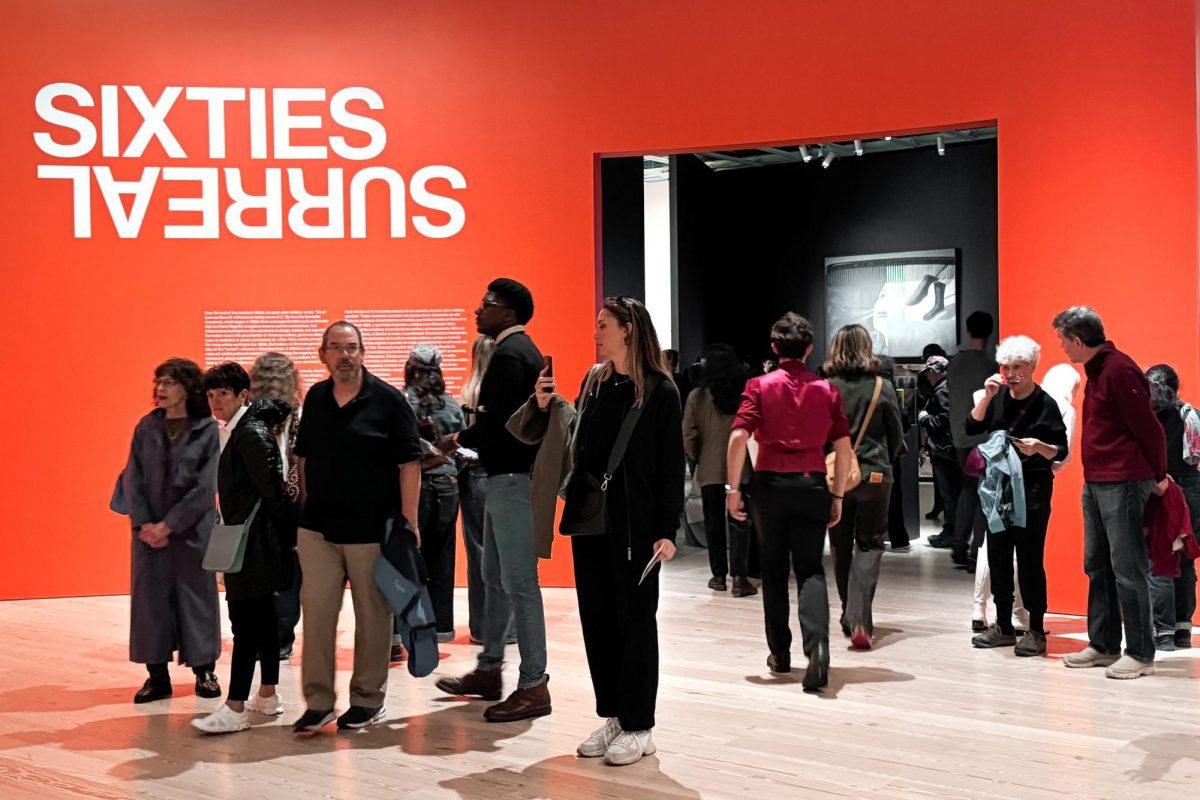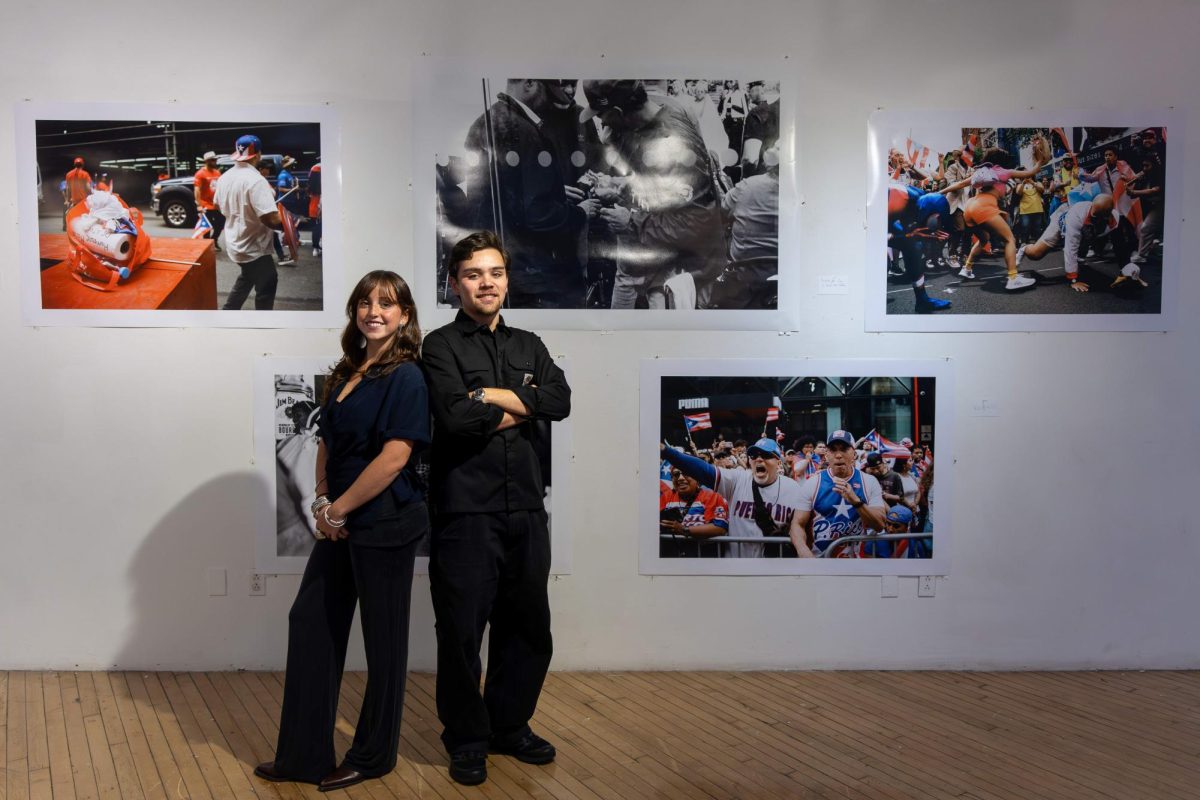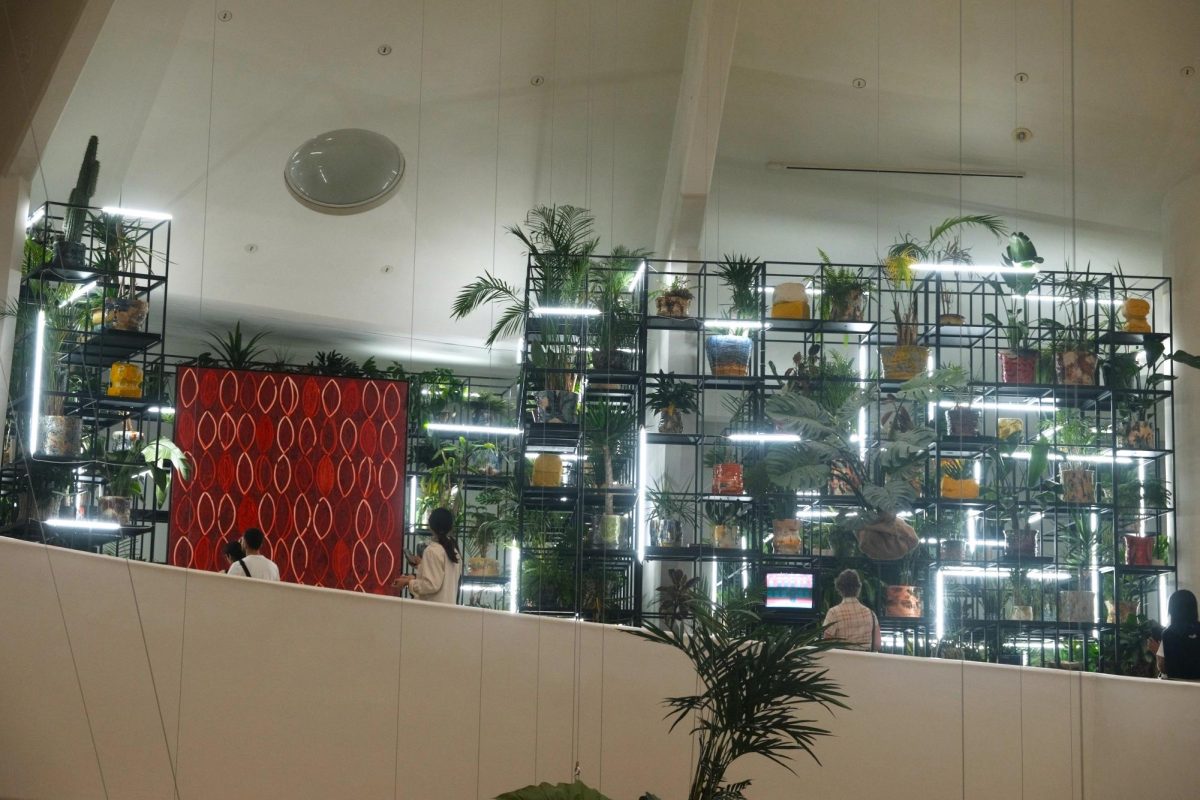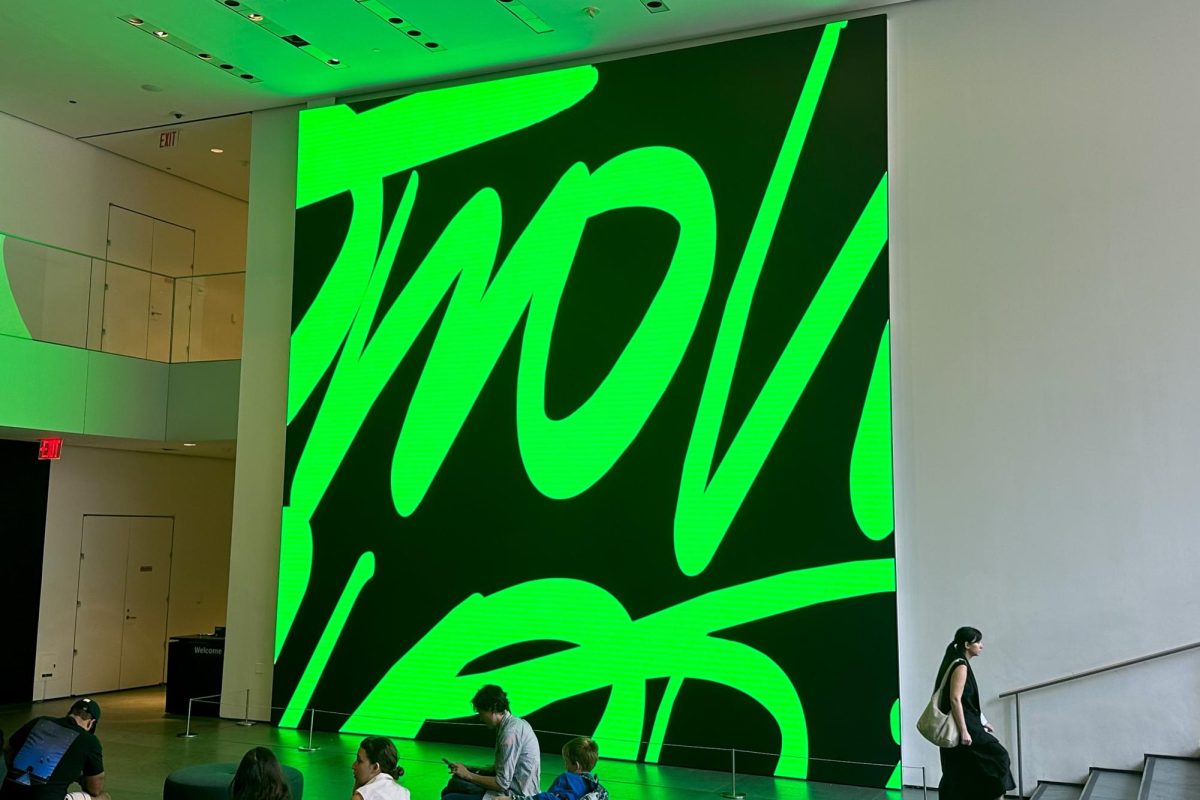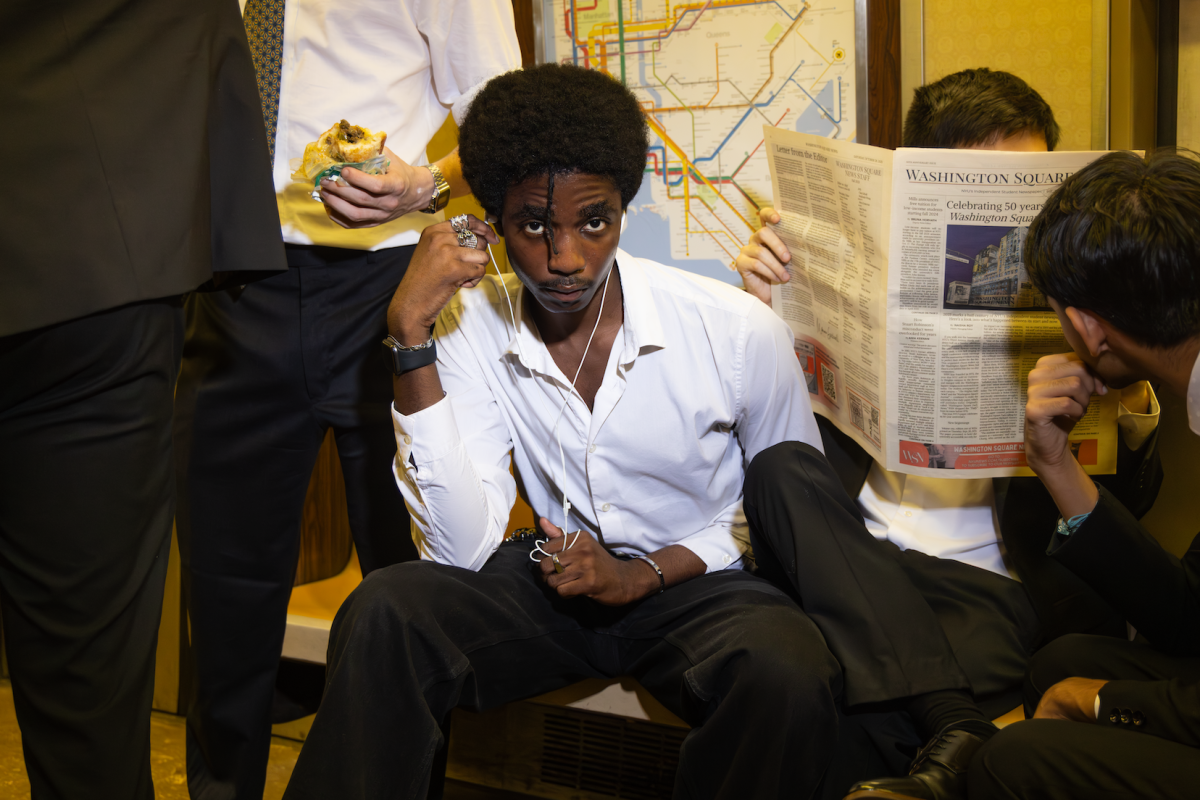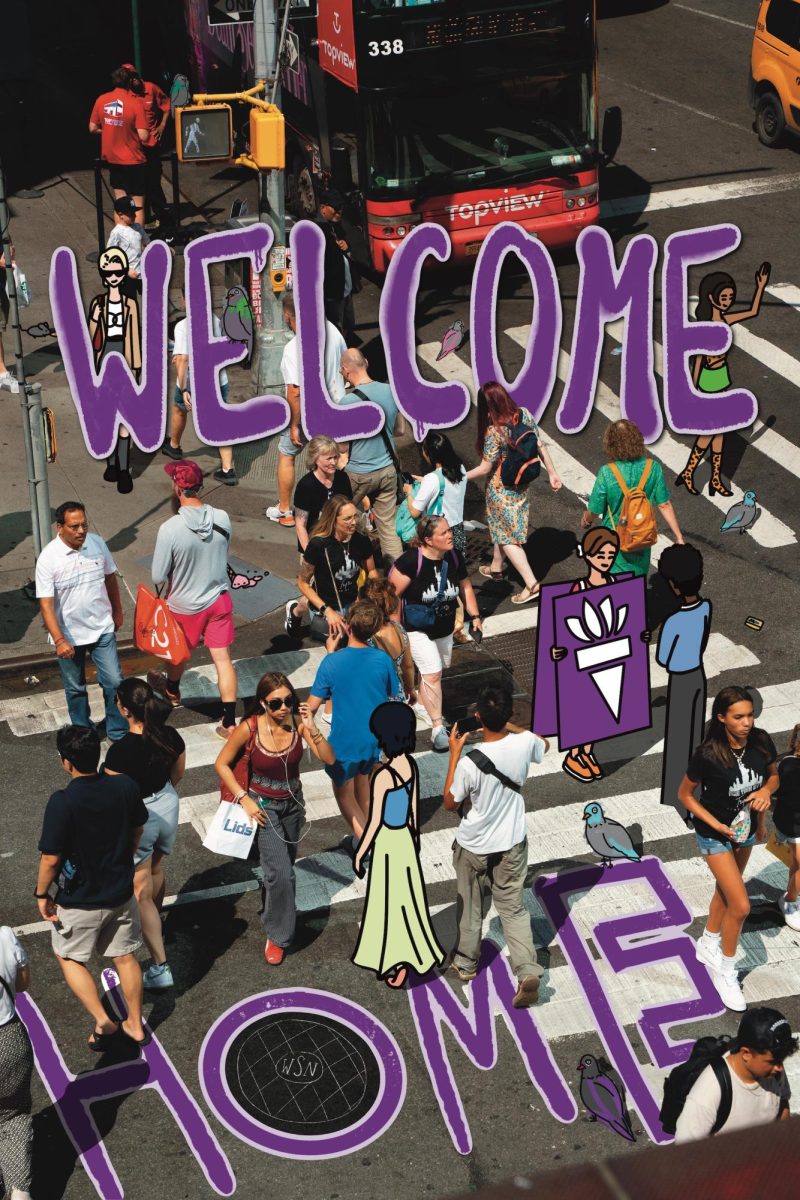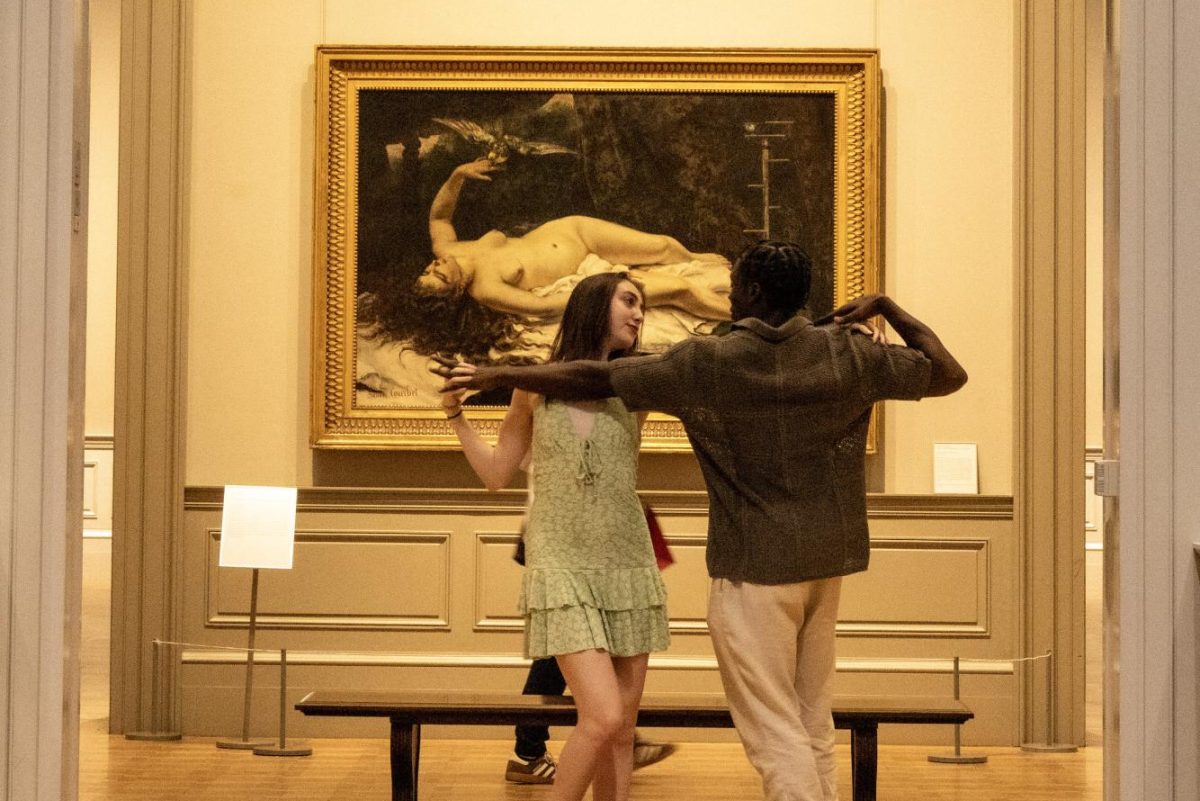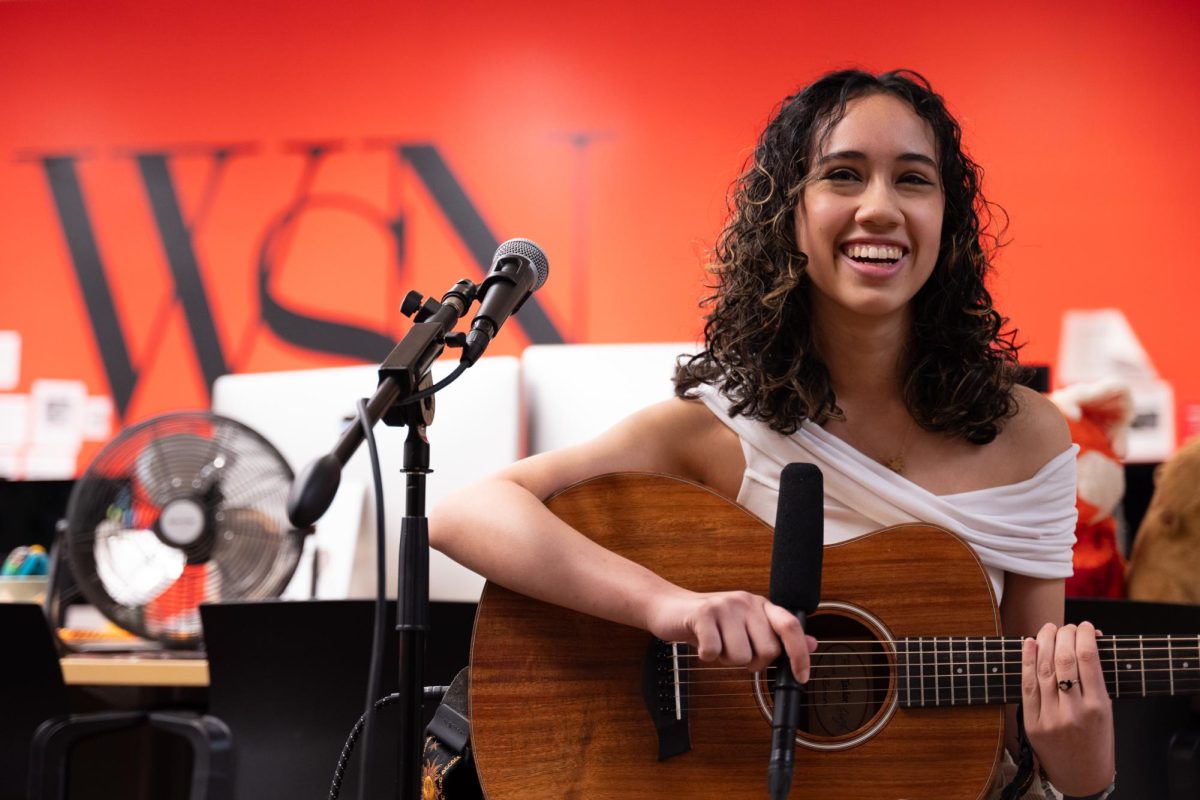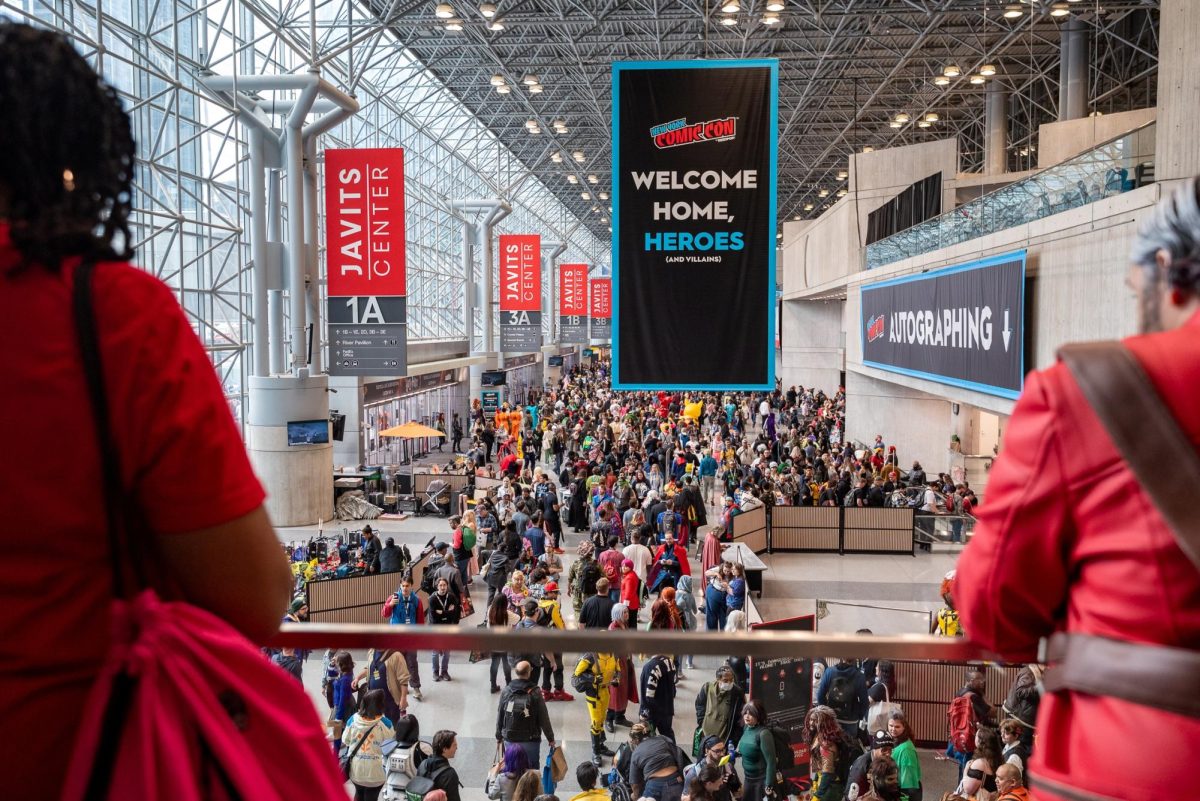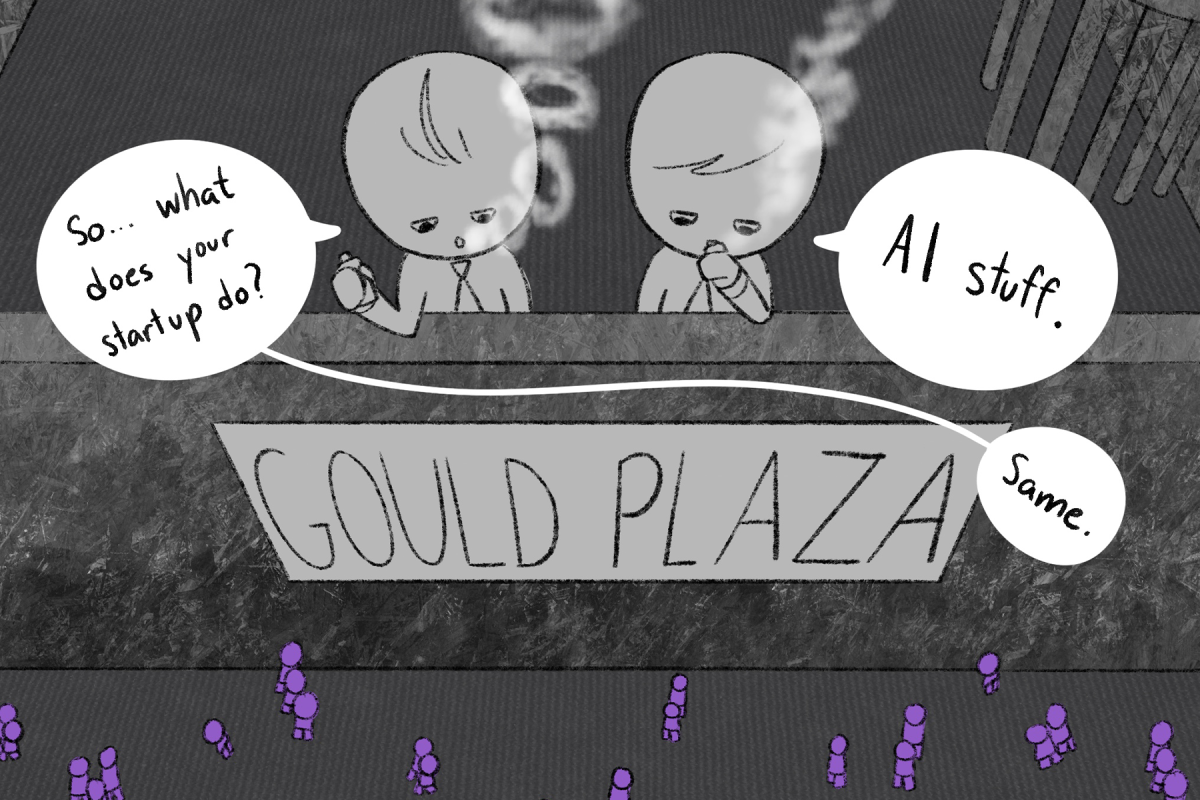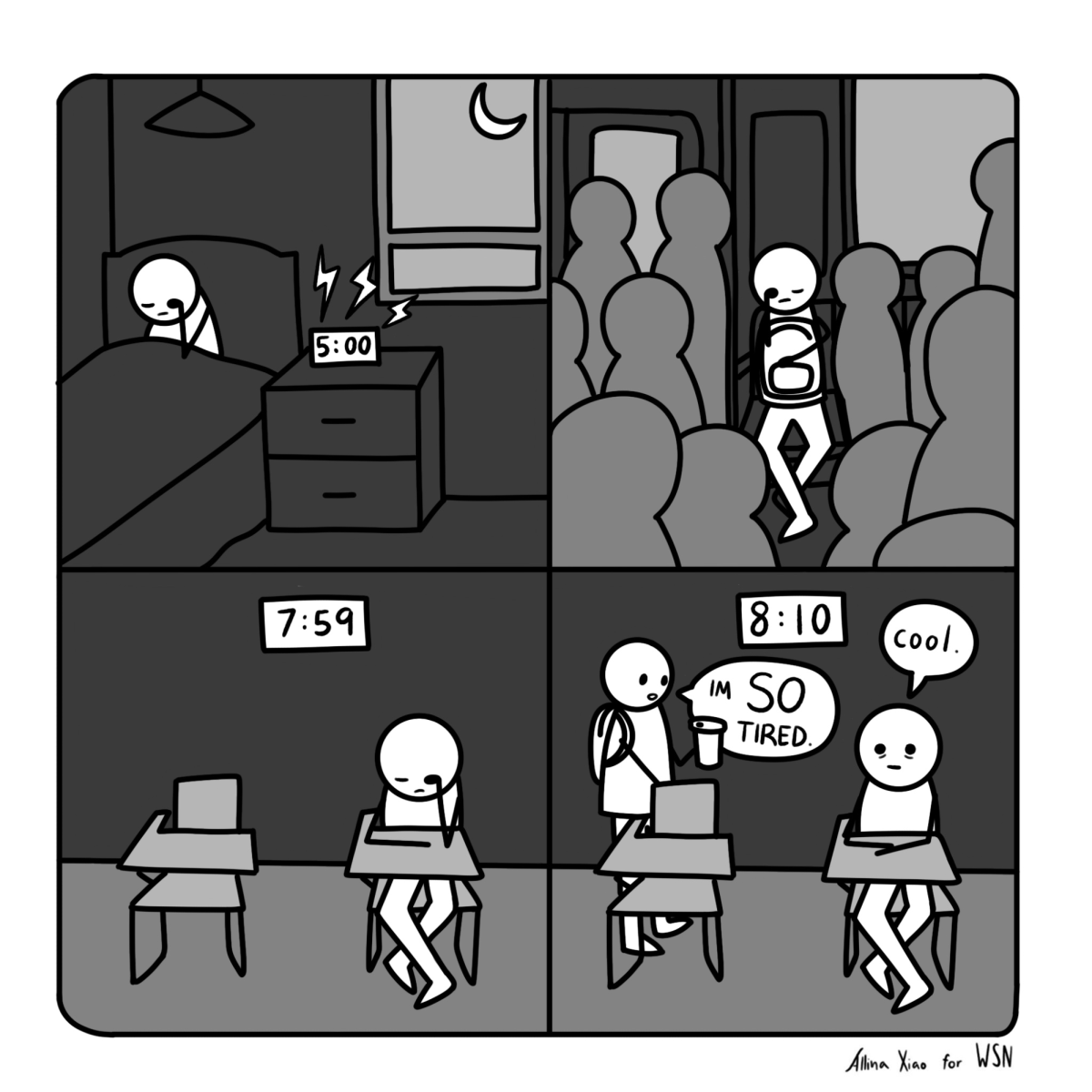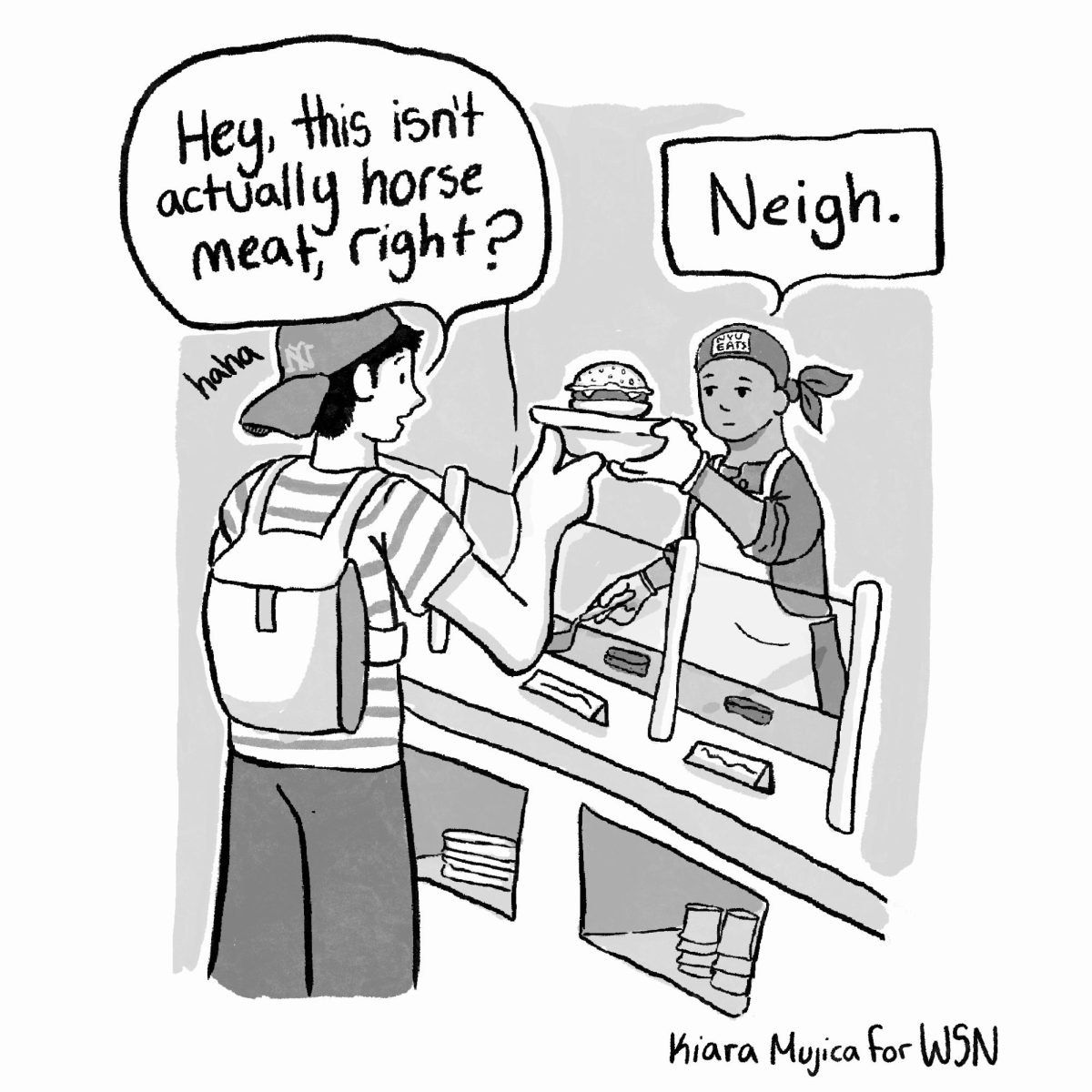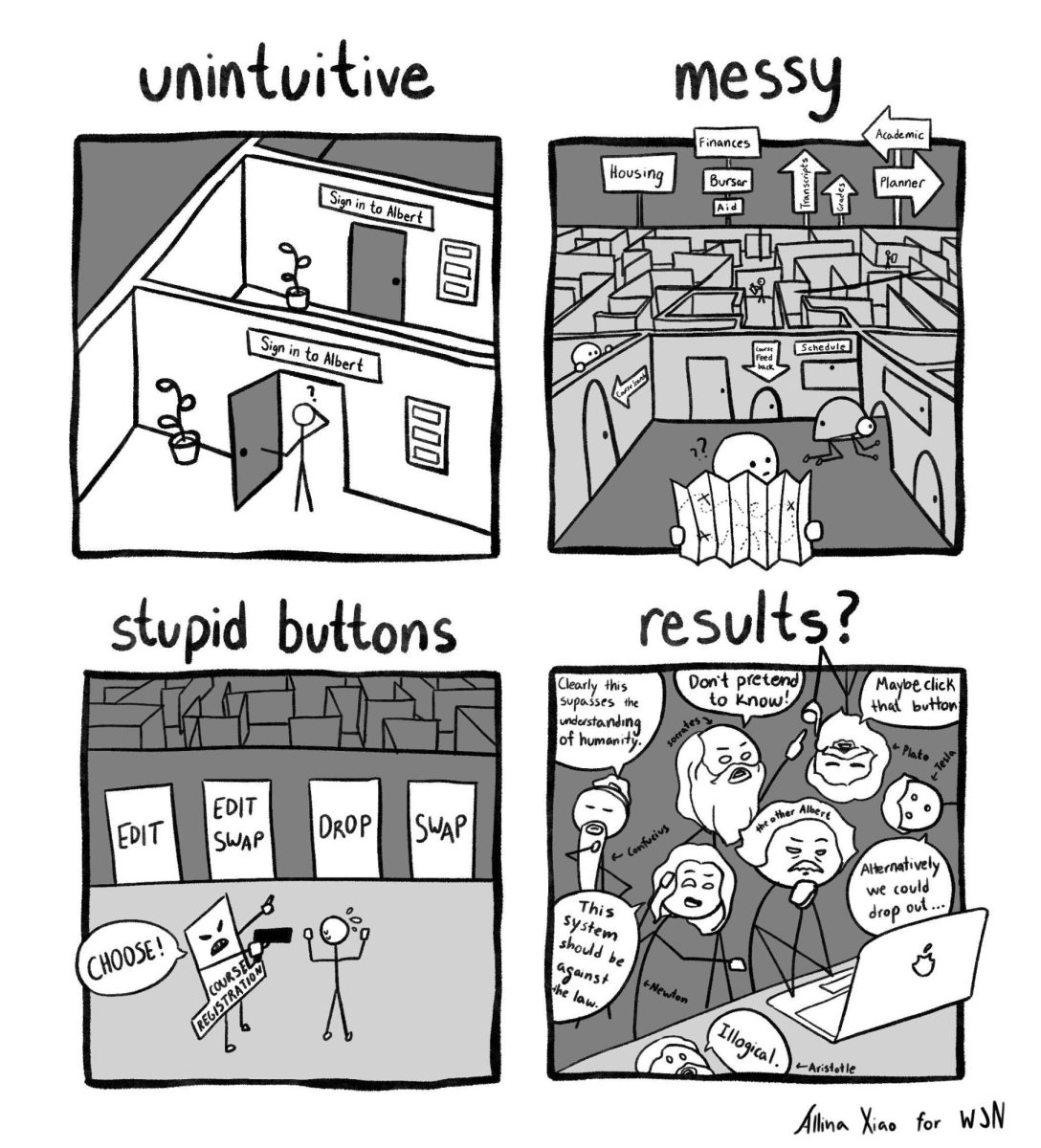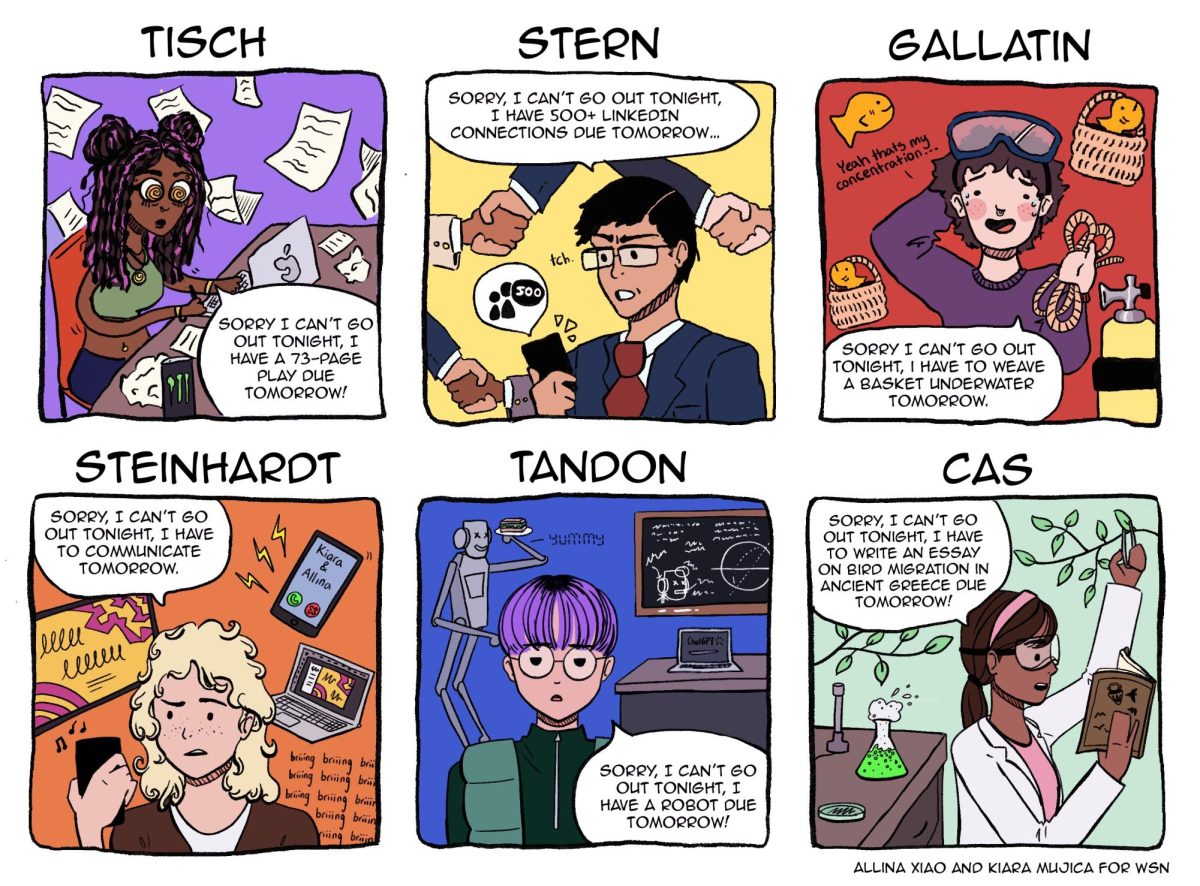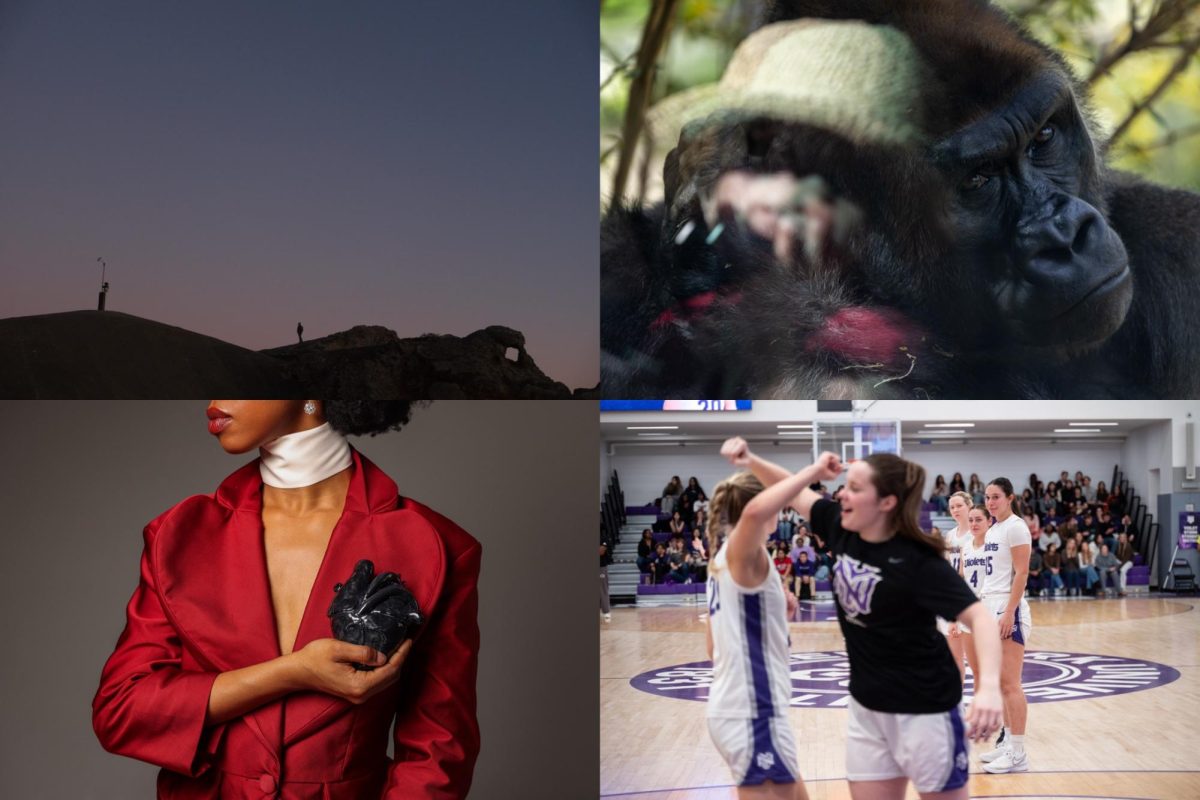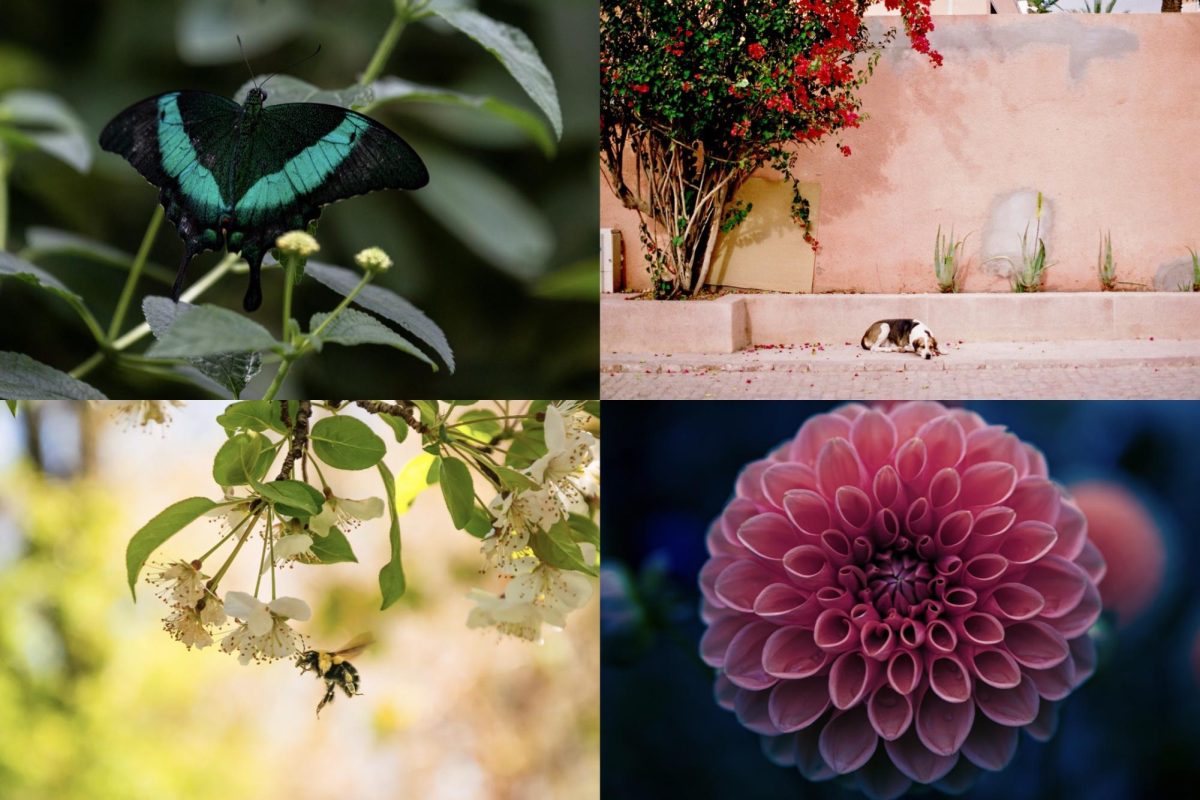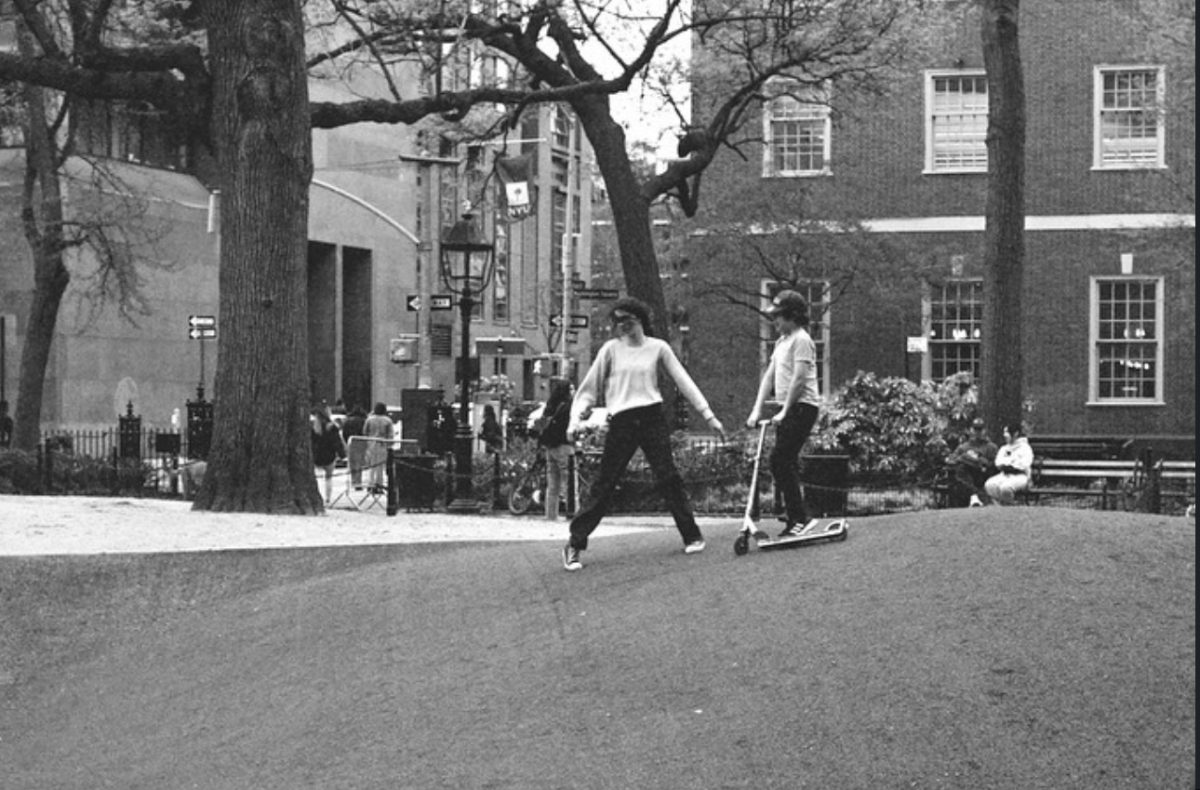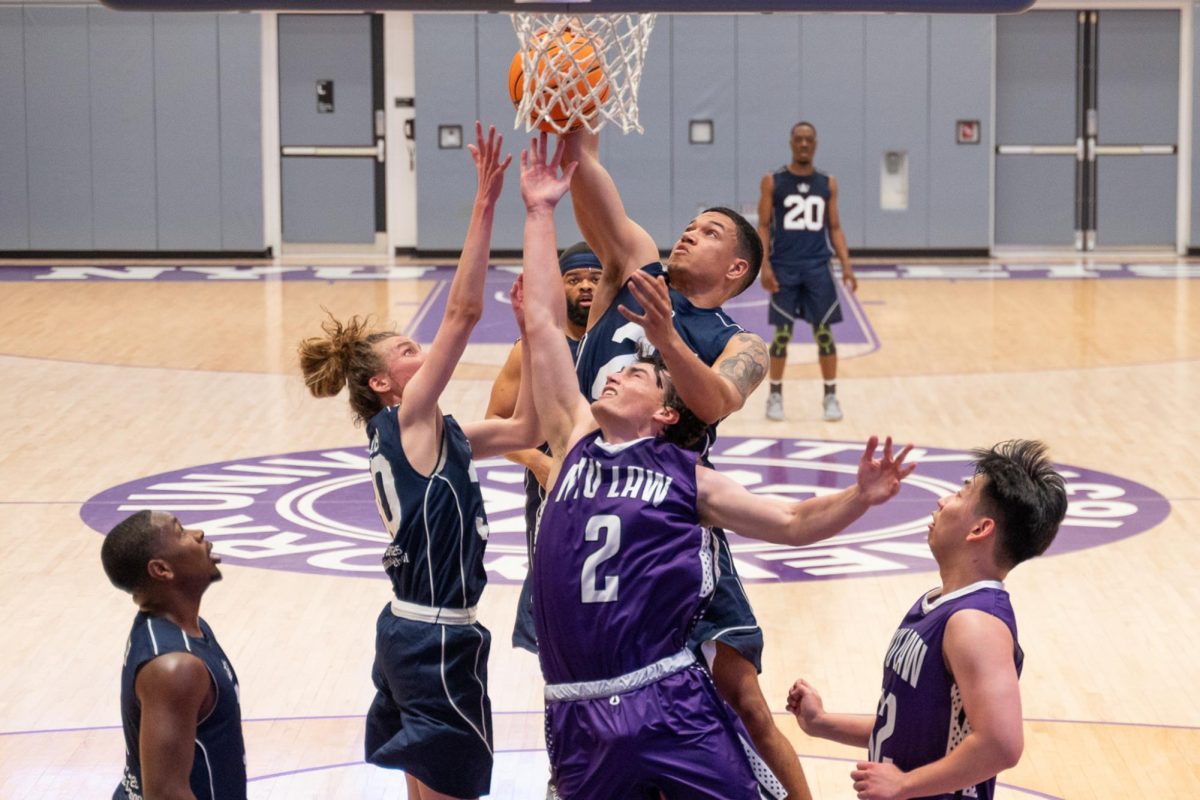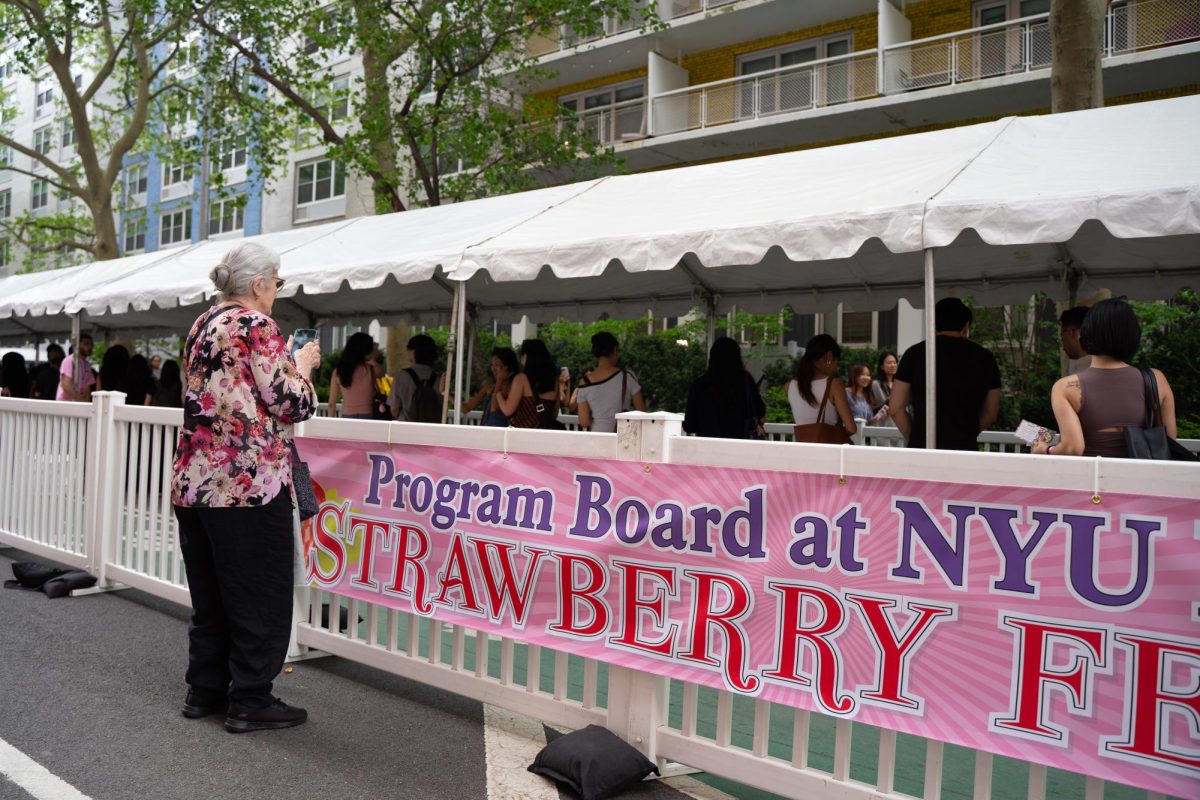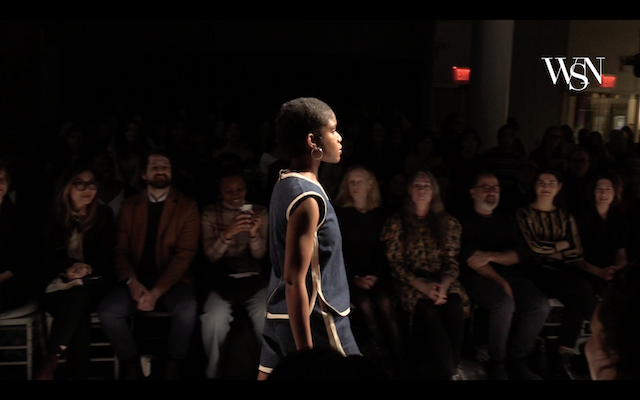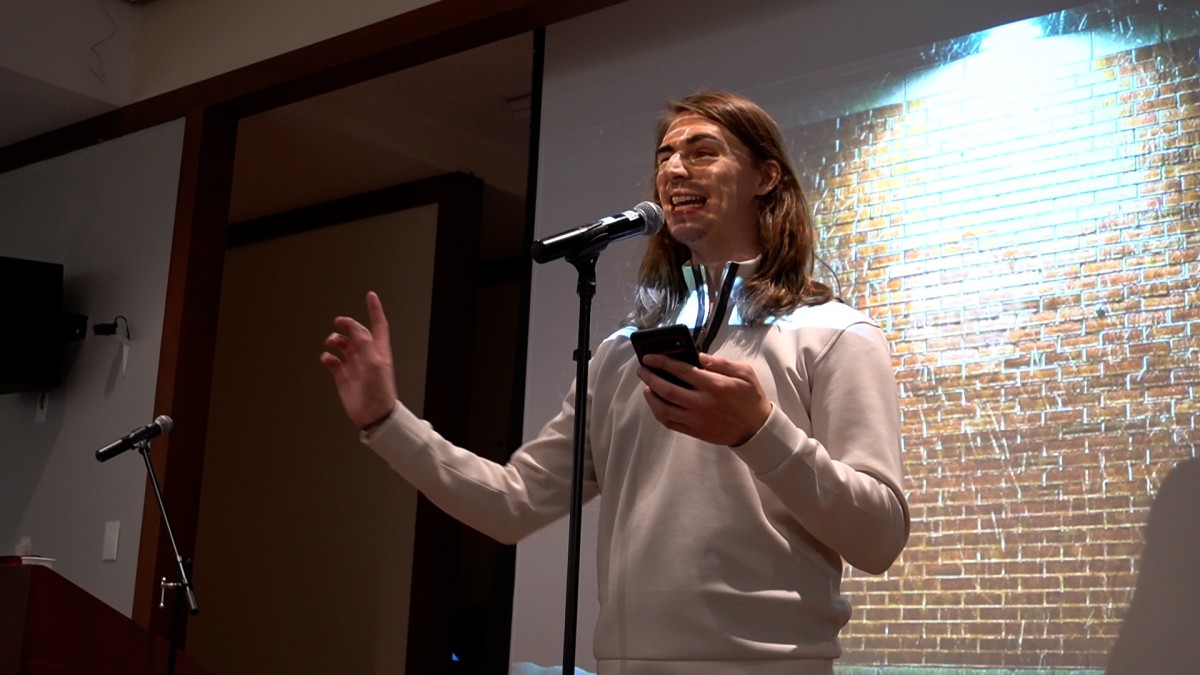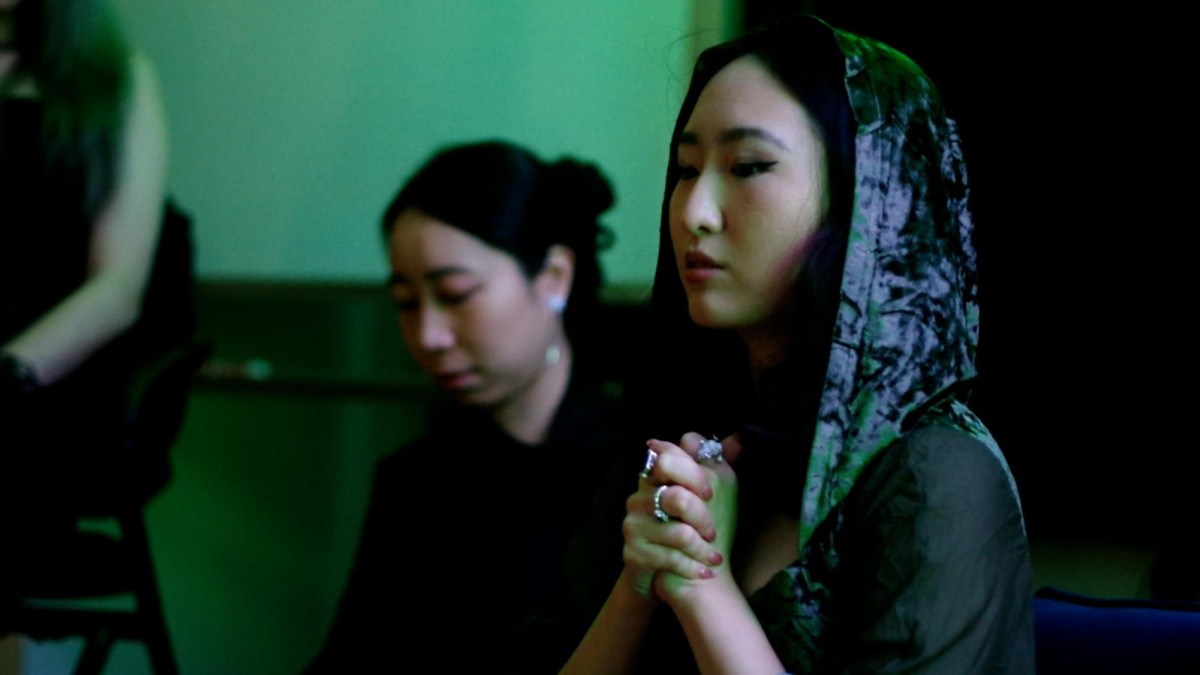I read “Bunny” by Mona Awad when I was in high school, longing for the days when I would get to go to college, like the preppy Warren University where her book is set. So, when “We Love You, Bunny” came out on Sept. 23, I eagerly bought myself a copy, excited to jump back into Awad’s fantastical and absurd realm of dark academia.
“We Love You, Bunny” functions as a sequel and a prequel to Awad’s novel “Bunny,” which centers on Samantha Heather Mackey’s experience in a creative writing masters program at a university in New England. The other four students in her MFA cohort are a clique of rich girls who call each other “Bunny.” As the semester goes on, Samantha is drawn into the Bunnies’ strange, magical and cultish world. Soon, she discovers a ritual where they transform live rabbits into men with their minds. Samantha eventually confronts the Bunnies about their violent ritual, but the novel’s ending turns ambiguous as Samantha’s psychosis takes over and she makes peace with the Bunnies, initiating her into the group.
Awad’s sequel brings a new dimension to the original, reframing its narration through fresh perspectives. “We Love You, Bunny,” picks up the story with Samantha on tour for her first published book, which is about her time as a student with the Bunnies — Coraline, Kyra, Viktoria and Elsinore. Angered by Samantha’s description of them, the cultish clique kidnaps her to take control of their narratives.
After only getting Samantha’s perspective in the first book, it’s exciting that each Bunny gets their own chapter in the novel’s first sections, explaining their first weeks at Warren and how they discovered their shared power. The group initially met at the MFA welcome week party, inexplicably drawn towards each other’s energies. They bonded over their shared hatred of their professor, Allan, who harshly criticized Coraline’s writing.
In the rose garden after class, Coraline describes his critique as an “assault” and that she was “violated,” leaving her with a creative wound. Kyra, who can’t help but be controlled by her empathy towards Coraline, offers to kill their professor. Meanwhile, Viktoria encourages the group to indulge in their devilish desires. In the midst of their distress, the Bunnies spot a white rabbit in the garden and decide to take it back to Kyra’s attic. In a haze of rage and creativity, the group members discover their shared ability to transform rabbits into men, naming their first creation Aerius.
From the beginning, Awad confronts the reader’s probable biases against the Bunnies, given that the first novel only tells Samantha’s story. Whereas she described feeling purposefully left out from the clique, the Bunnies explained that “We could not say hello to you or even smile at you because you were hiding in your hair.” Not only do the Bunnies confront Samantha’s book, but they also interrupt and subjugate each other’s sides of the story. When Kyra takes over after Coraline’s chapters, she comments that Coraline was “a little bit of fucking liar.” These fractured truths leave it unclear if the Bunnies’ accounts are fiction or non-fiction, proving Awad’s ability to write not just one, but multiple compelling narratives that play with the reader’s understanding of reality. This makes the reading experience even more immersive, as the reader’s understanding of the novel is just as slanted as the characters’ memories.
After the Bunnies made Aerius, they edited their creation by presenting him with books, music and films. However, their effort to educate him fails and he escapes. At this point in the story, the narration is taken over by Aerius. When he escapes, Aerius is driven by the anger with which he was created — the desire to kill professor Allan. However, his half-human-half-bunny brain lacks the logic to accurately complete his mission, and he ends up accidentally killing other students along the way.
In Aerius’ chapters, Awad demonstrates her literary range by personifying a bunny-human hybrid. Aerius’ ungrammatical sentences and meandering thoughts contrast the motivated and pointed writing of the Bunnies. In the opening of Aerius’ section he writes, “There is so much I have longed to share with you (for there have been many Happenings), but I could not I’m afraid I’ve not had much Solitude of late, my Mindscape has not been my own.” Awad pushes writing conventions even farther, inserting smiling and frowning faces within his sentences. The combination of Aerius’ violence and these amusing child-like emoticons keep the reader constantly unsettled while taking in this surreal realm.
Awad allows imagination and reality to co-exist through the narratives that each character presents. As the Bunnies’ writing creations materialize into flesh and blood, these boundaries blur even further. Awad showcases her ability to indulge each character’s side of the story without revealing what objectively happened during the cohort’s first year. By opening even more perspectives than its predecessor, “We Love You, Bunny” immerses the reader into Awad’s all-consuming world, forcing them to decide who truly owns the narrative.
Contact Siobhán Minerva at [email protected].

